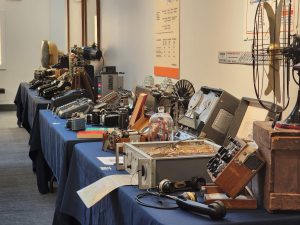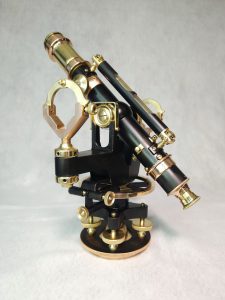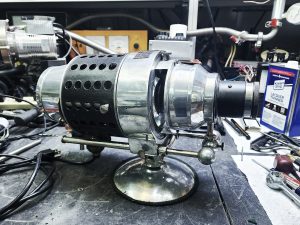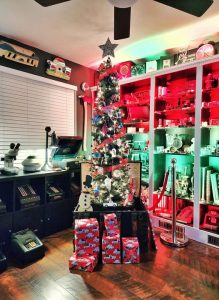This scale/balance was found on the floor of a back room, forgotten to the ages! It had broken glass, and bent needles, and tons of scratches and was stiff to move. Through lots of slow meticulous work I was able to repair all the problems, the finish, and the needles, and even get it calibrated!
Here is what it looked like when I first picked it up.
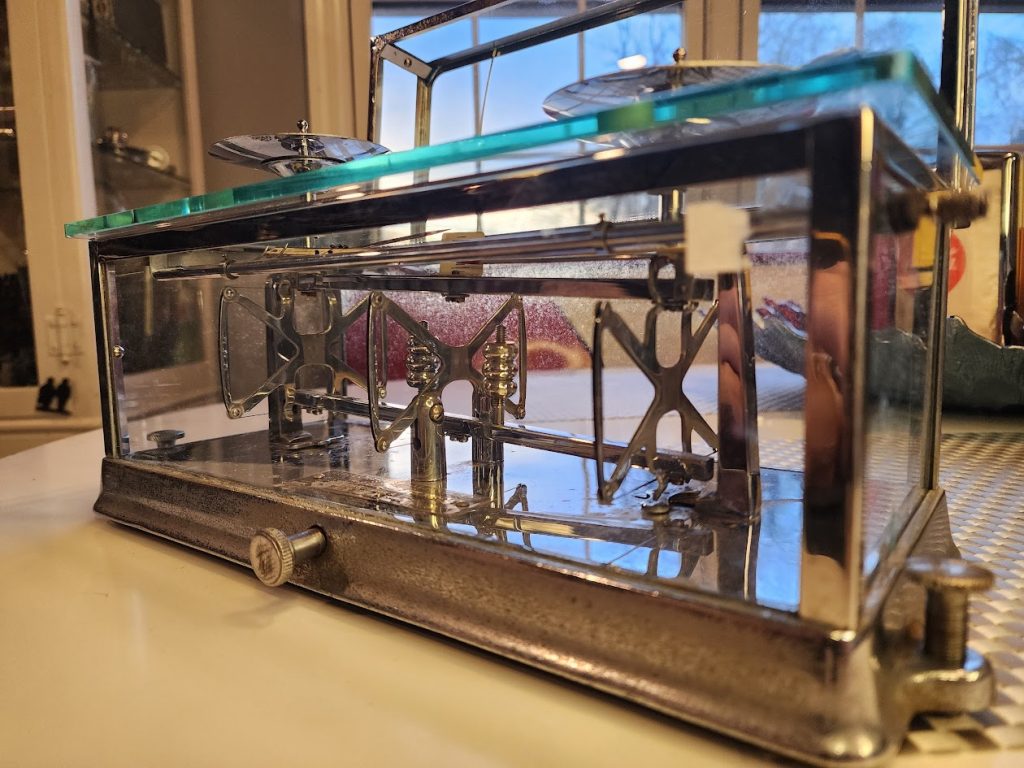
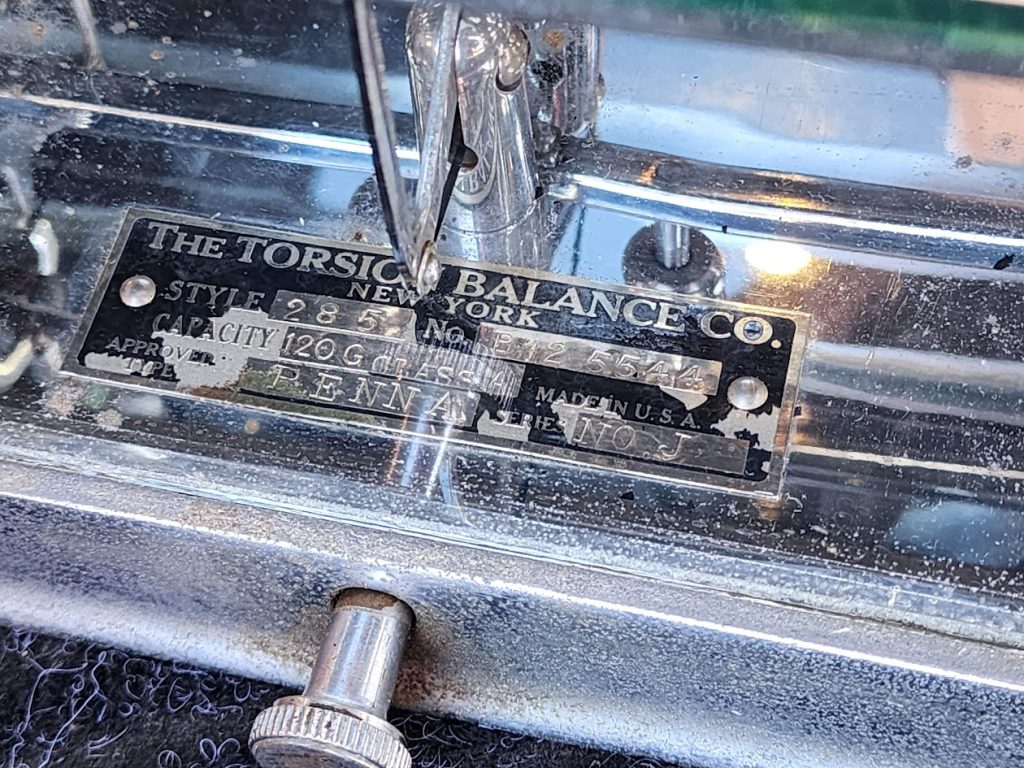
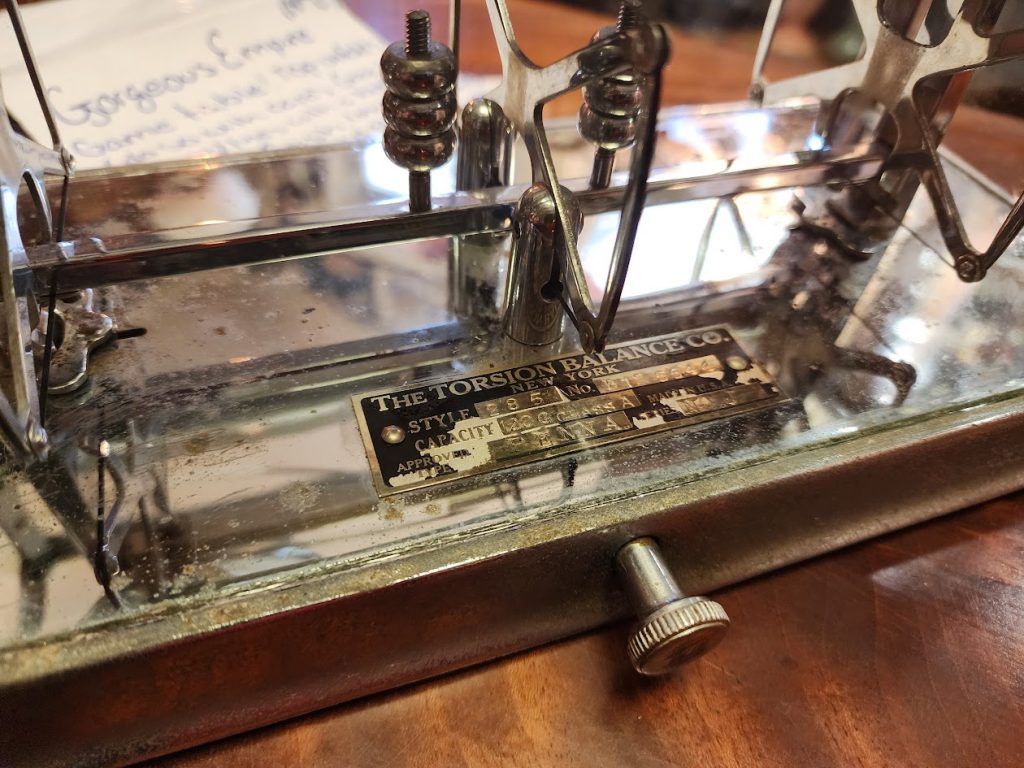
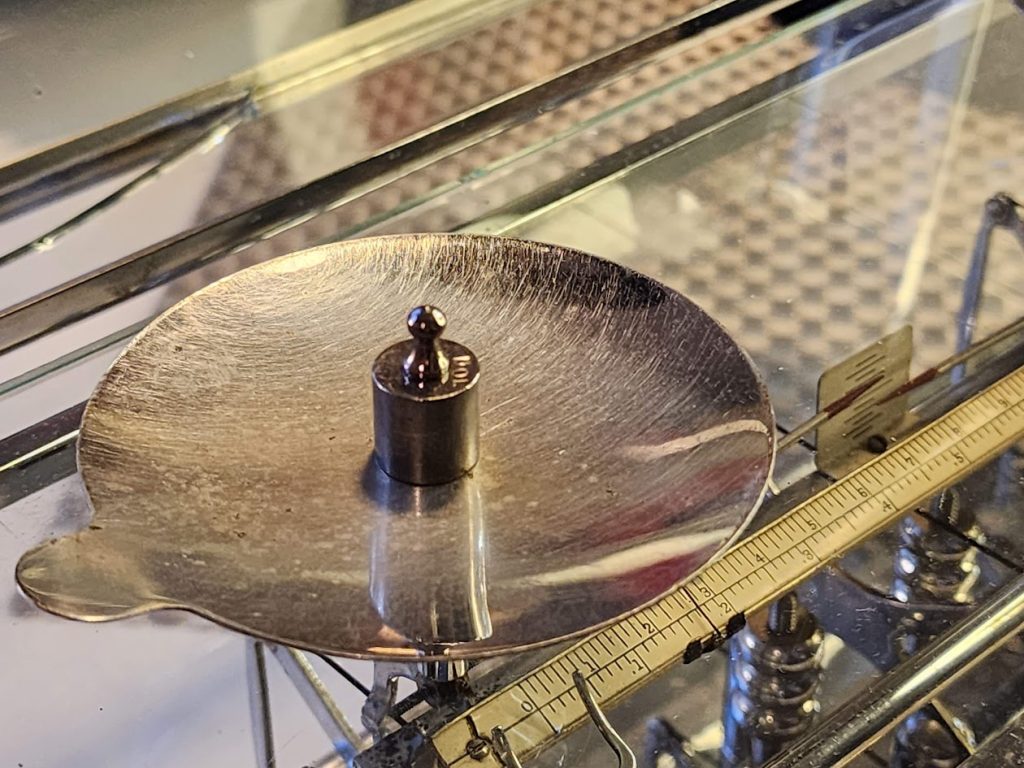
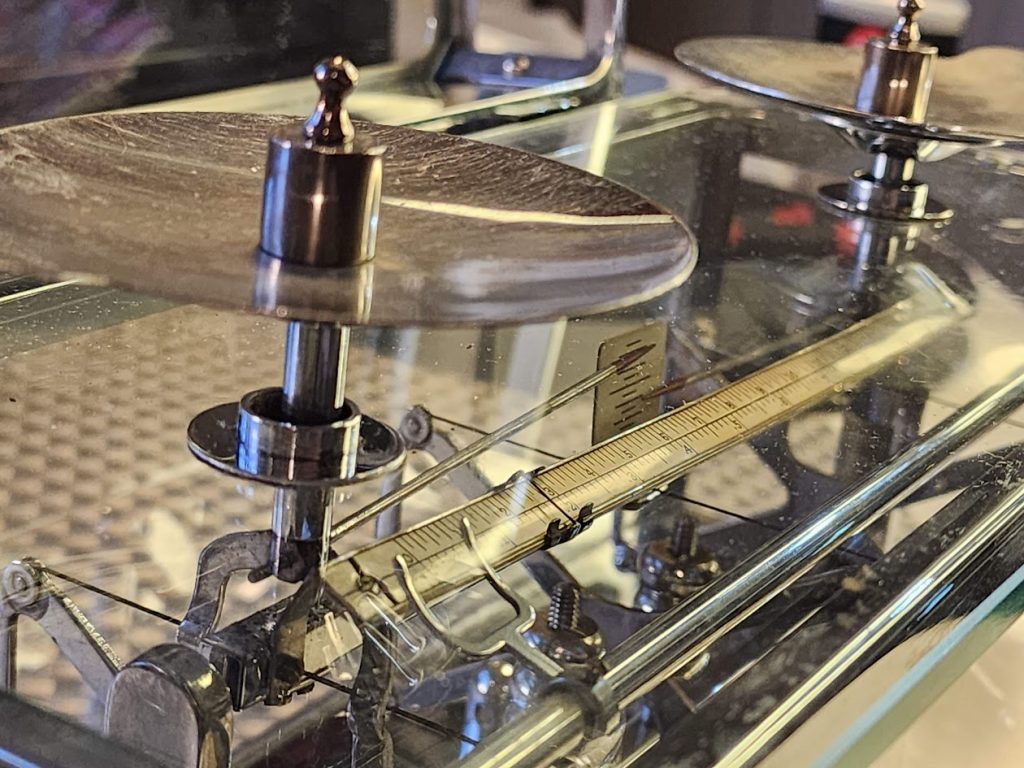
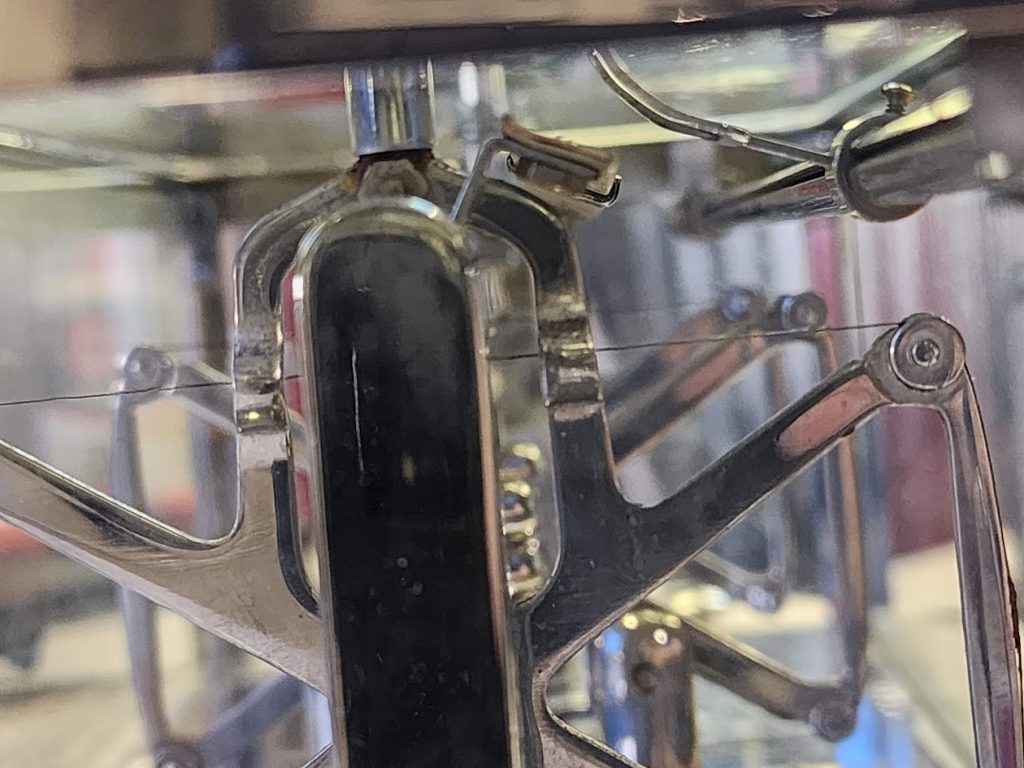
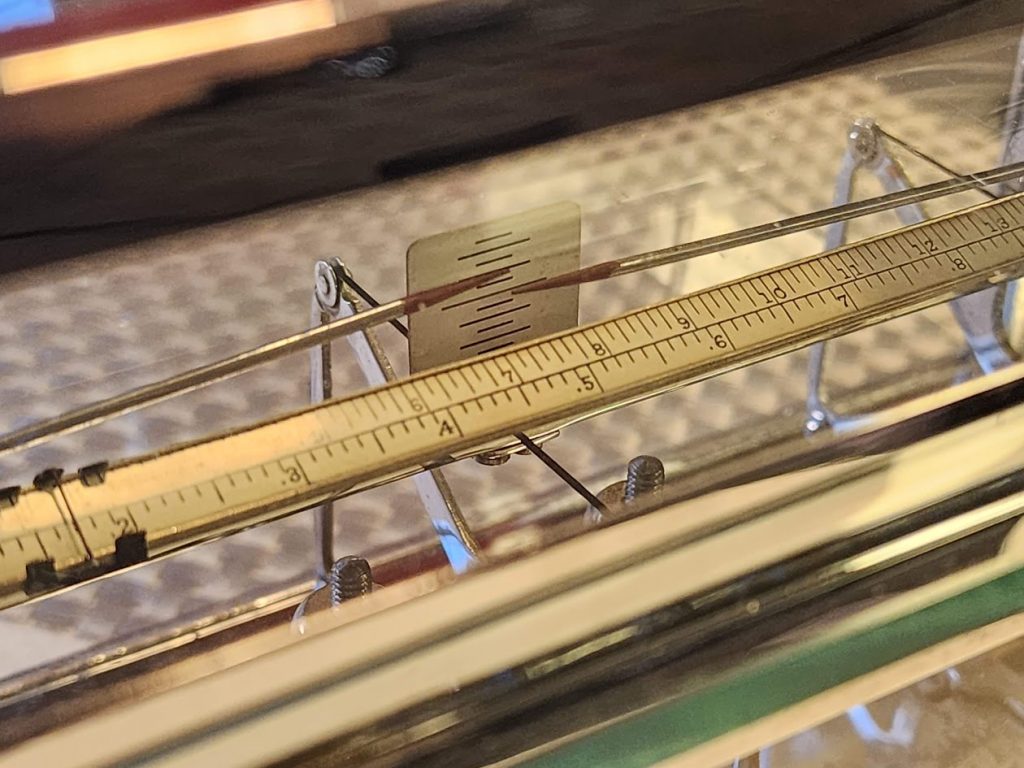
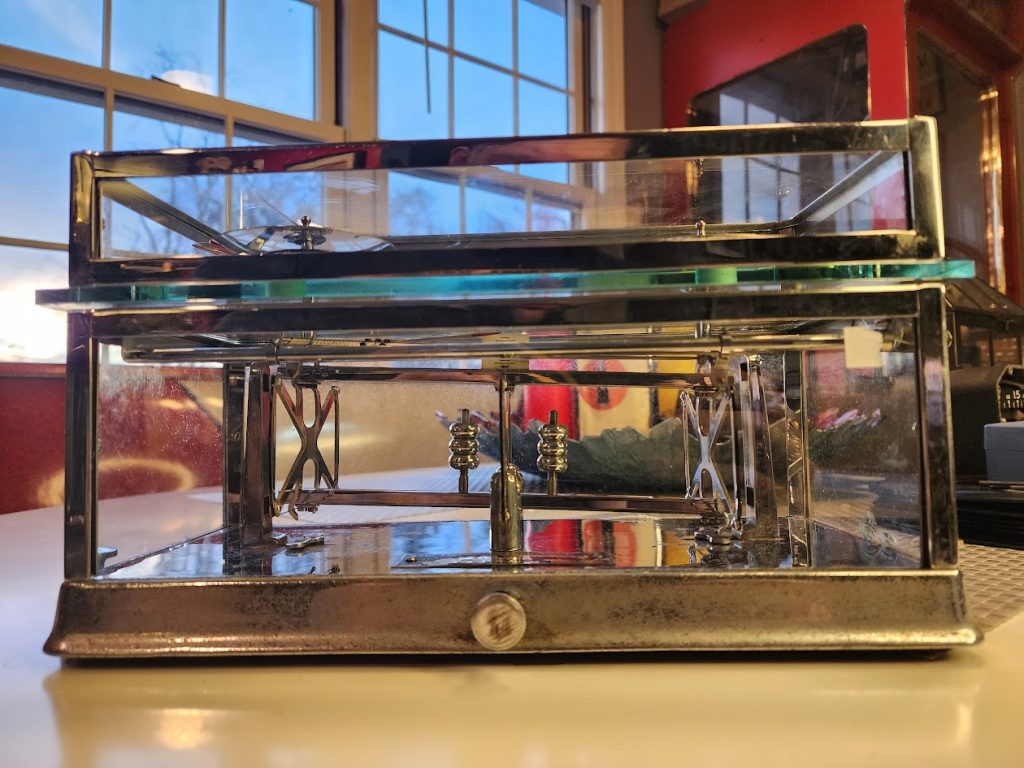
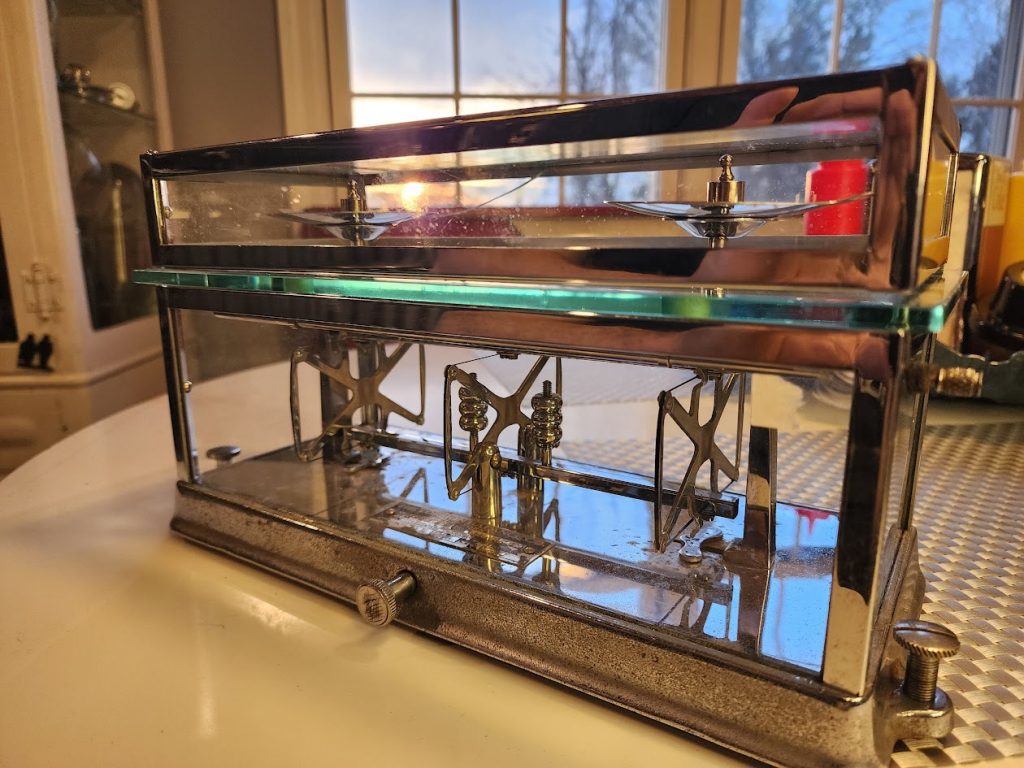
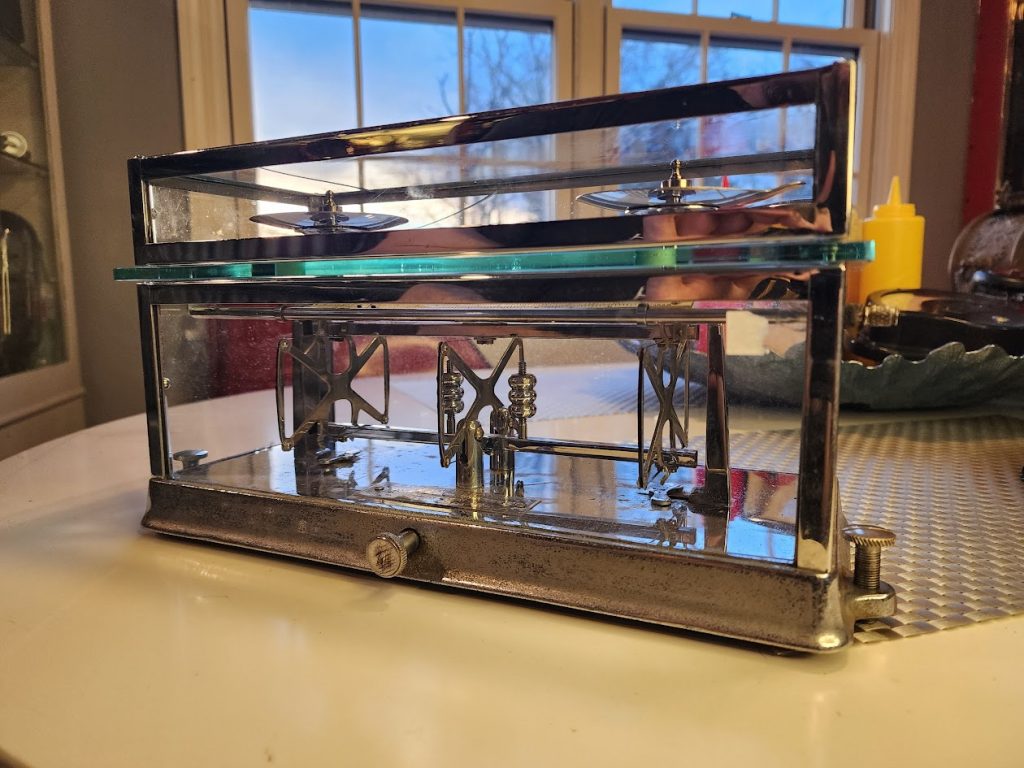
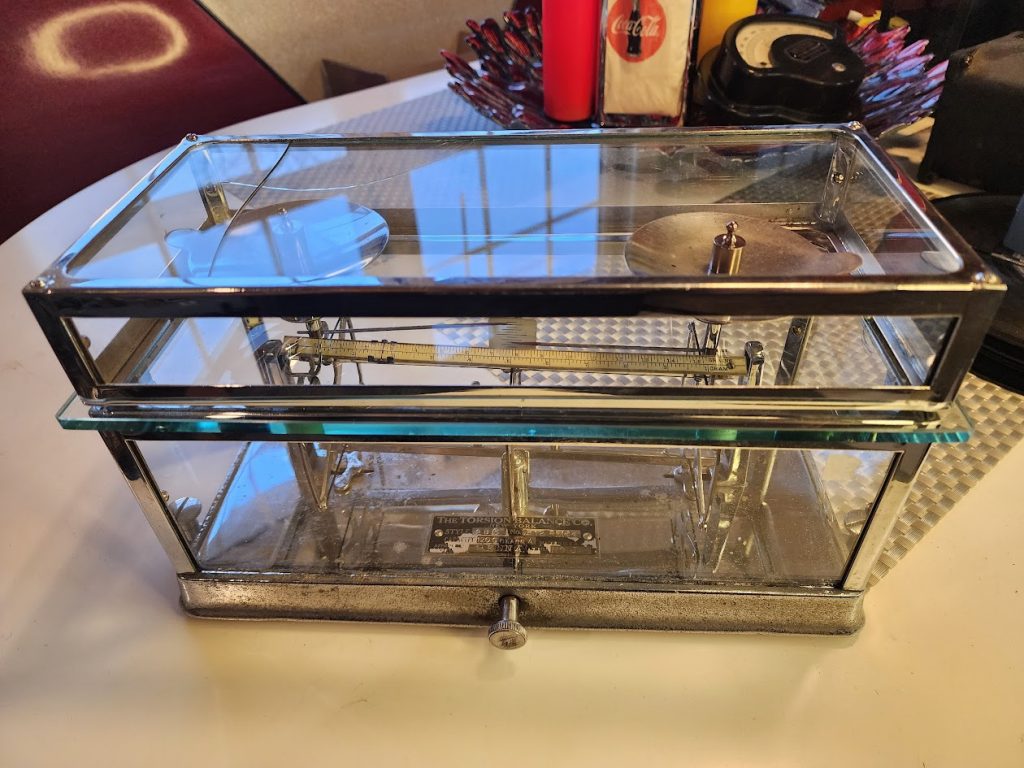
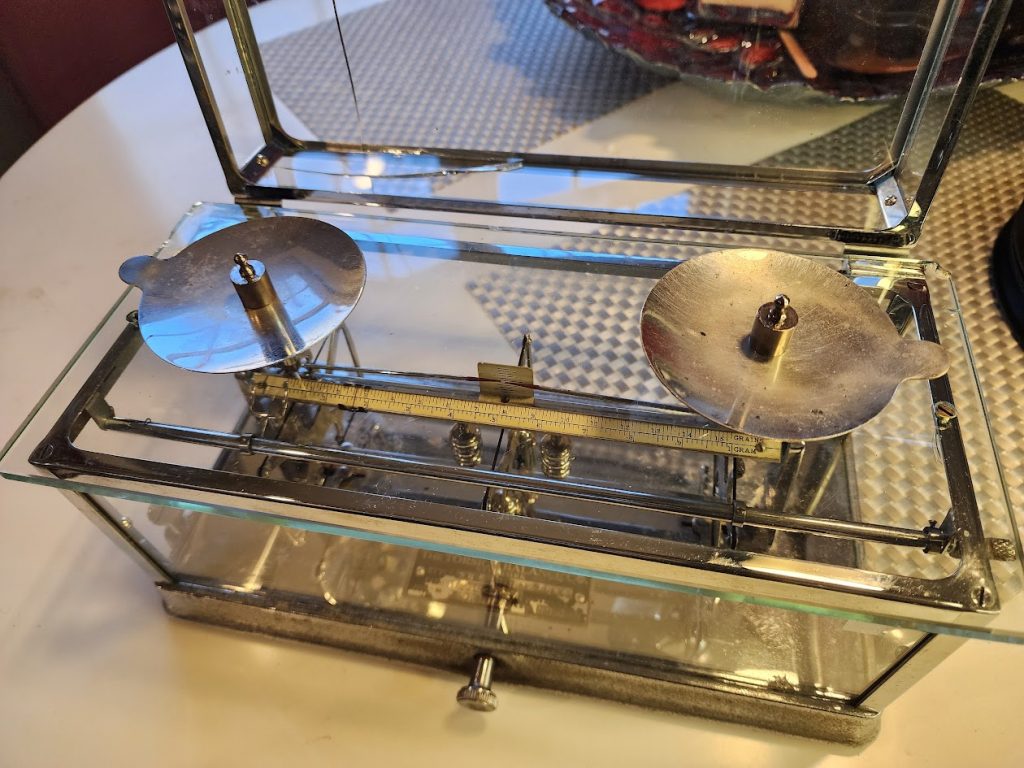
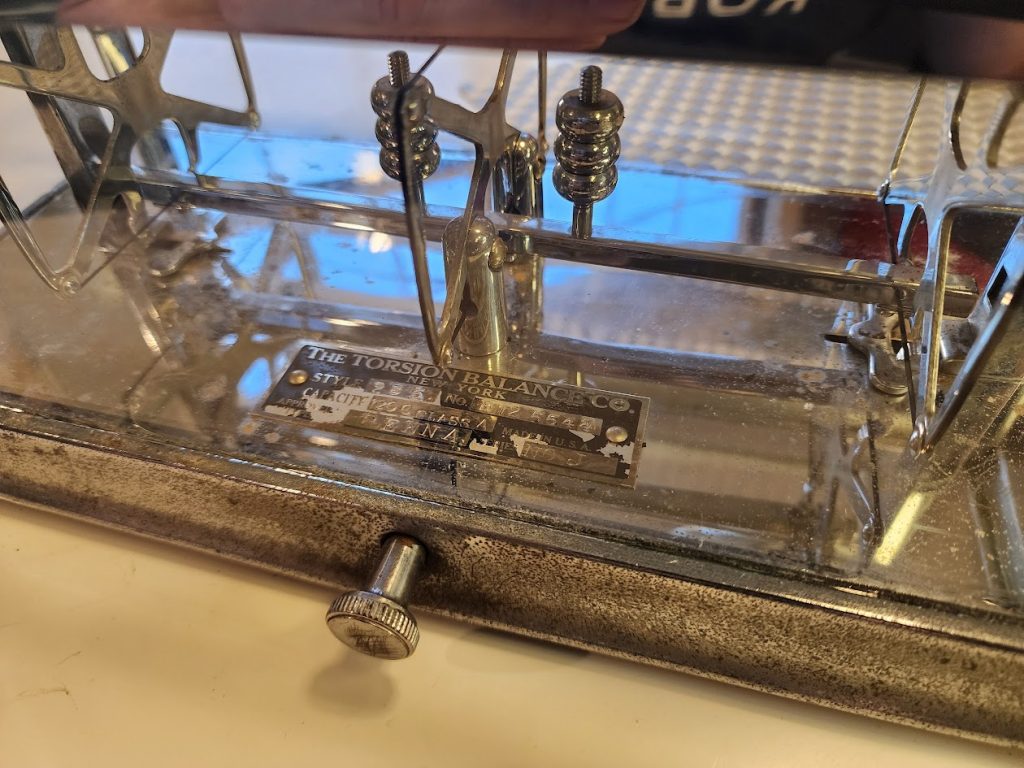
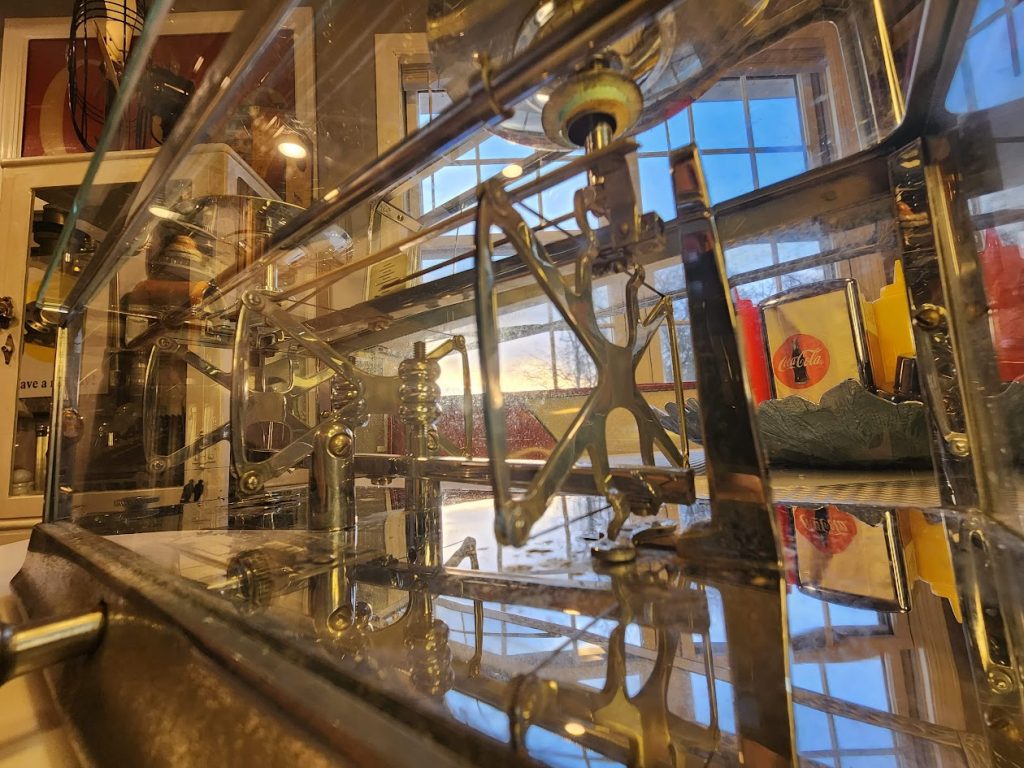
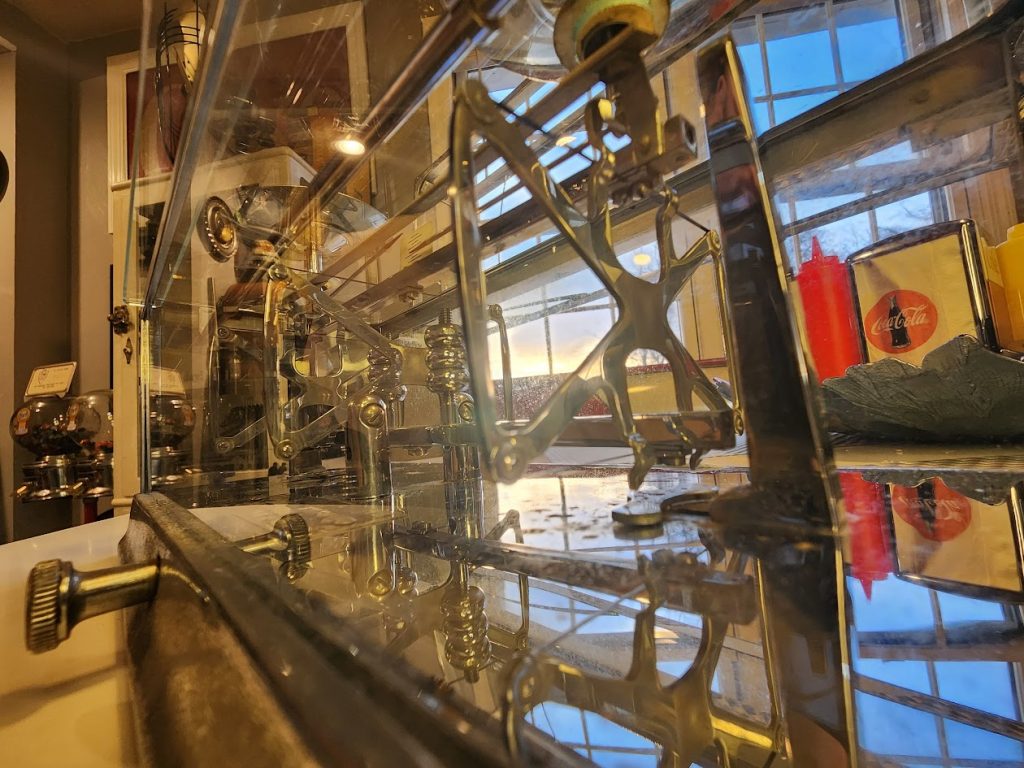
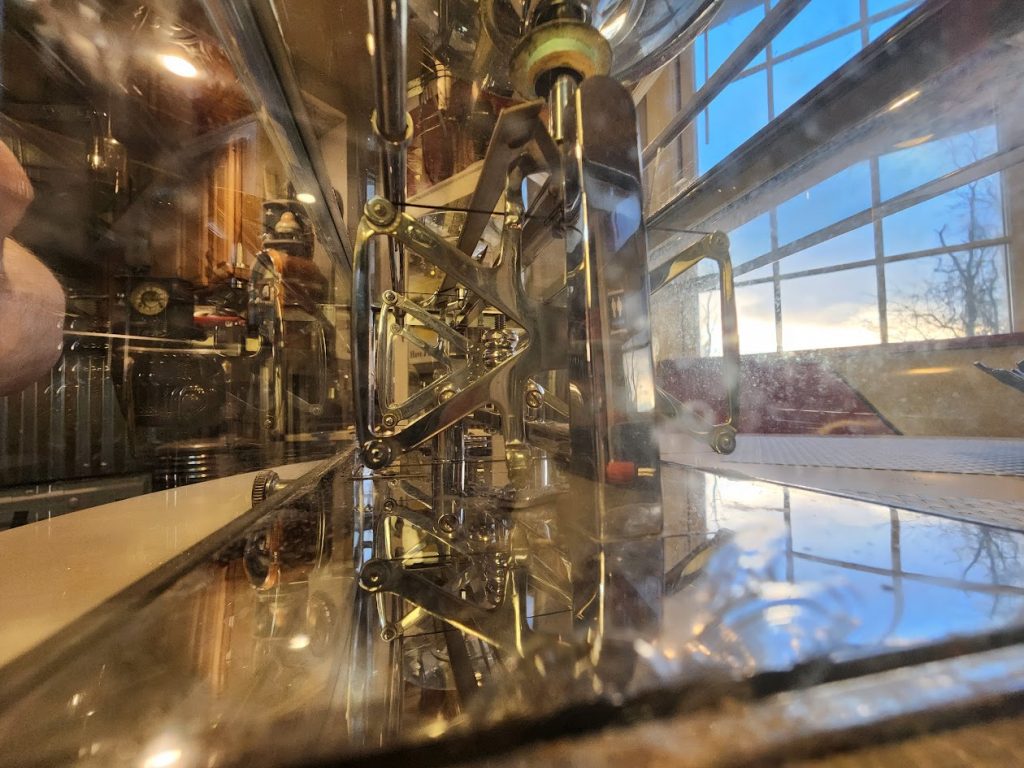
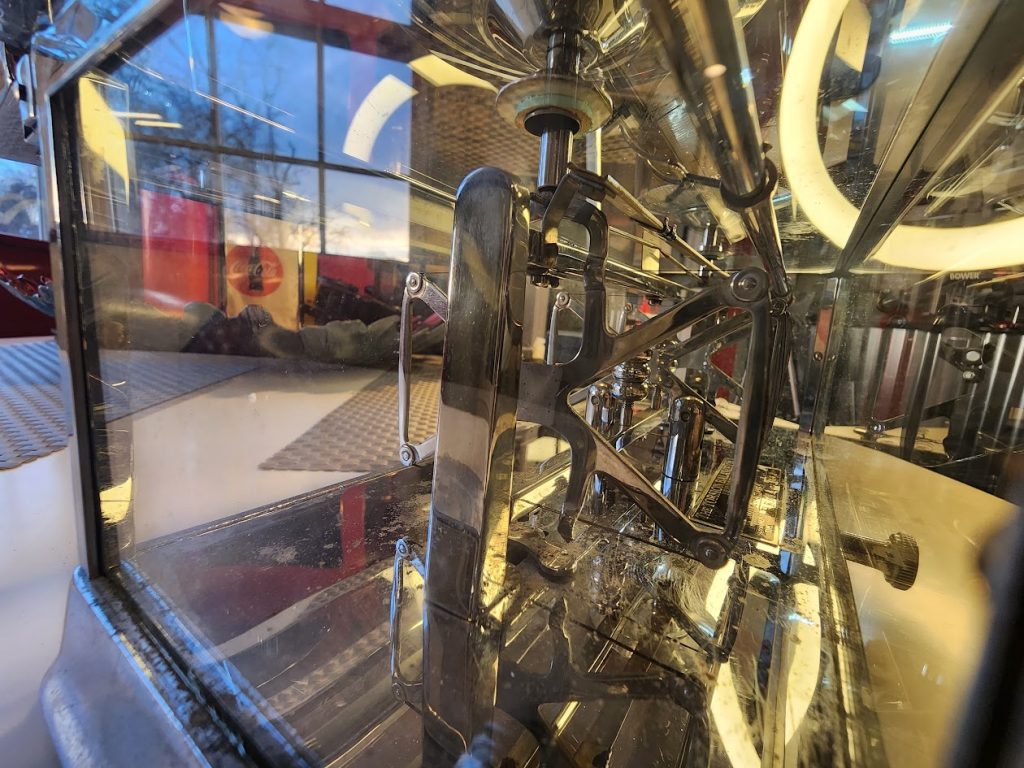
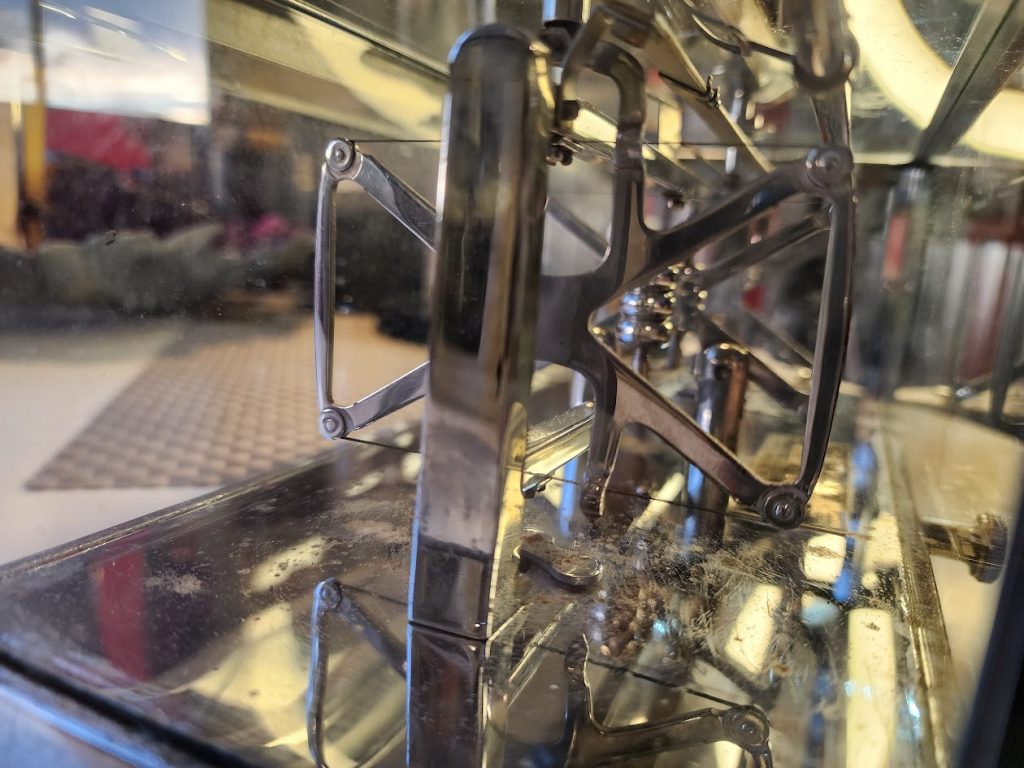
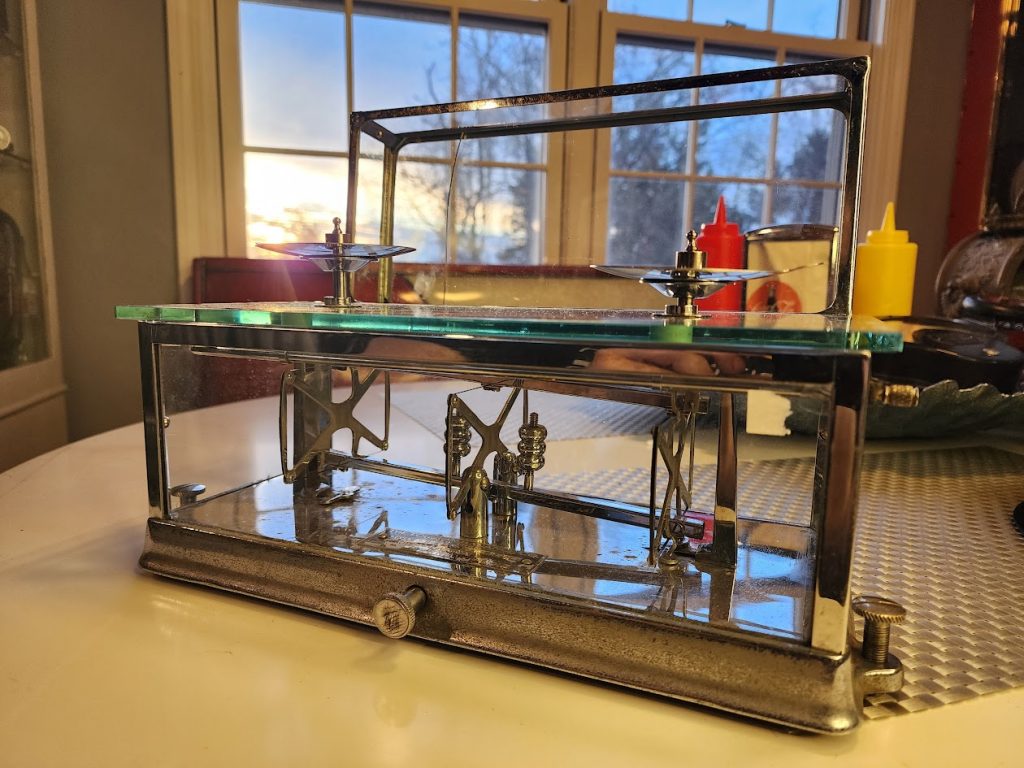
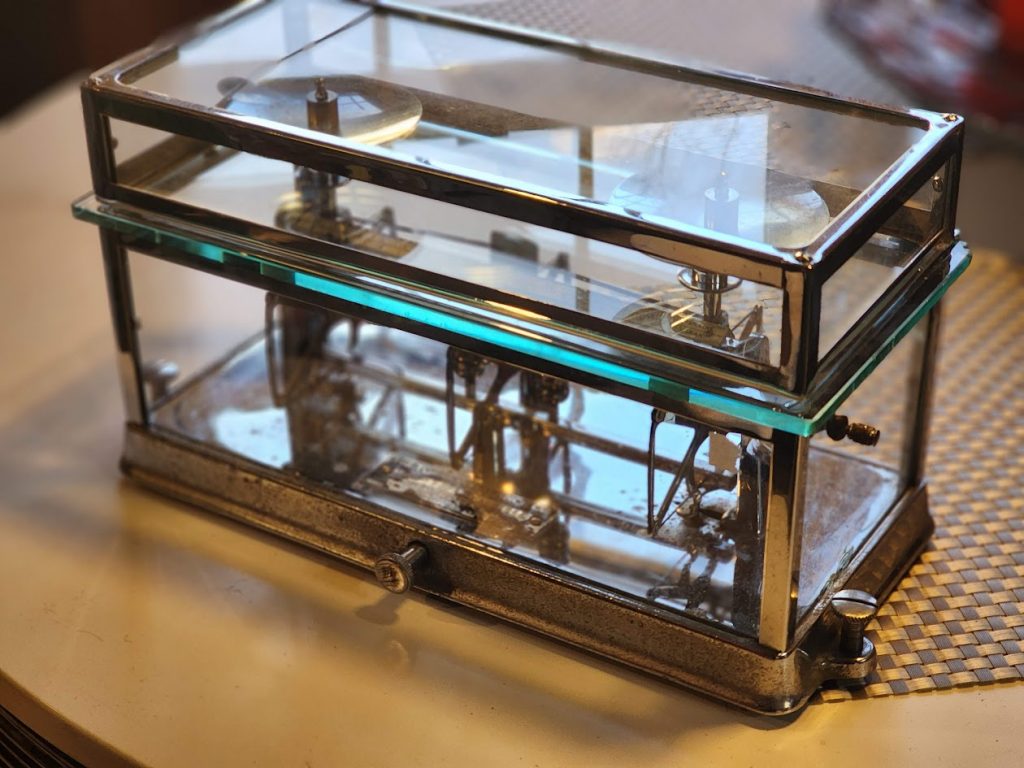
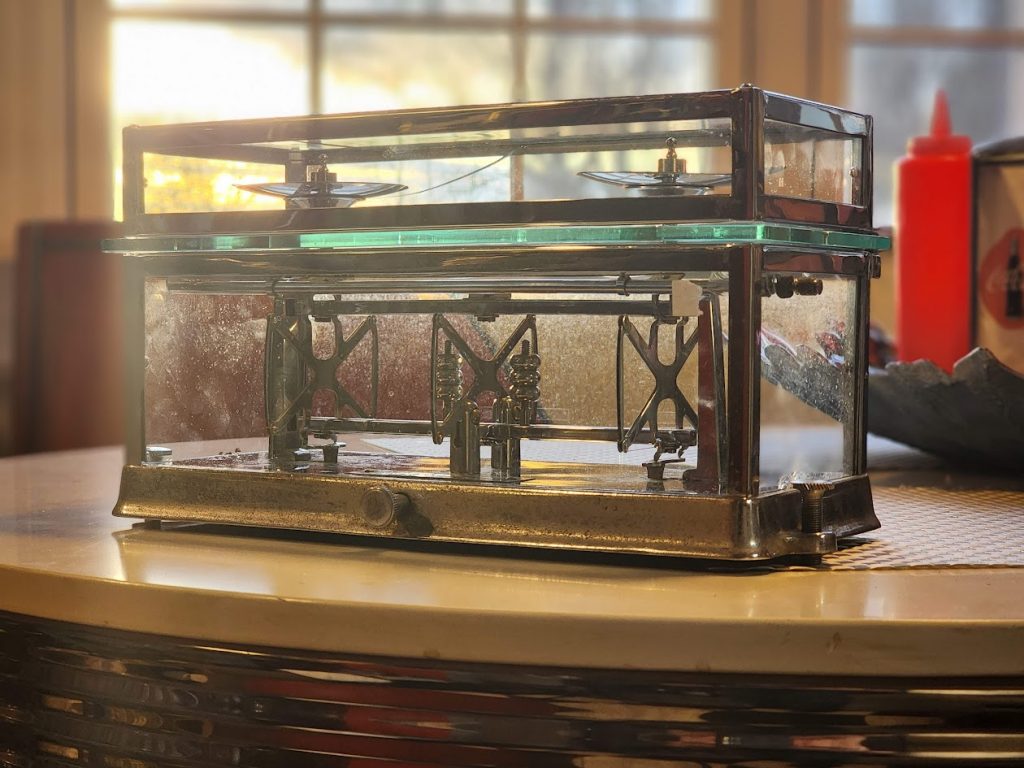
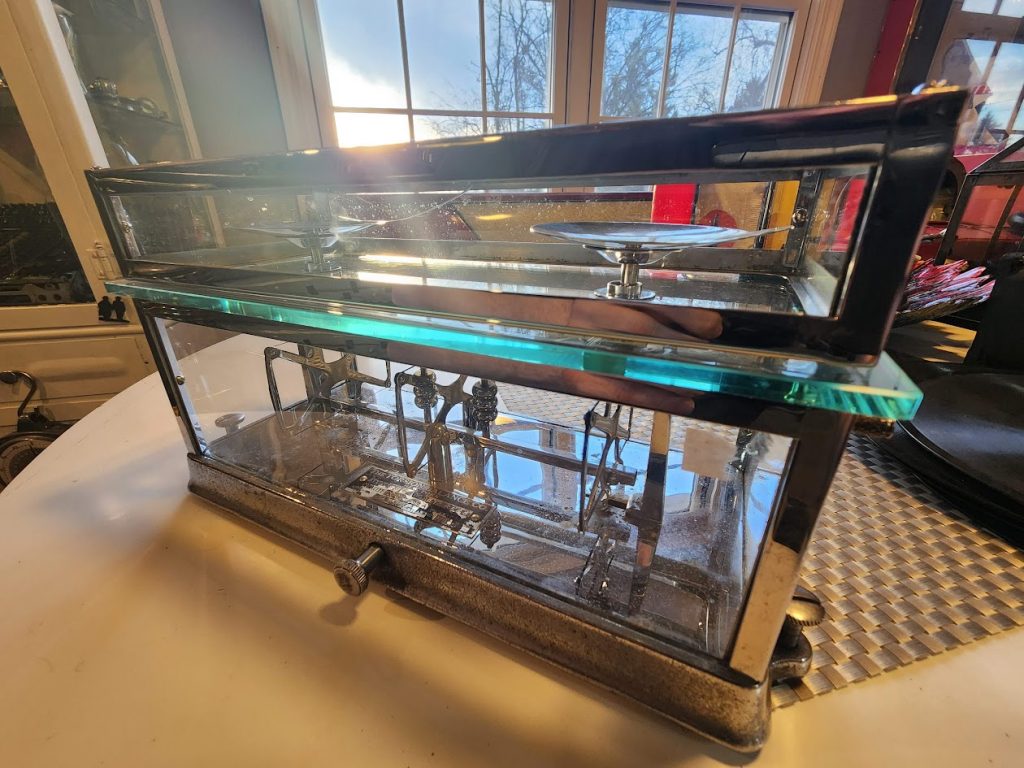
As you can see there where two broken glass panels, but as I took it apart I found more damage.
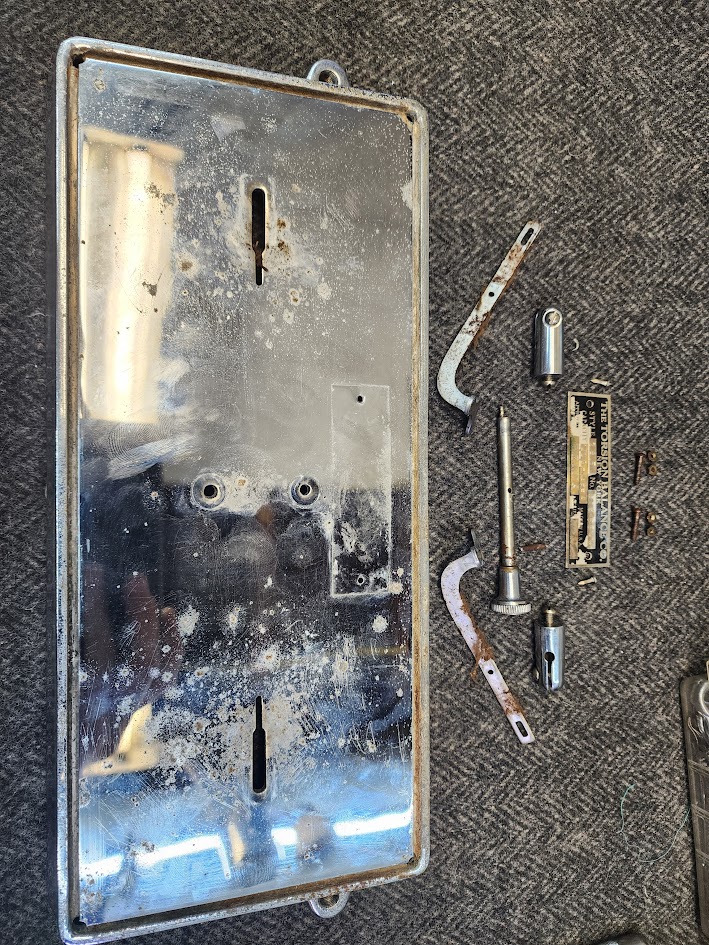
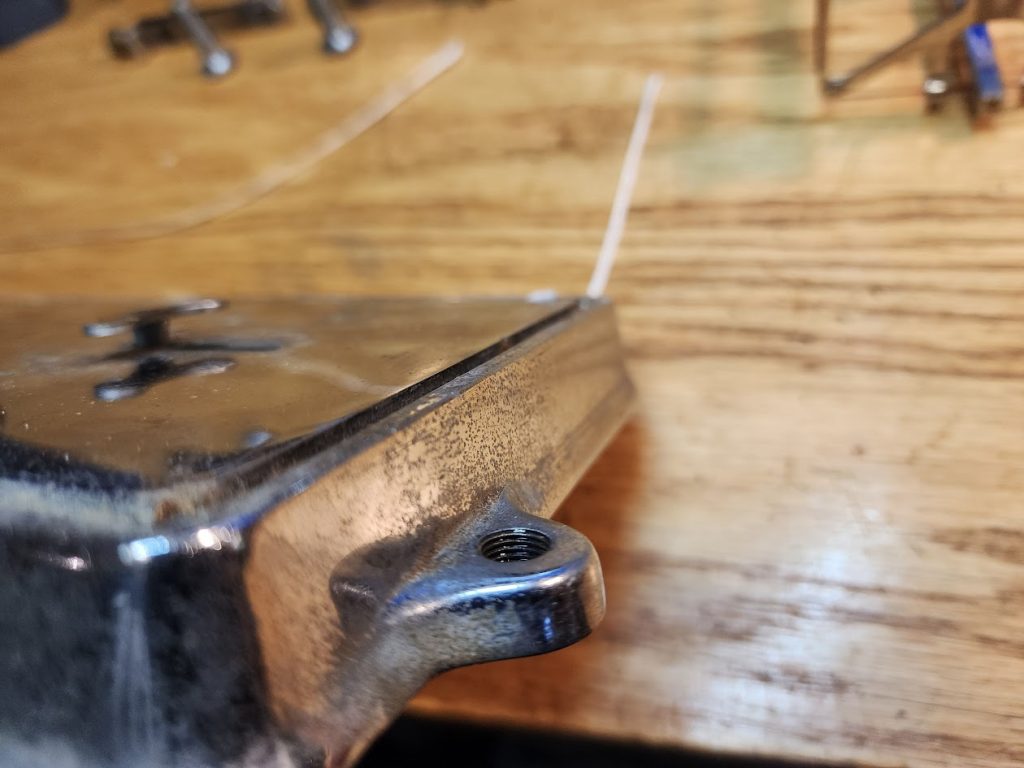
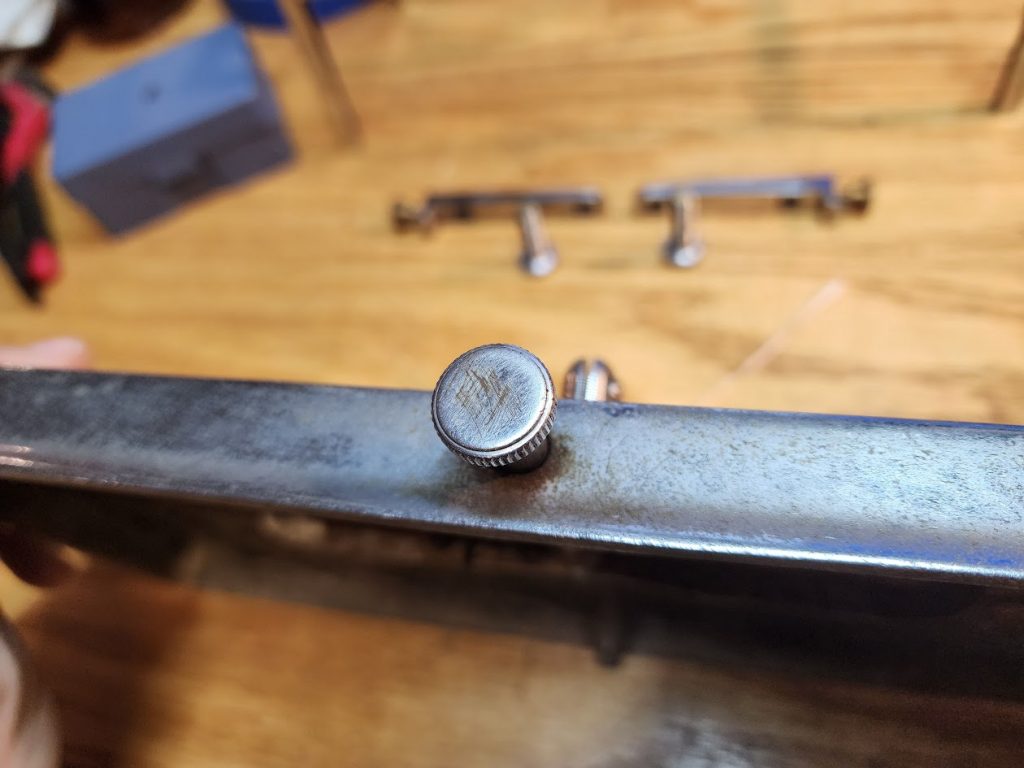
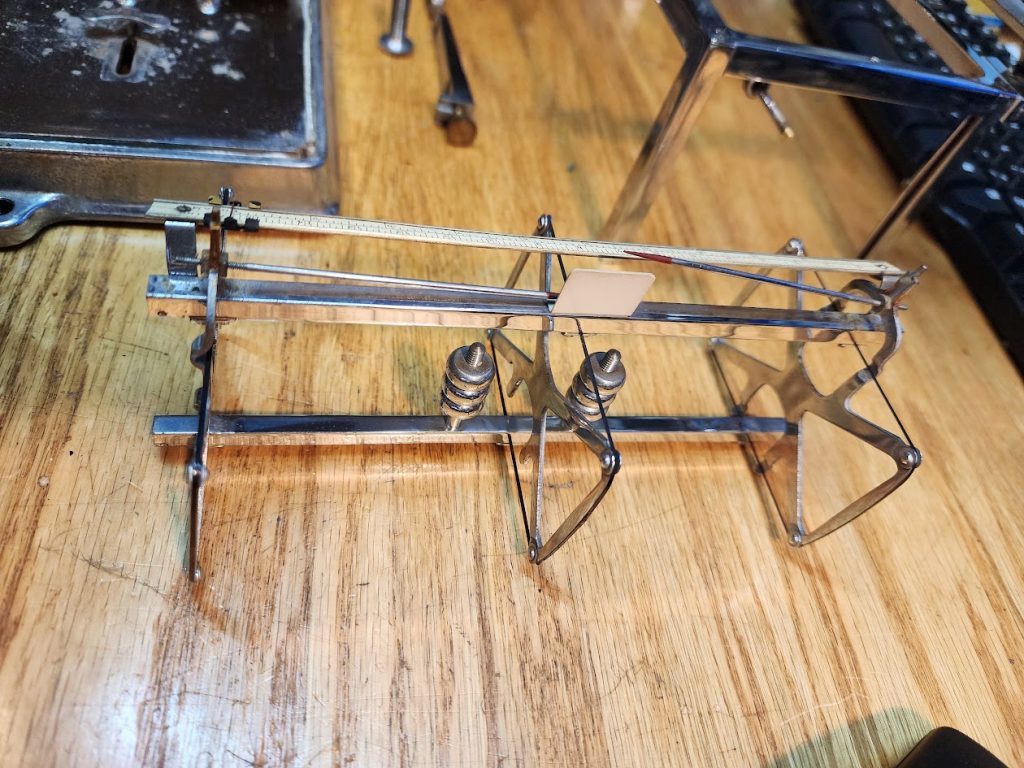
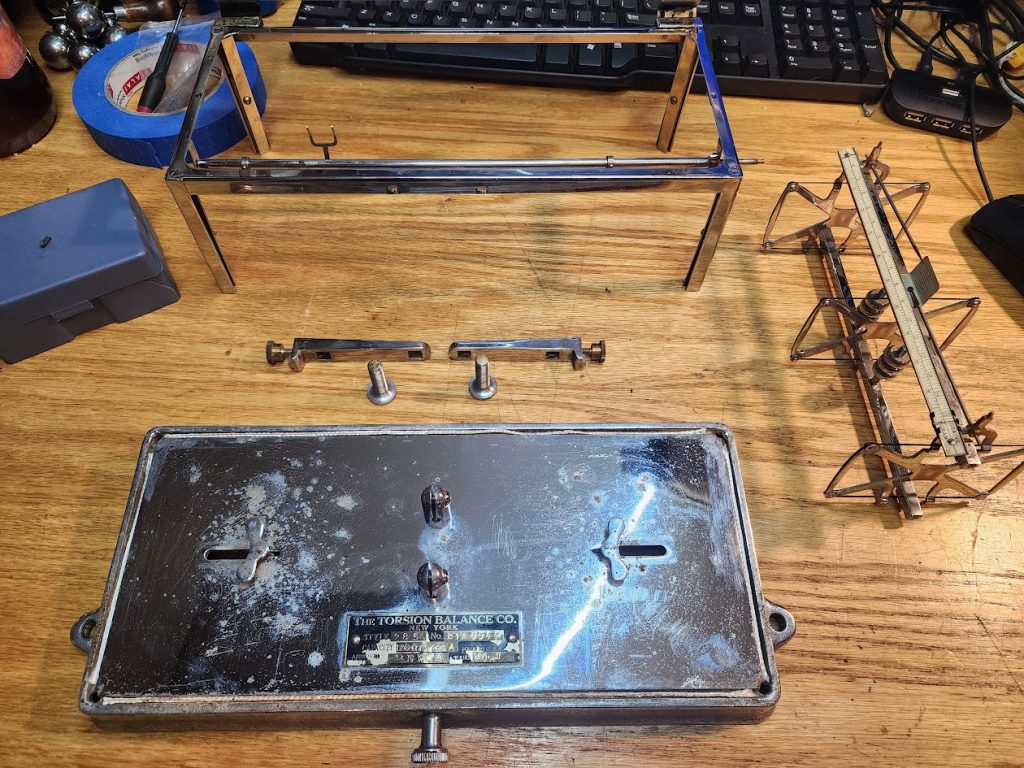
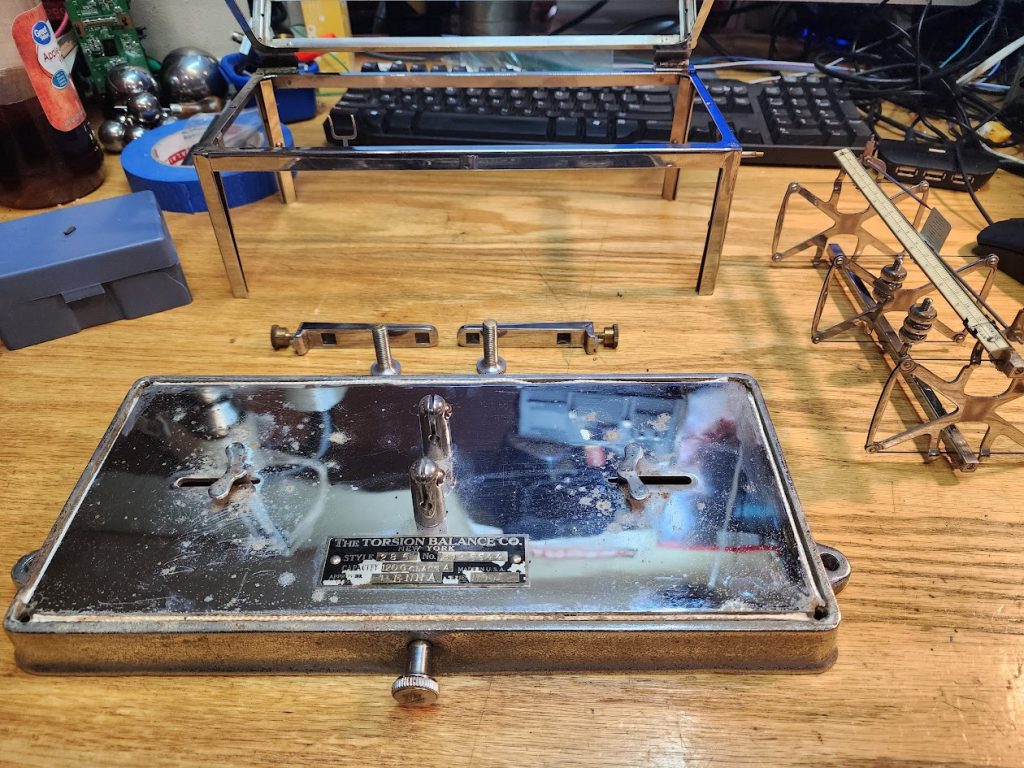
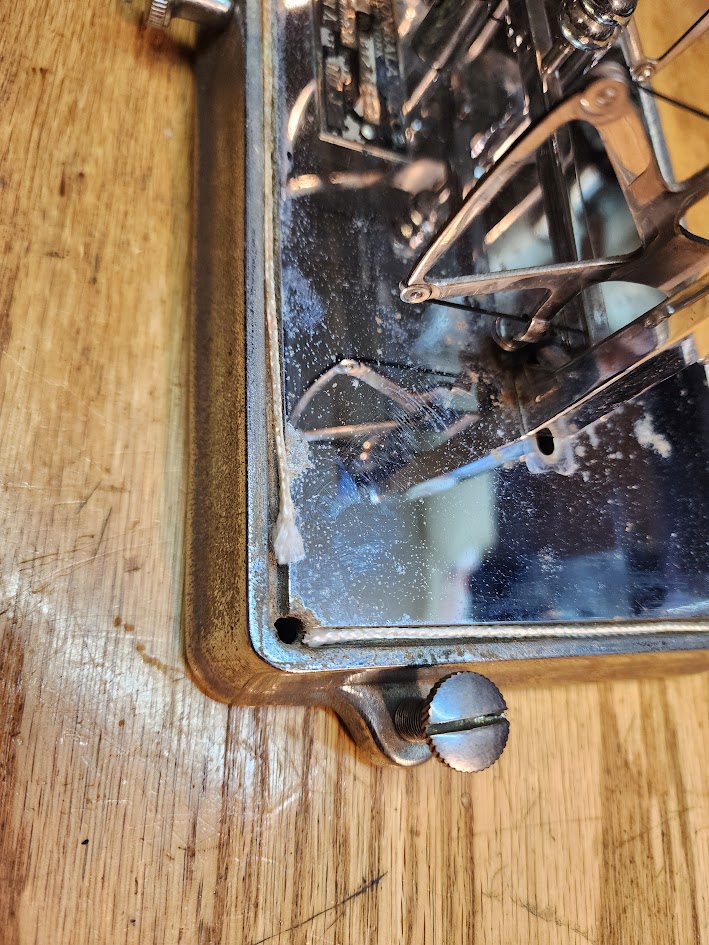
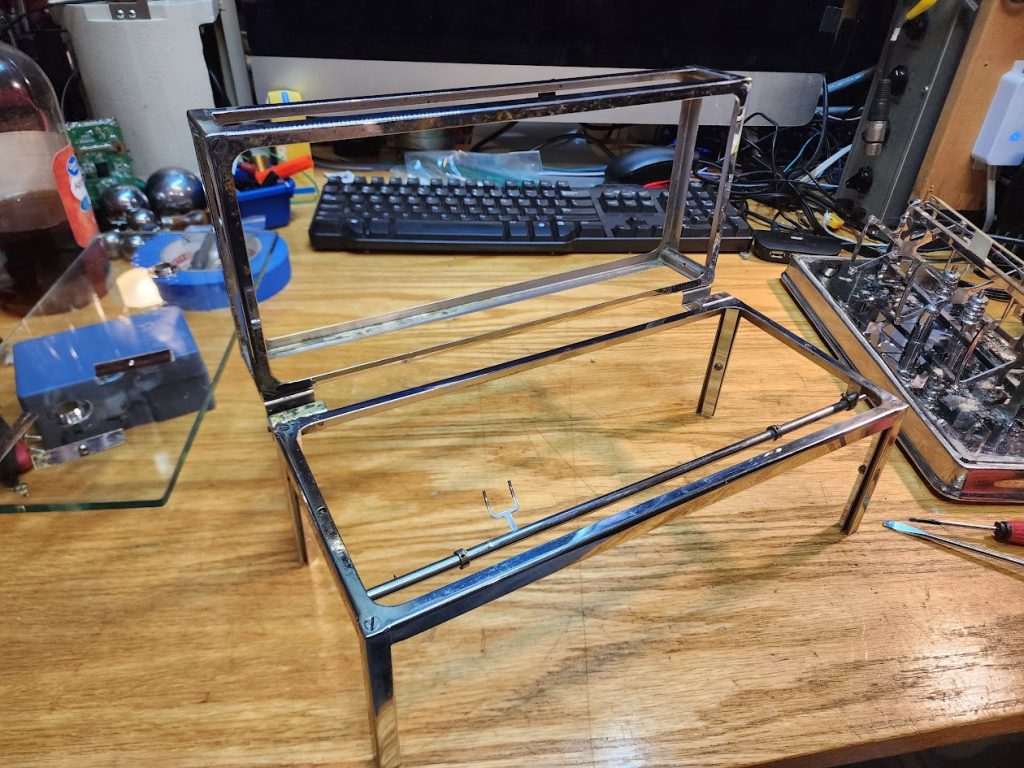
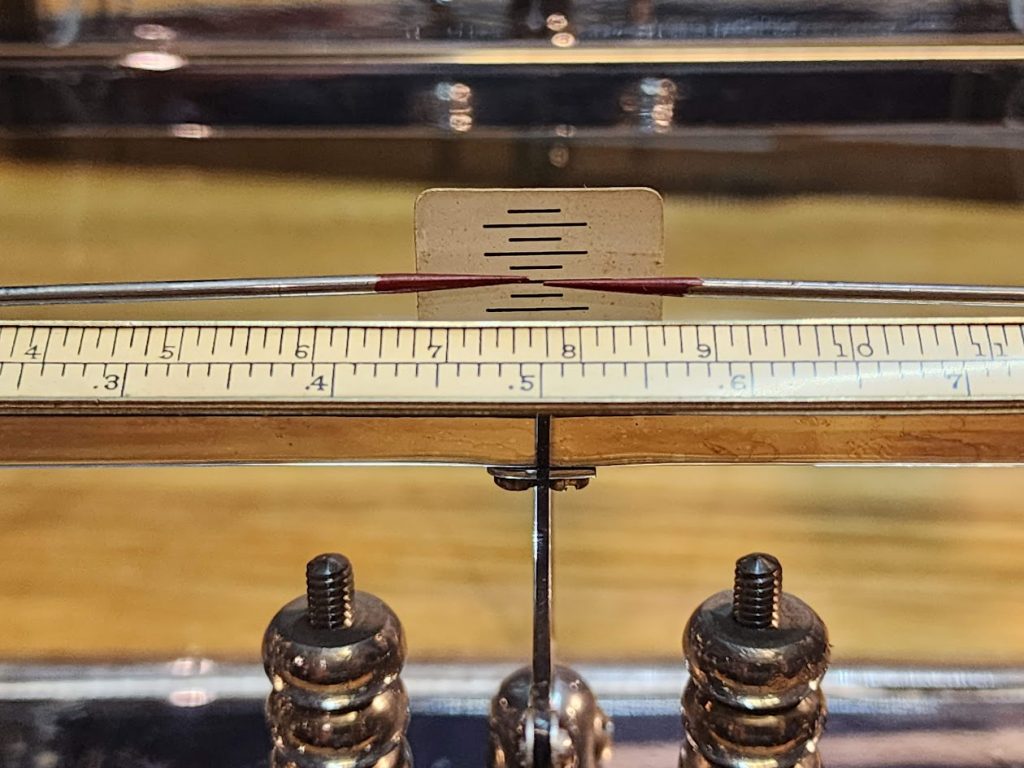
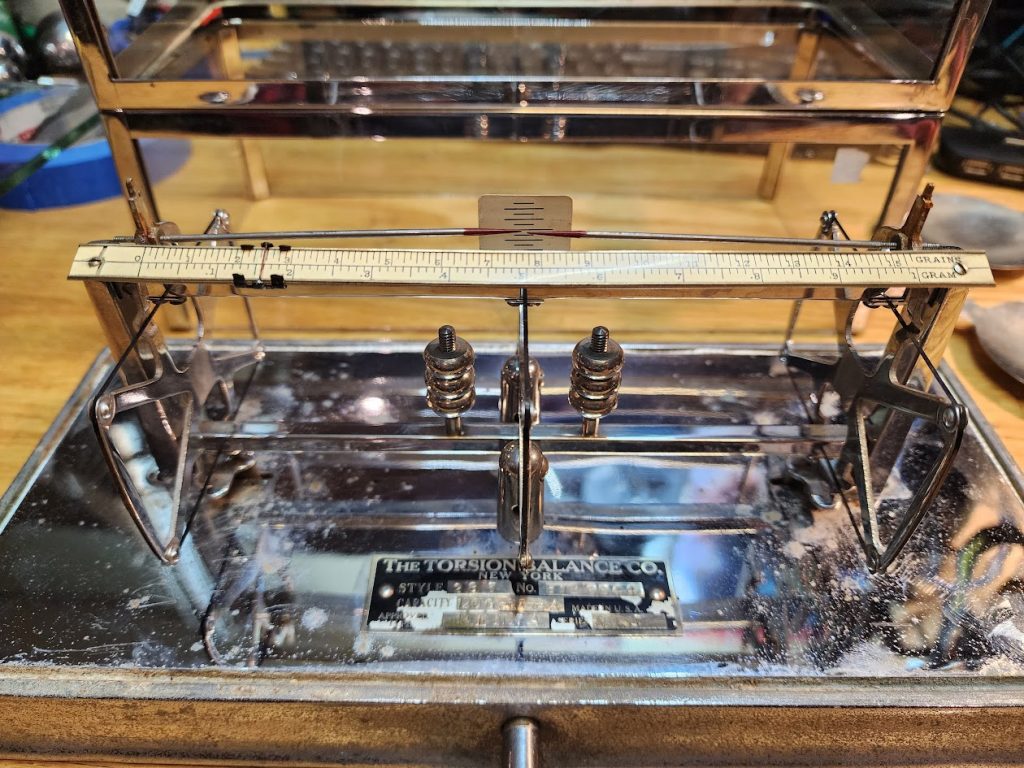
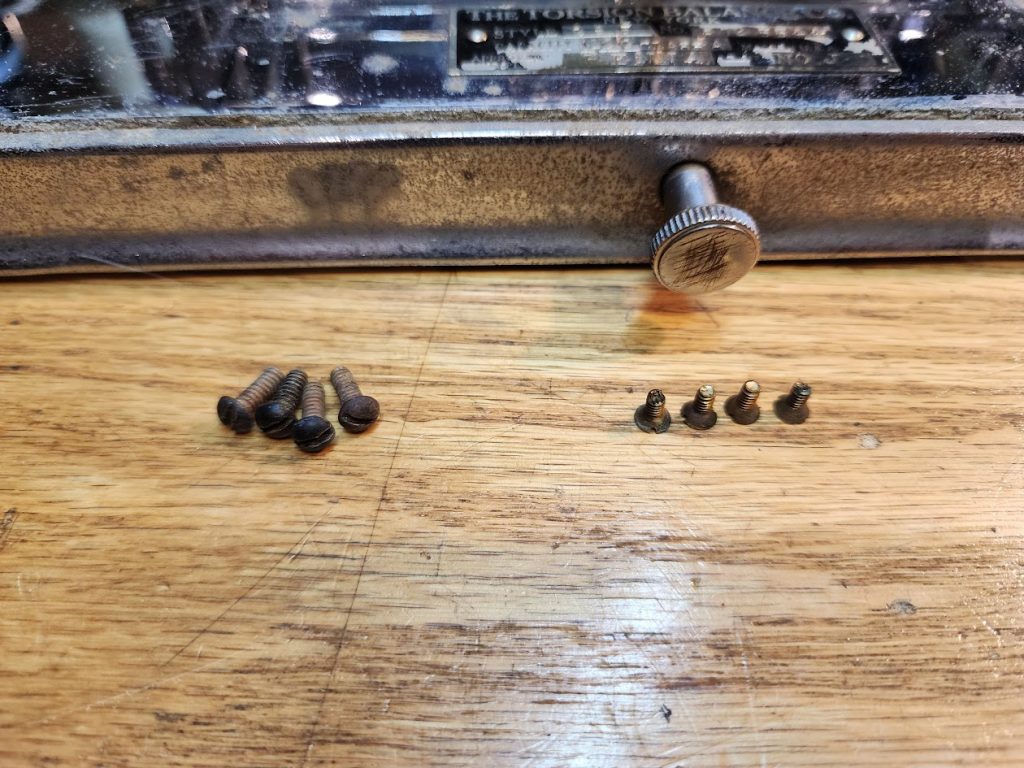
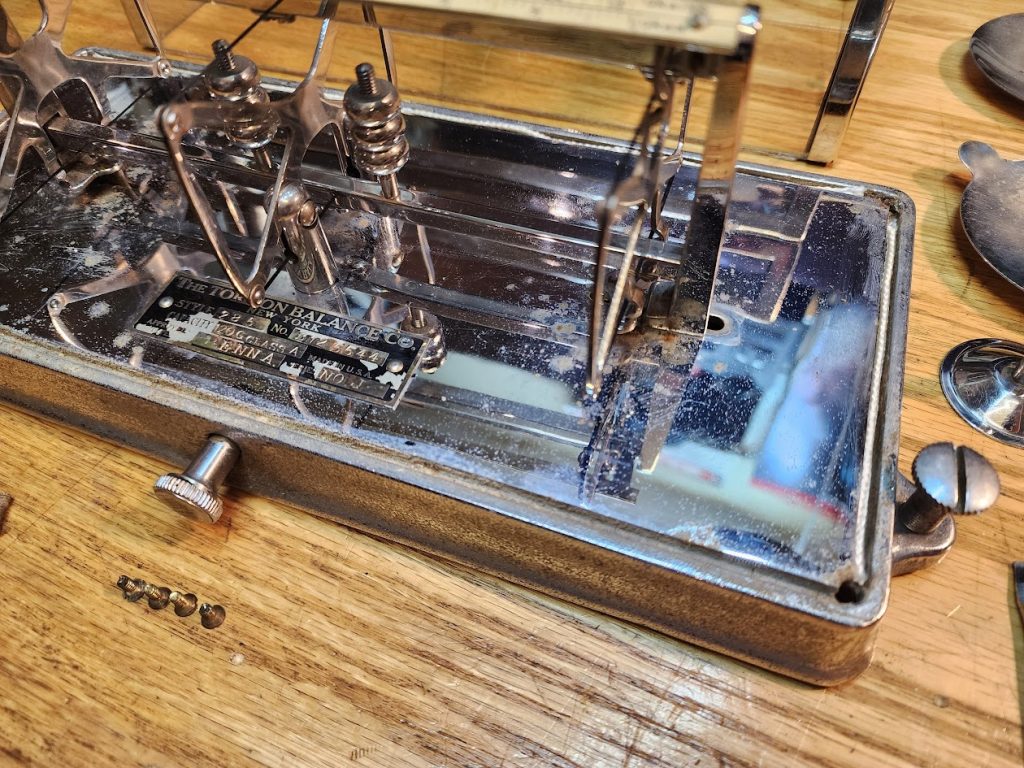
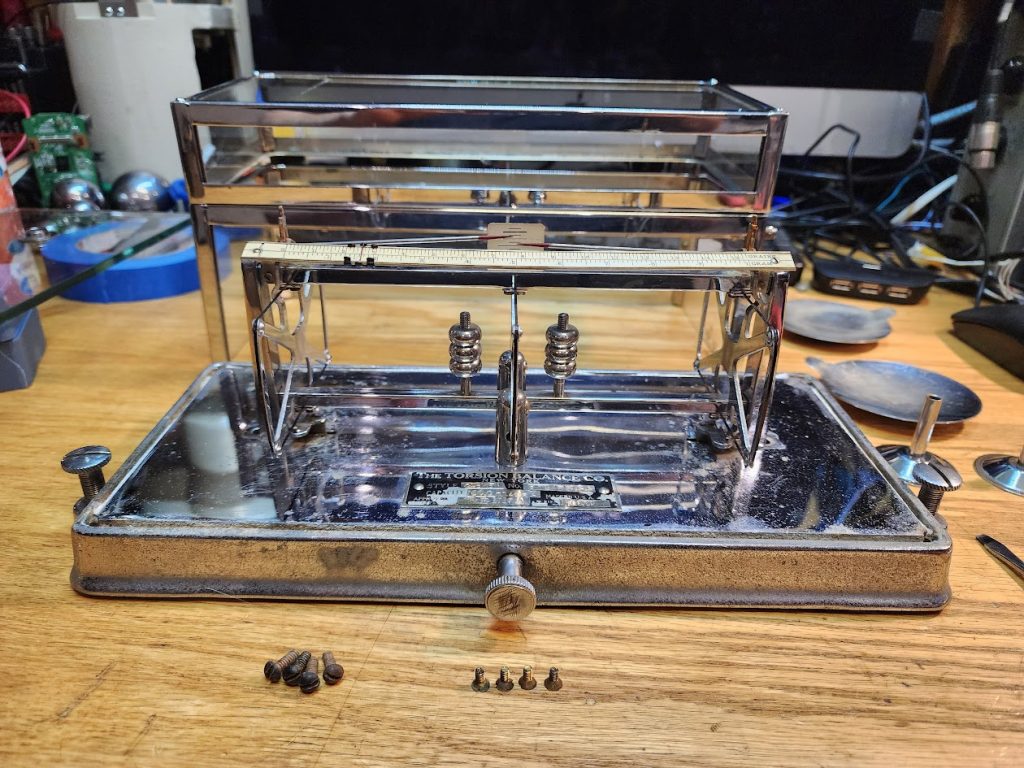
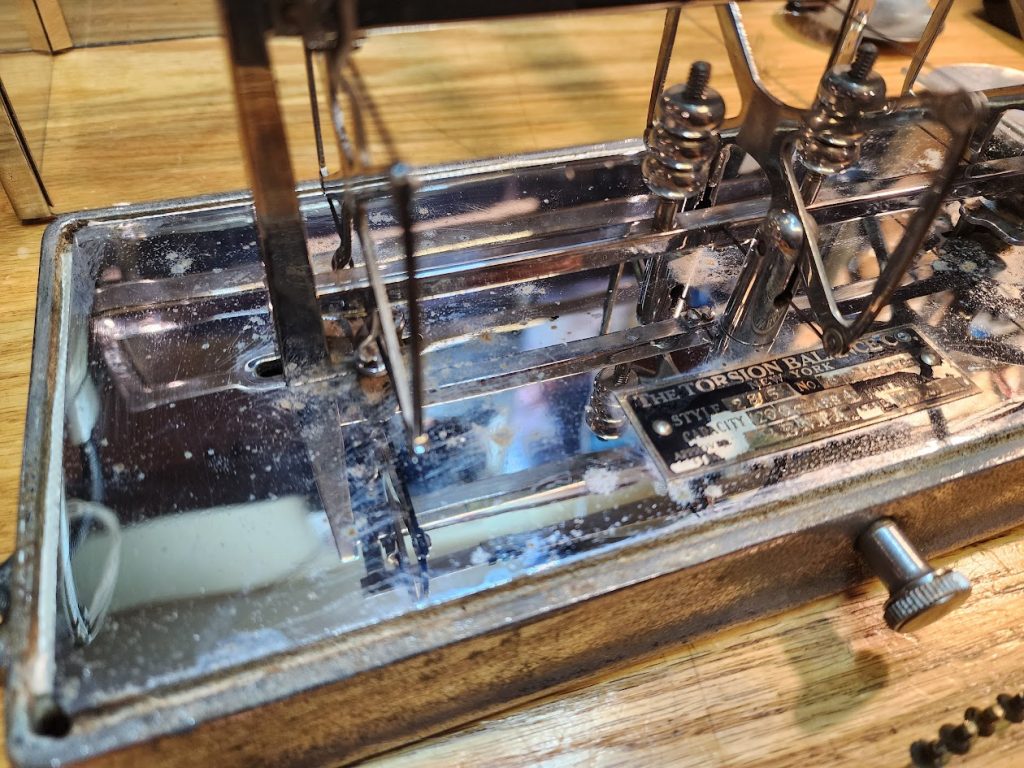
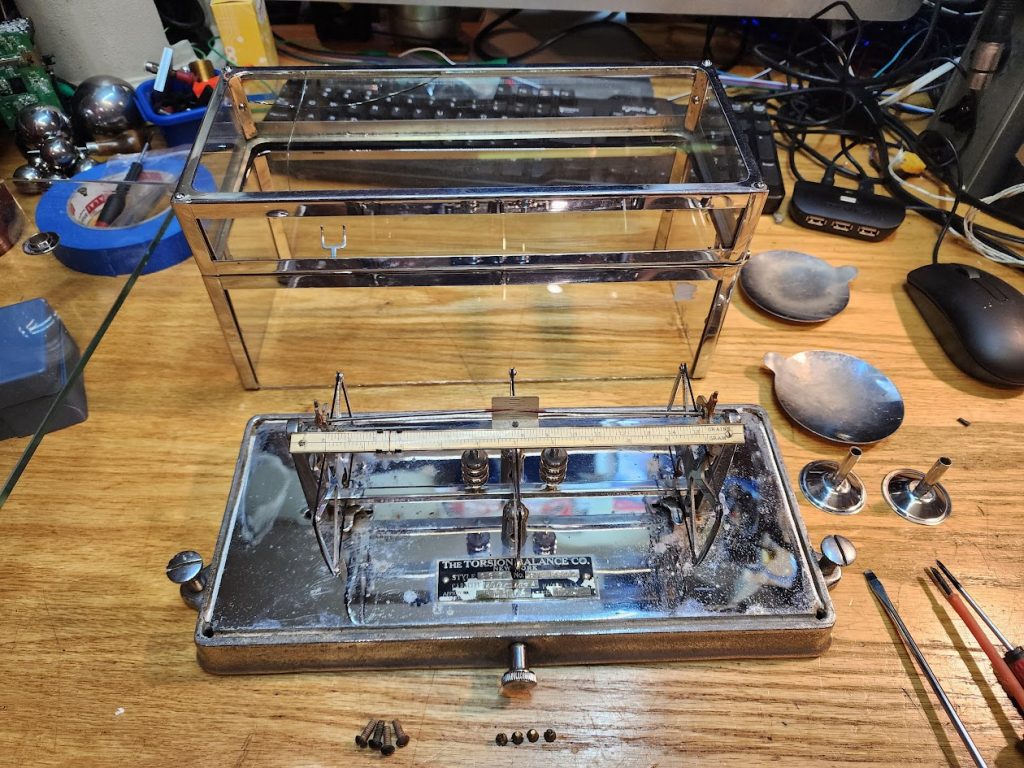
The finish was going to need some work! but I did not want to blast it, I wanted to keep some of the roughness of it to shows its age. So I set out to hand polish everything.
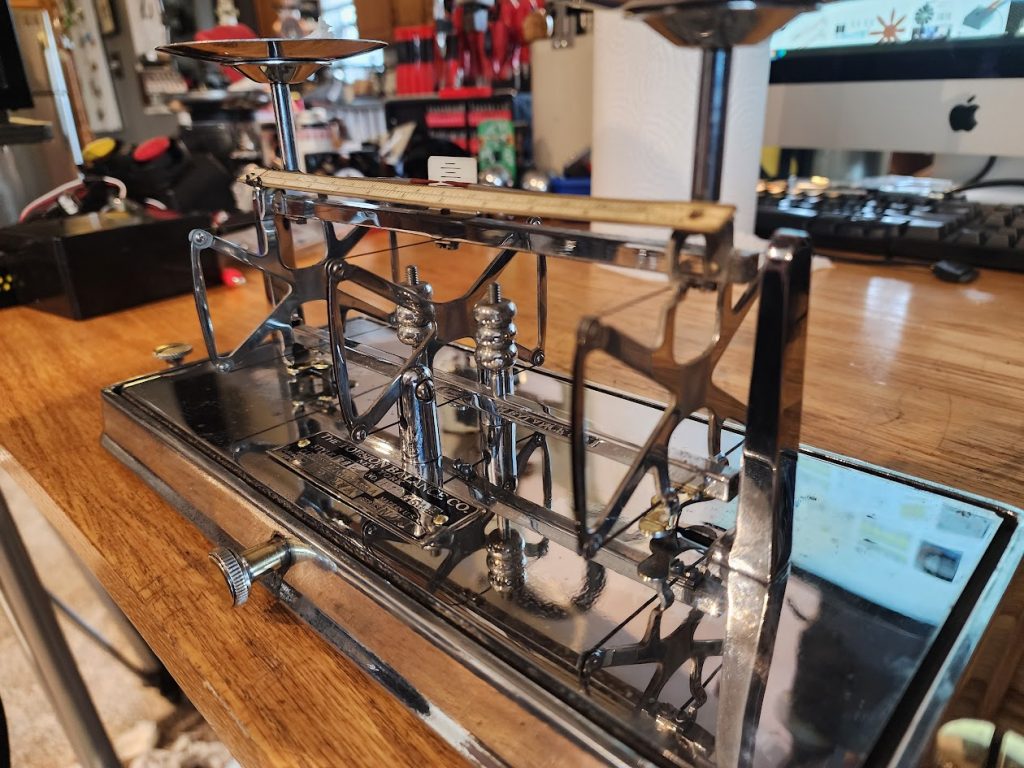
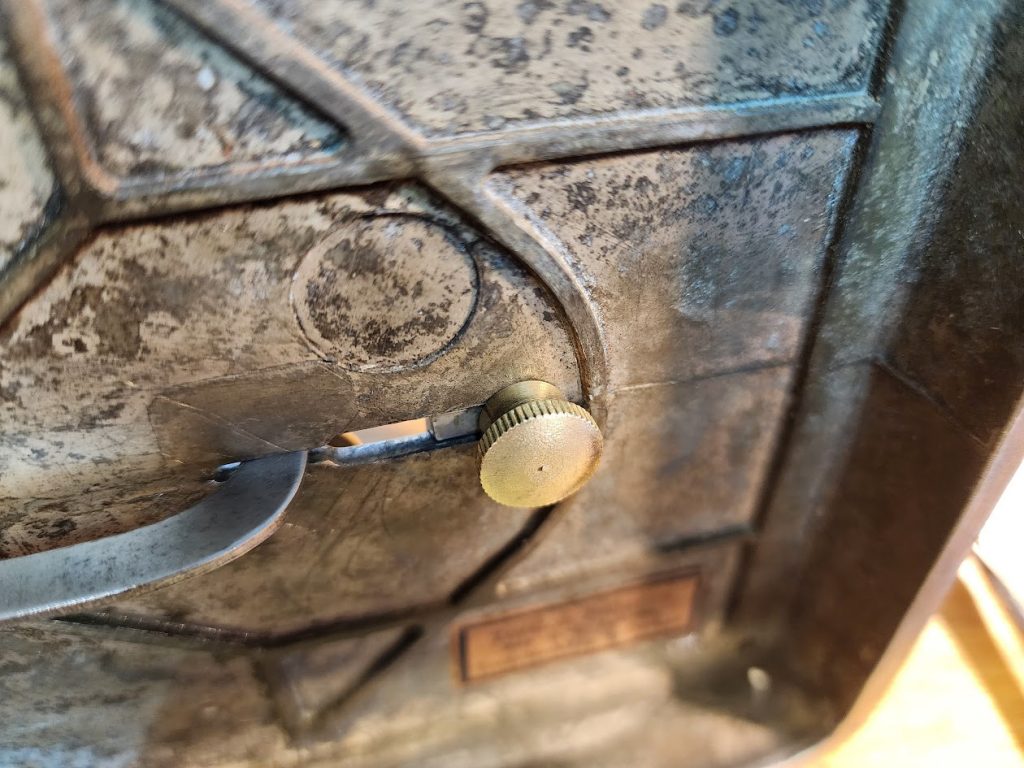
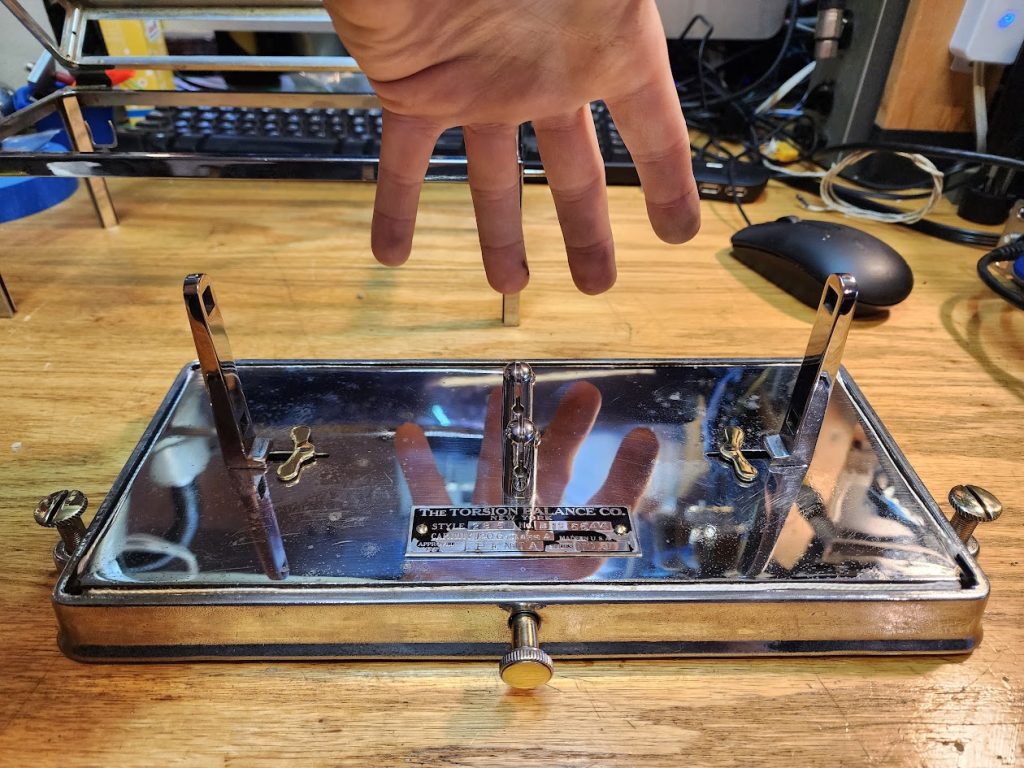
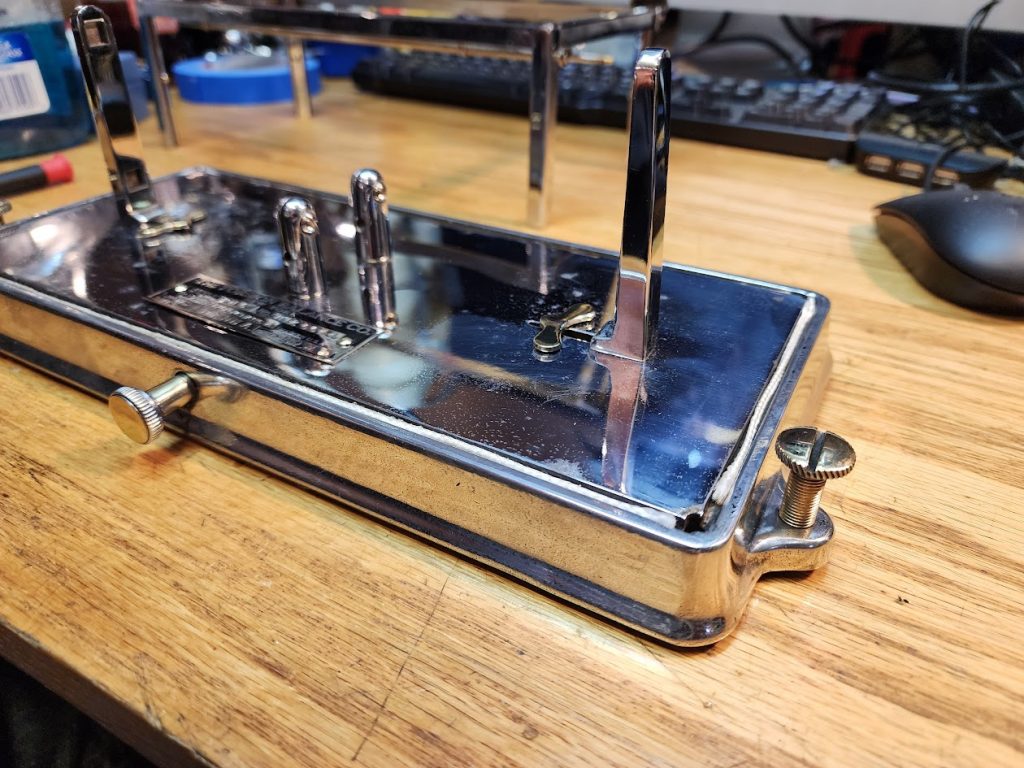
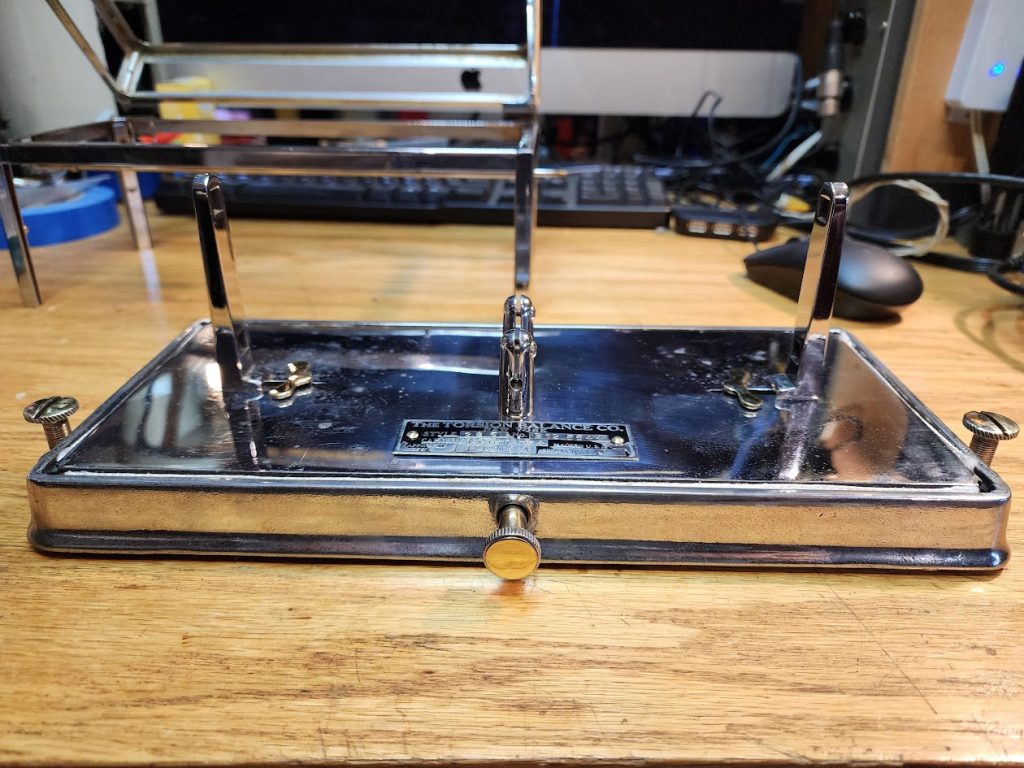
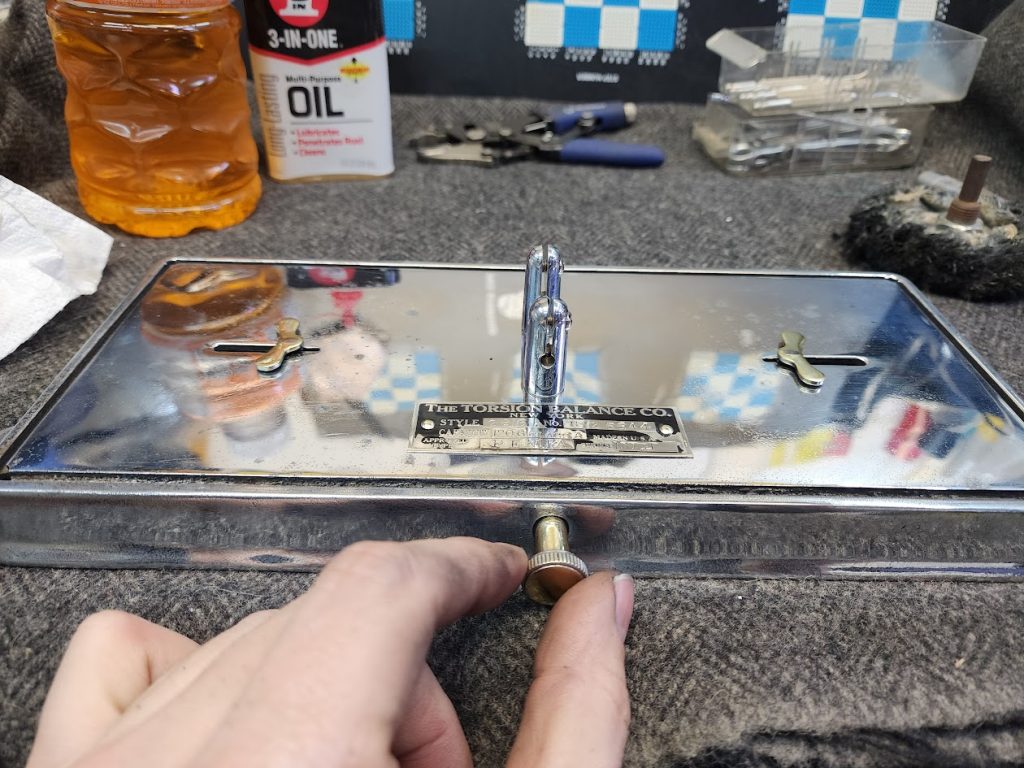
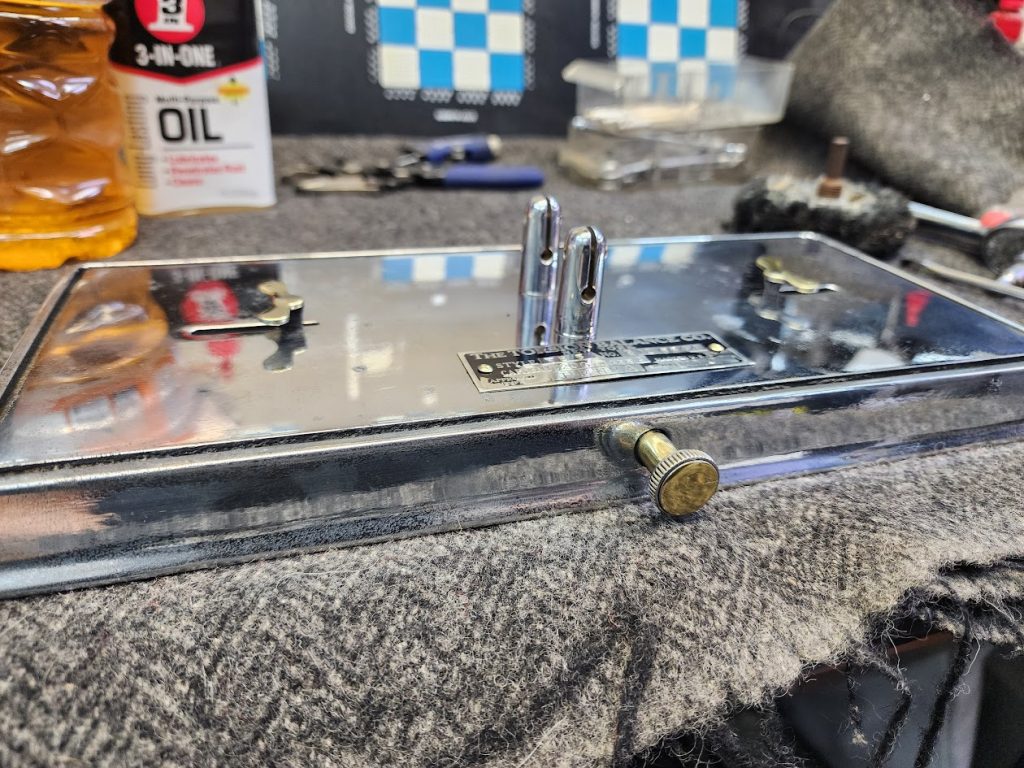
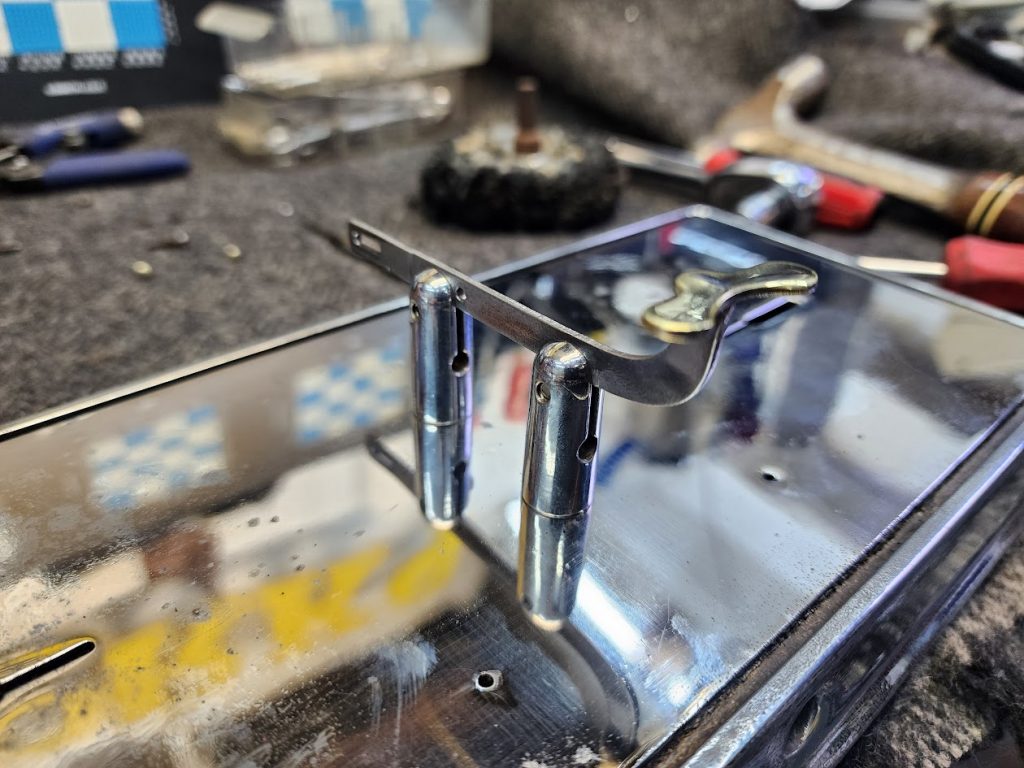
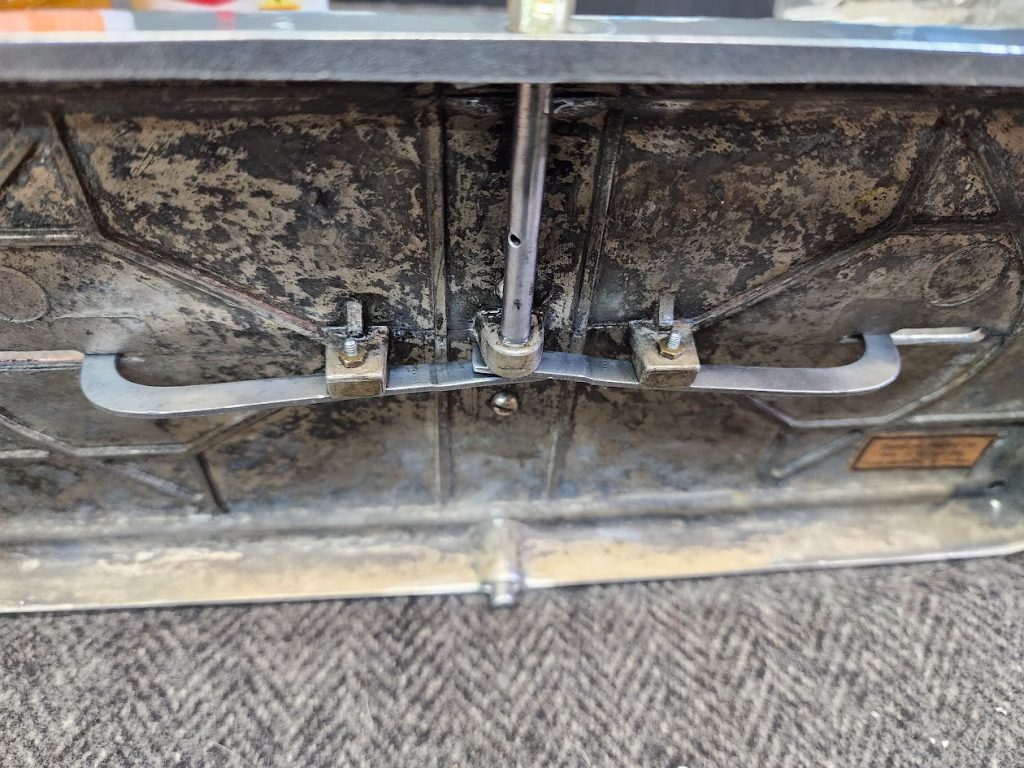
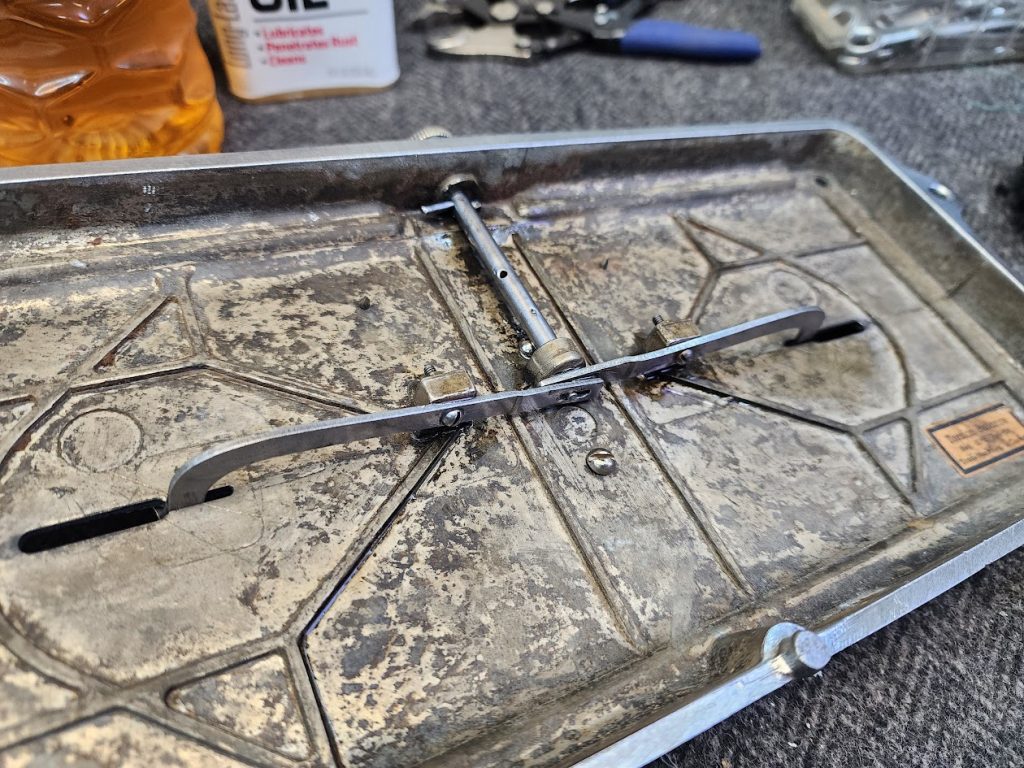
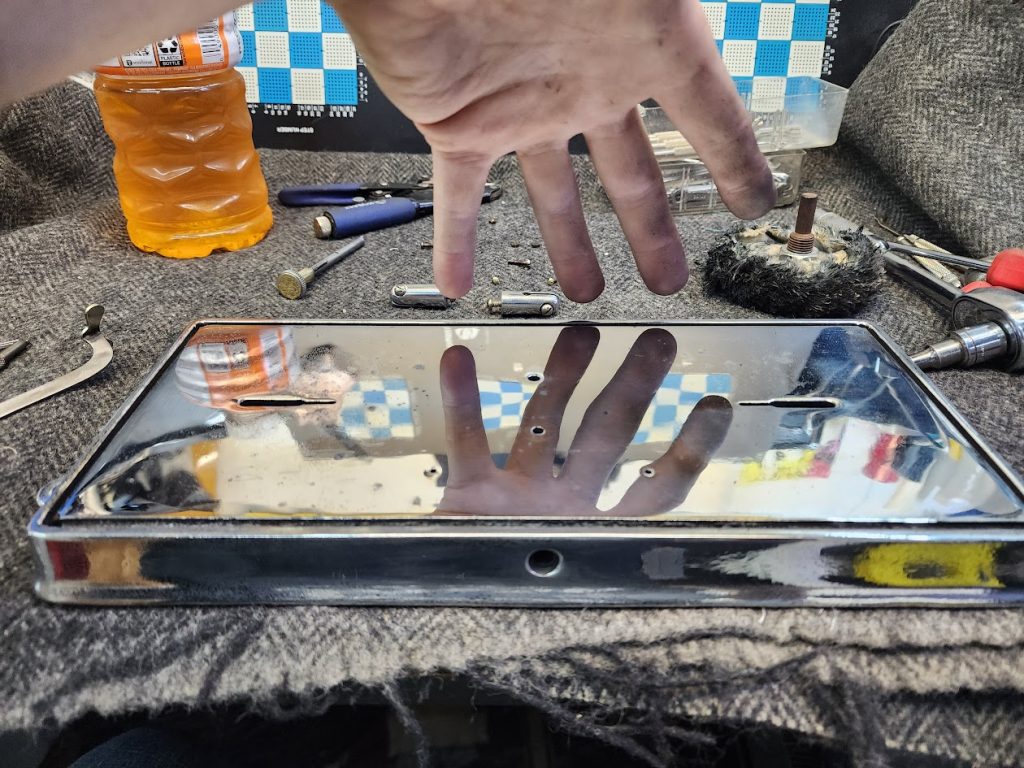
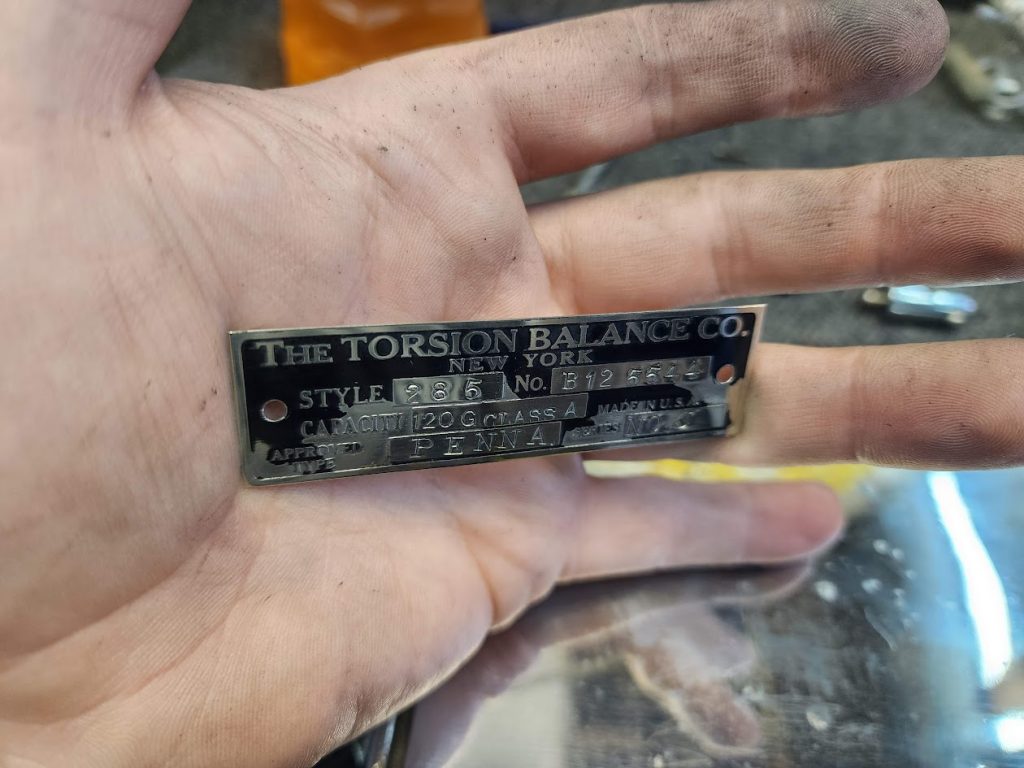
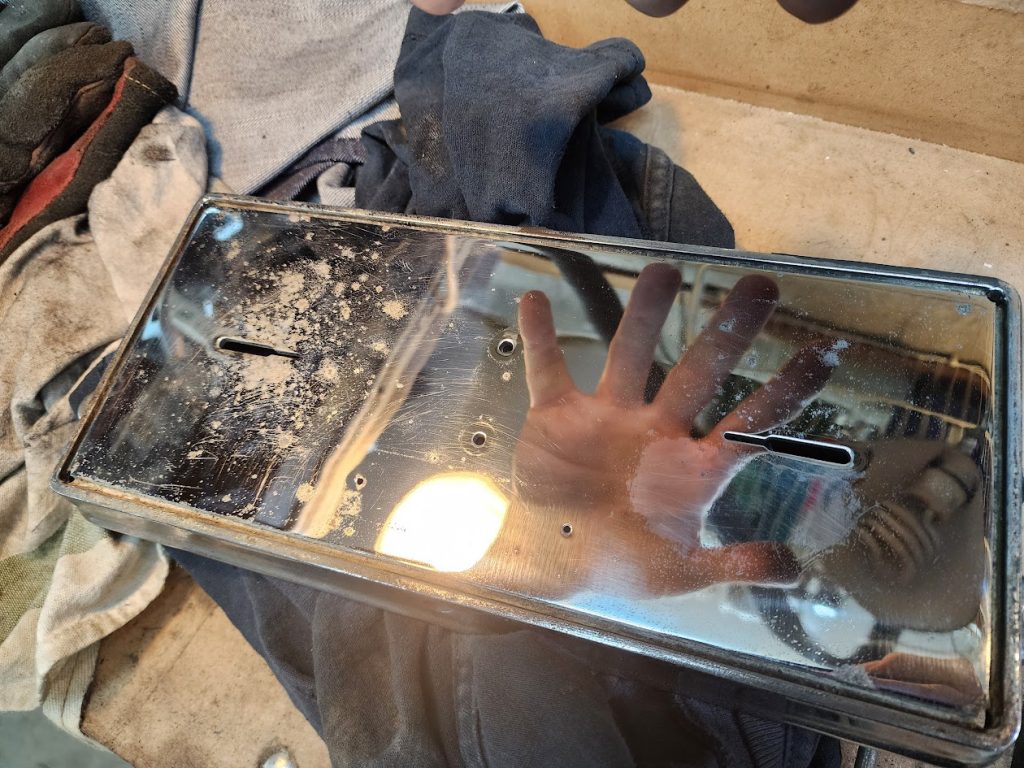
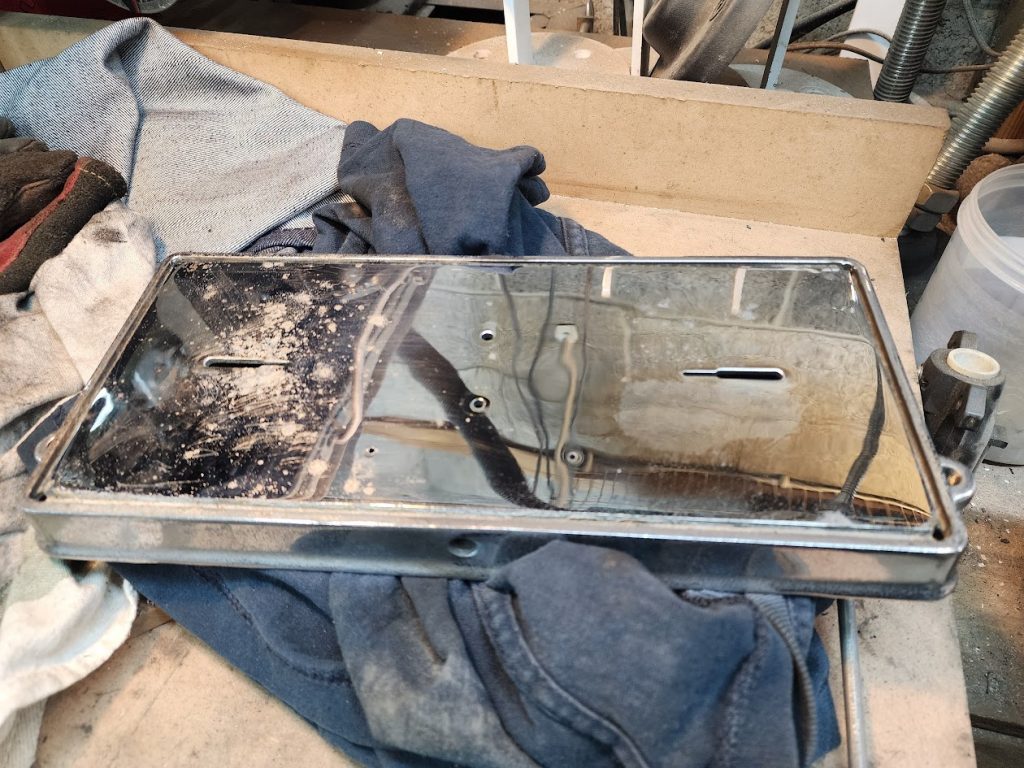
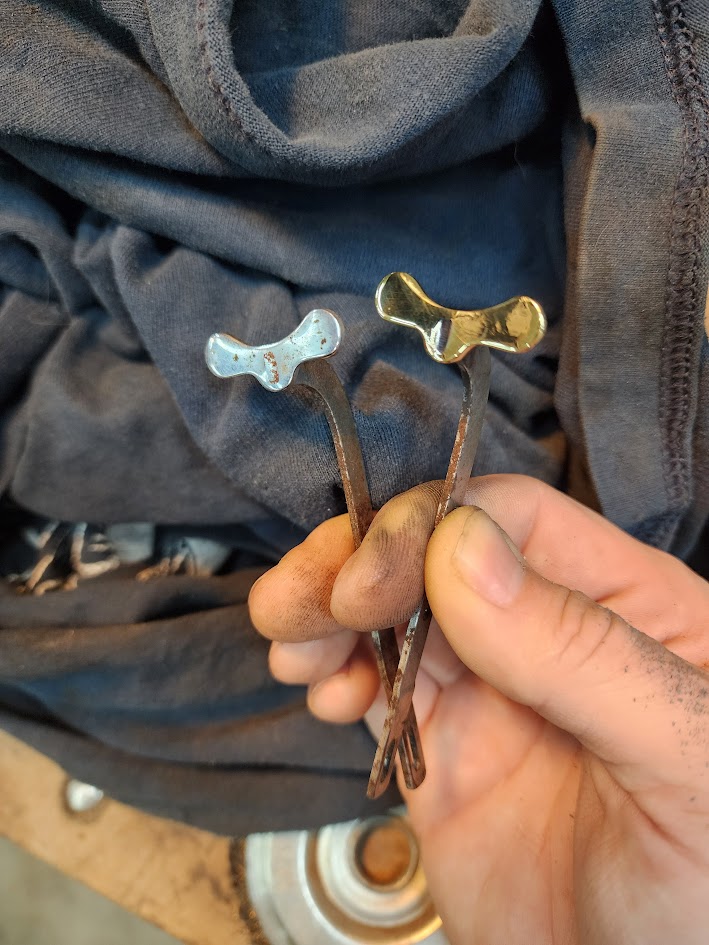
I like the final result! The knobs and balance pads, I went down to the brass underneath to give some accent to the parts. Now the fun part, to learn how to cut glass to replace the broken parts. This was my first time ever cutting glass! What a time to learn, there where bevel cuts, holes, and thin strips! Only broke one panel in the process. So calling that a win! The glass was taken from a thrift store find picture frame of about the same vintage so it would be historically correct.
To learn how to cut the glass I went to my library and went to my Do-It-Yourself Encyclopedia! These have a vast array of know how, and are a great resource. Here is the section I used on glass cutting!
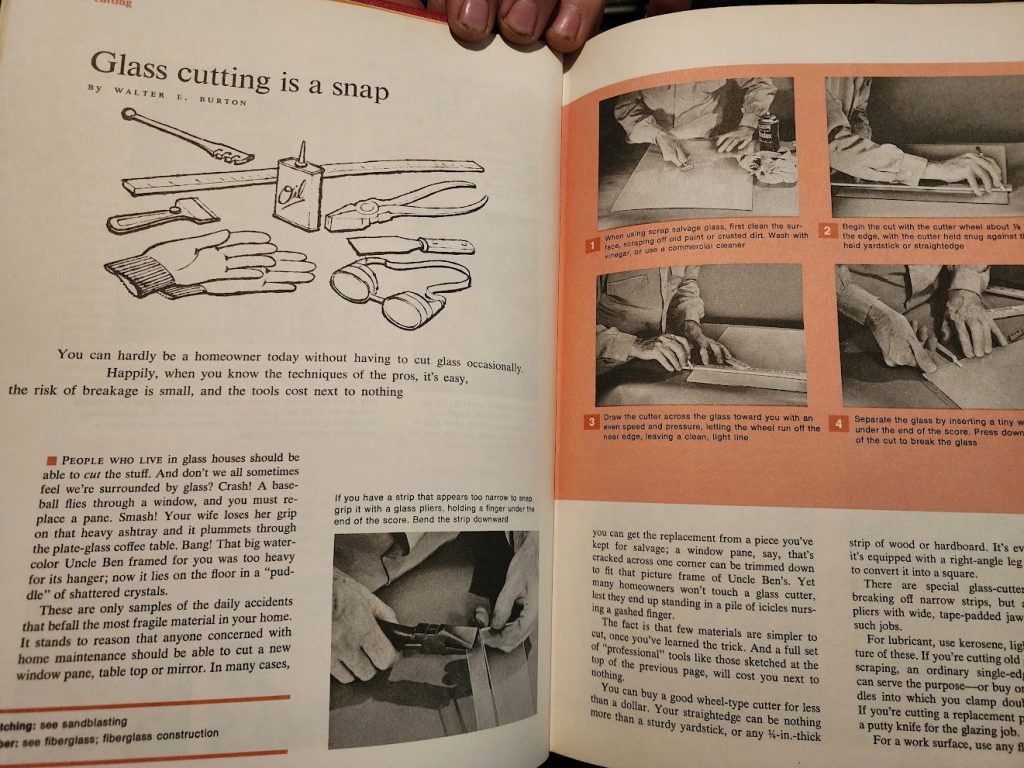
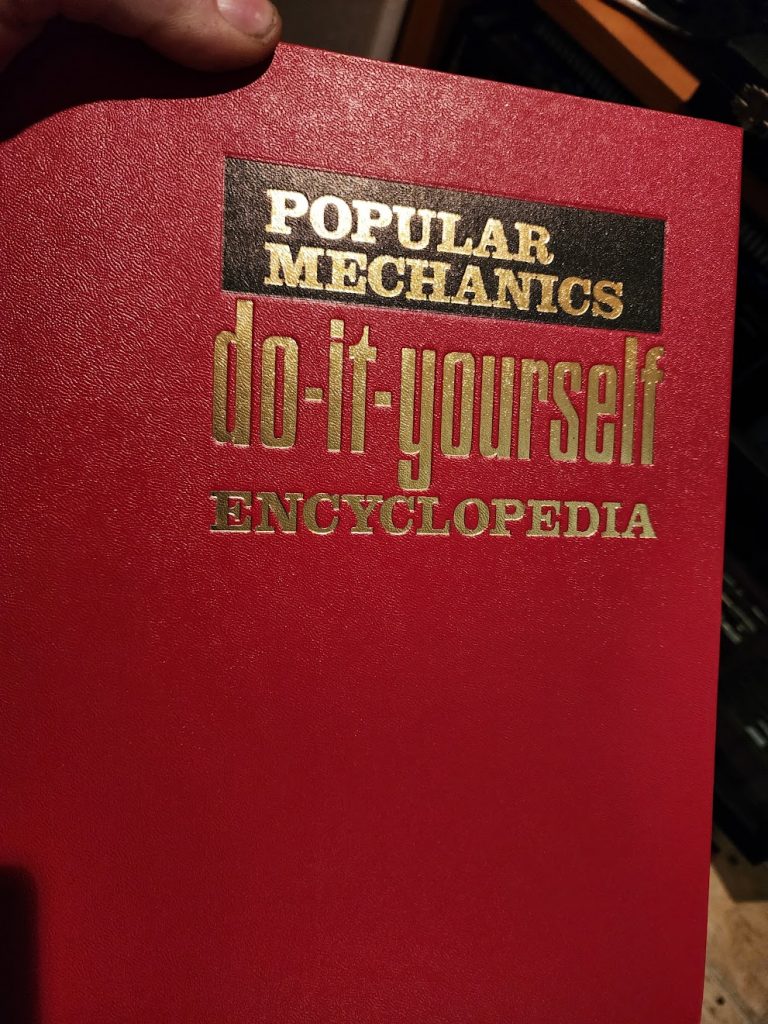
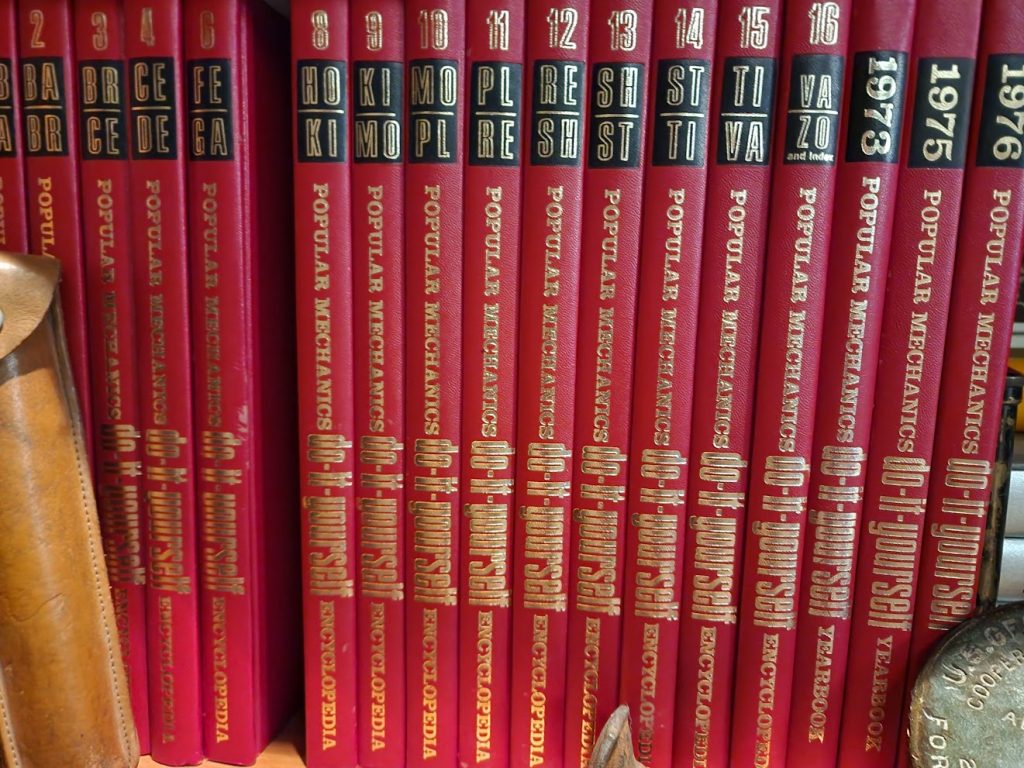
I will have to a separate post on these some day! But for now, my glass cutting results!
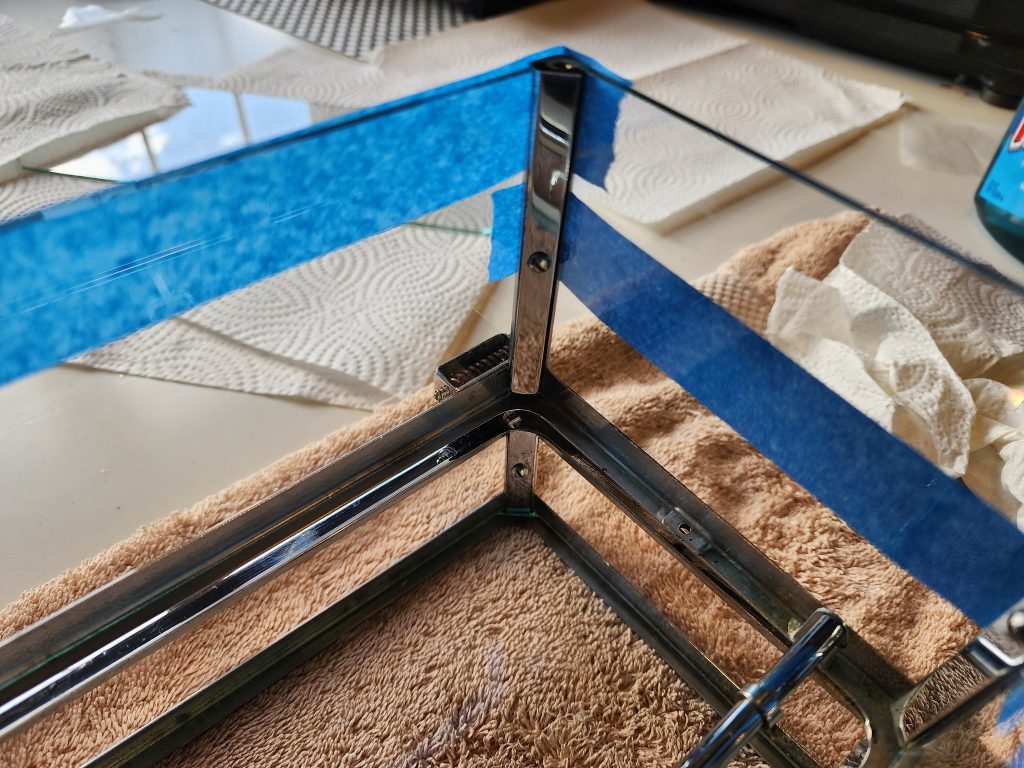
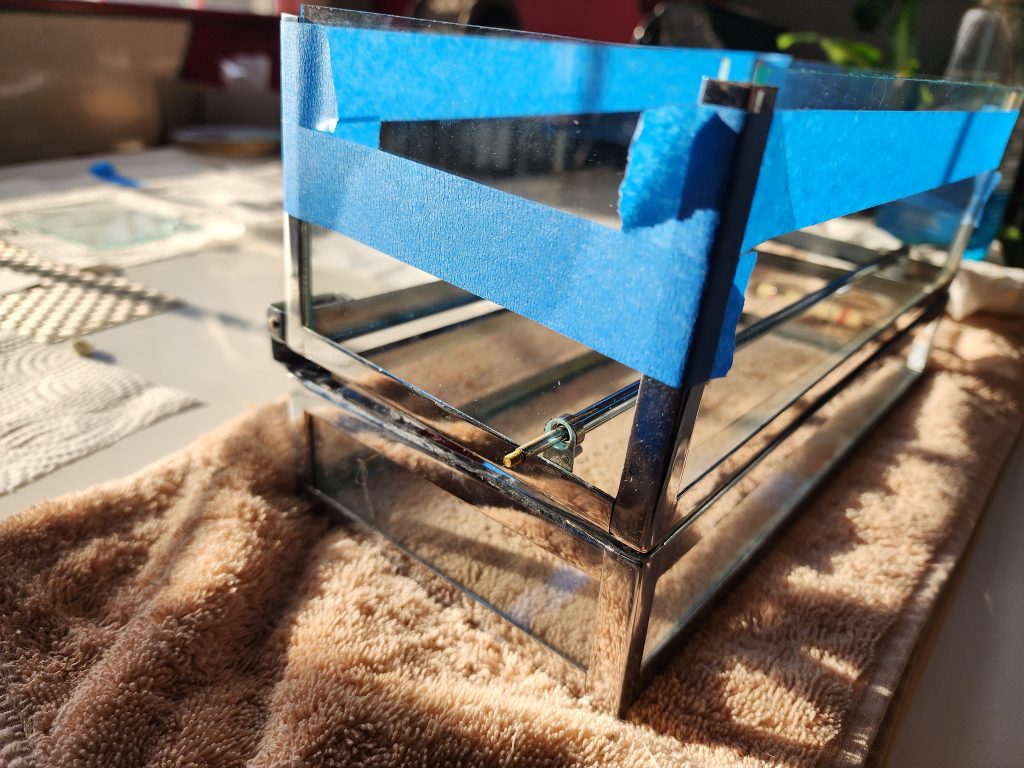
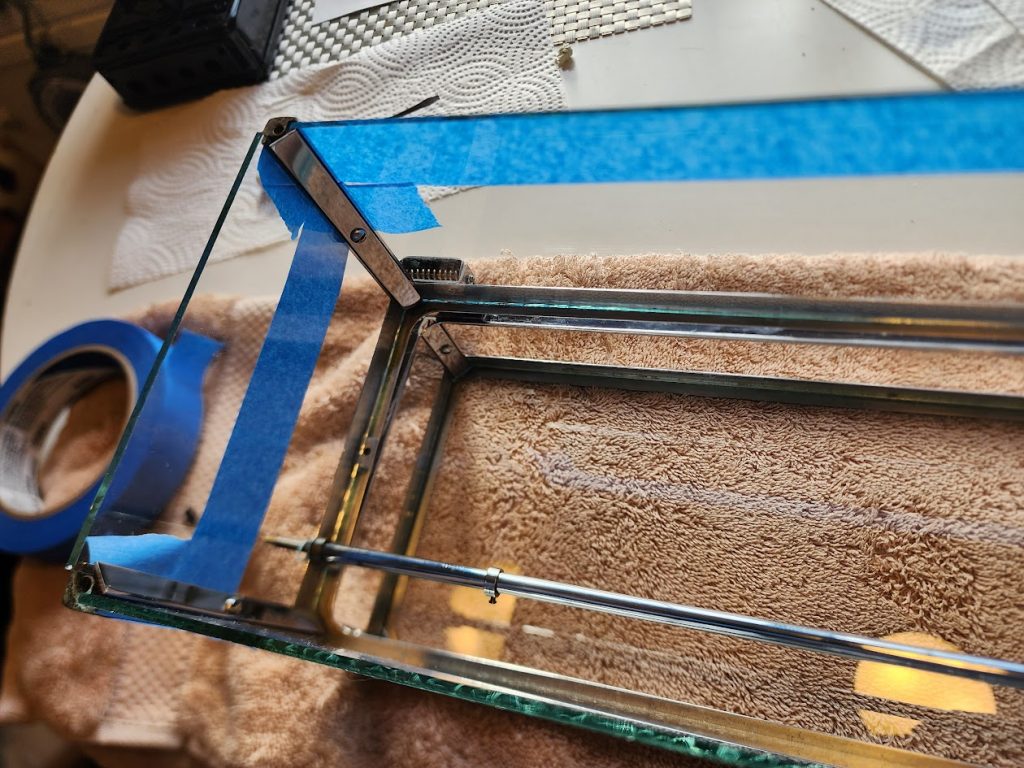
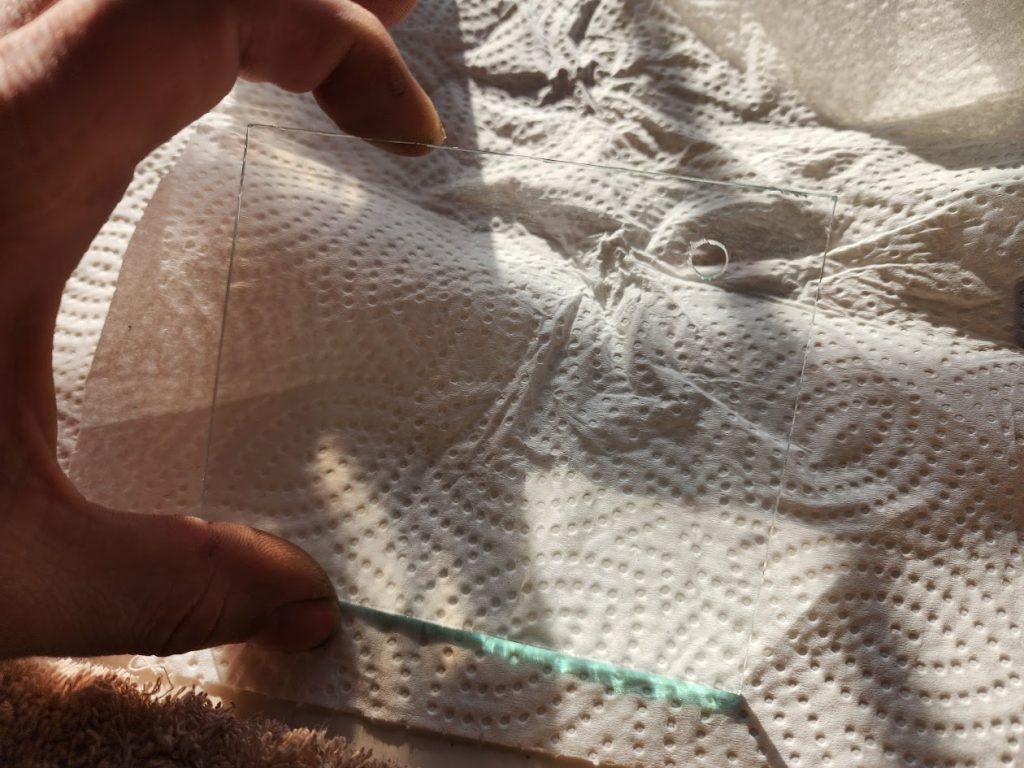
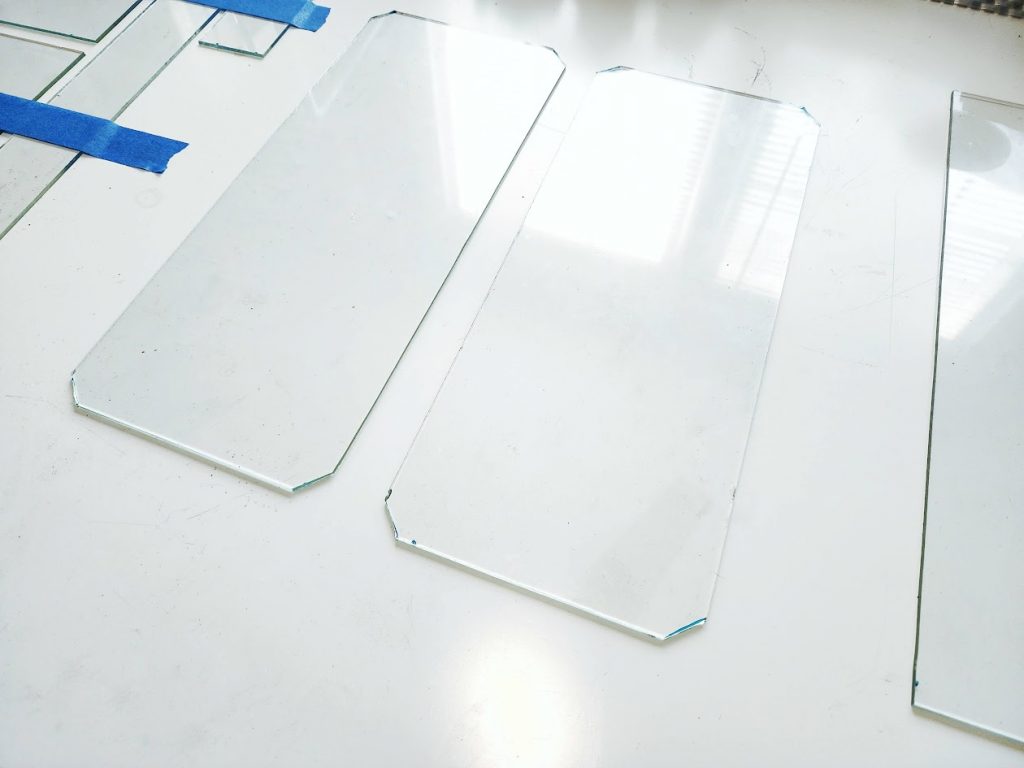
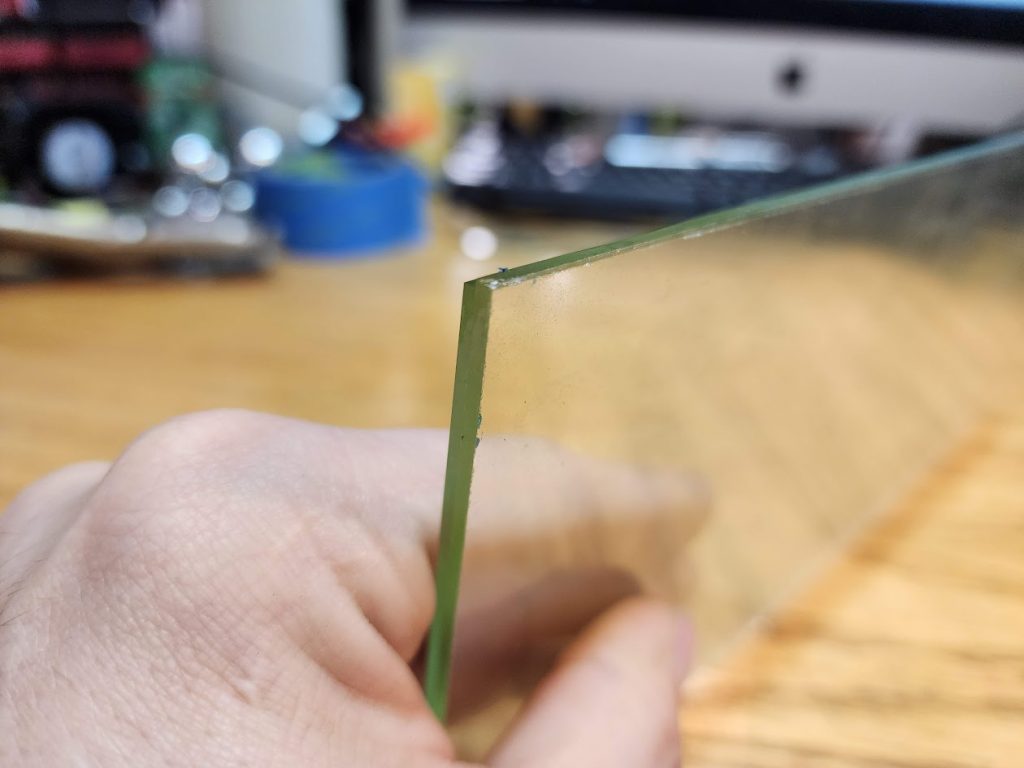
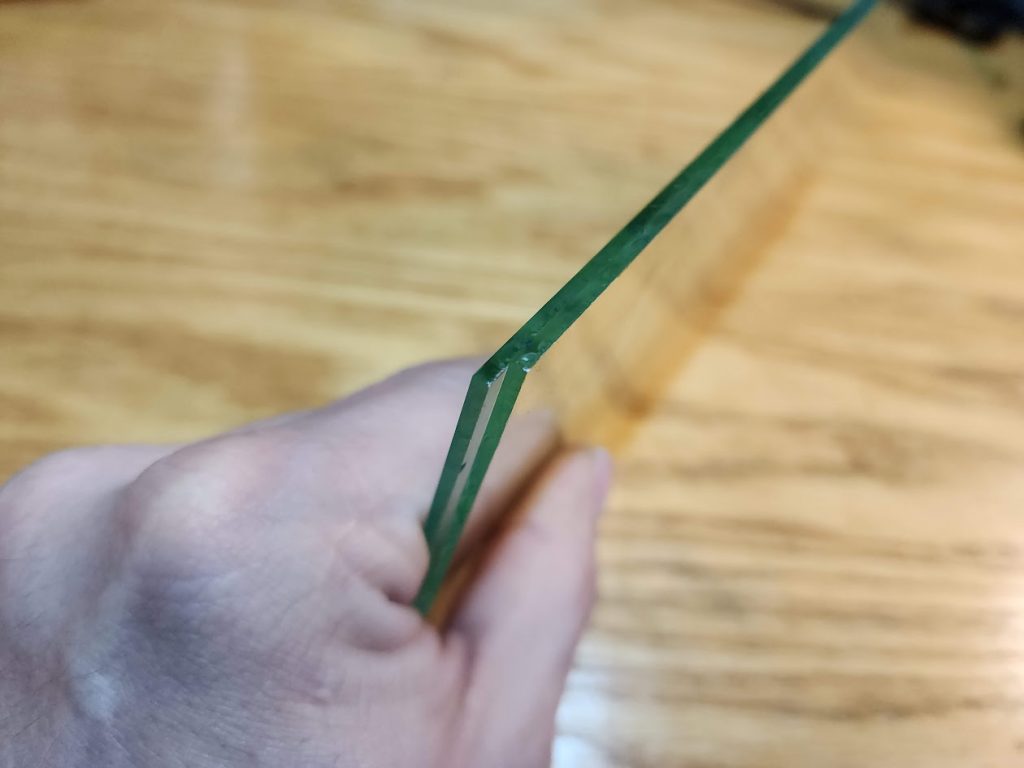
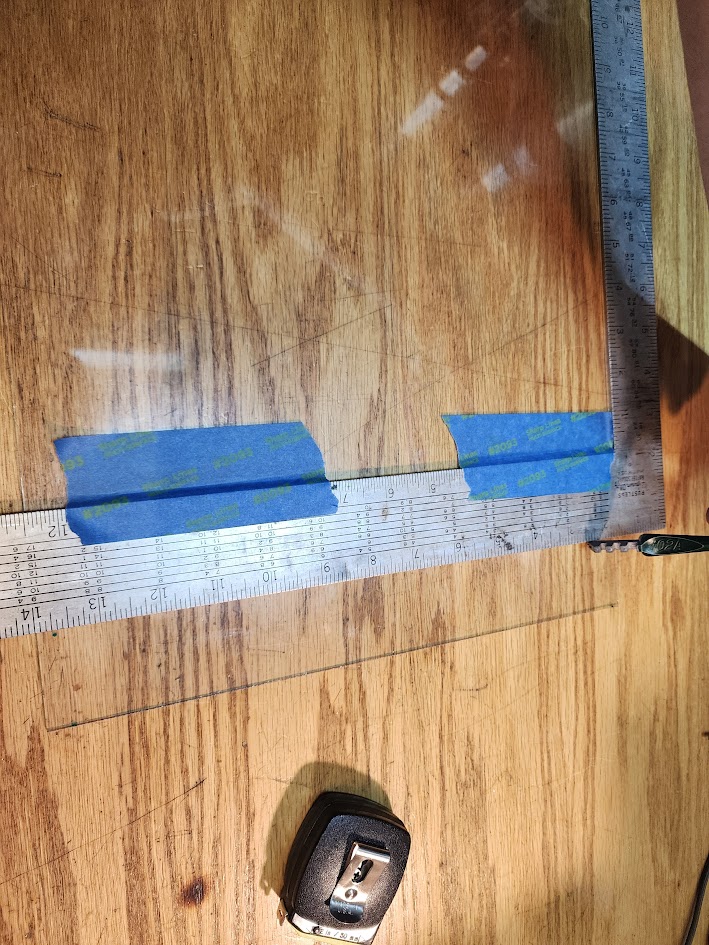
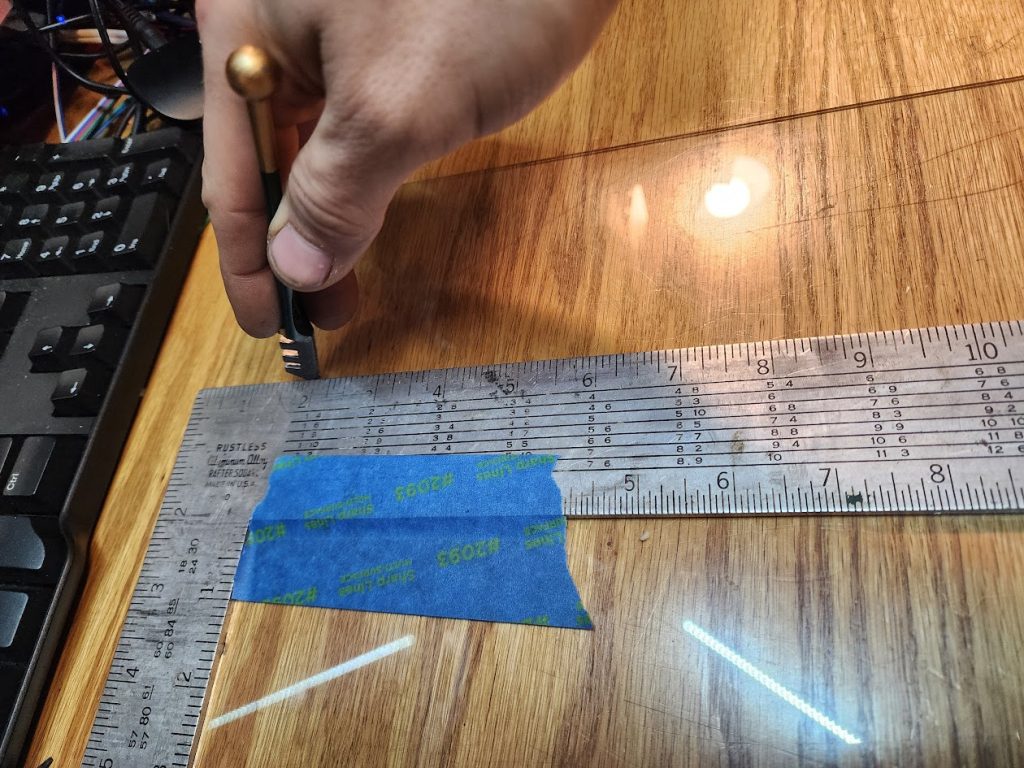
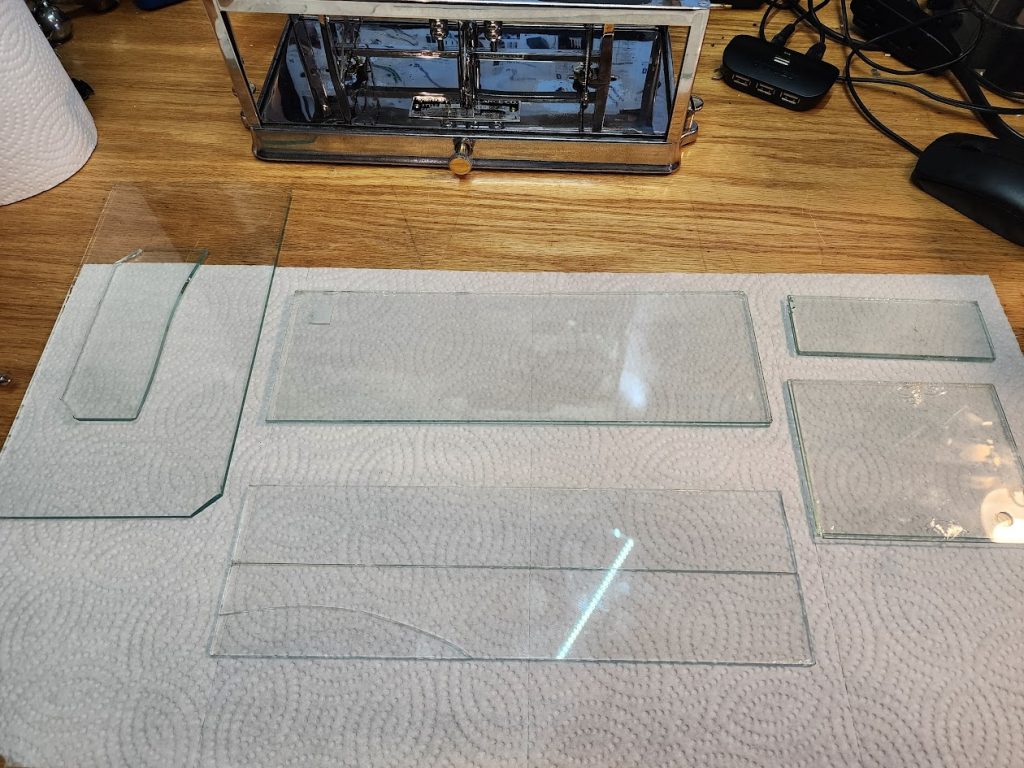
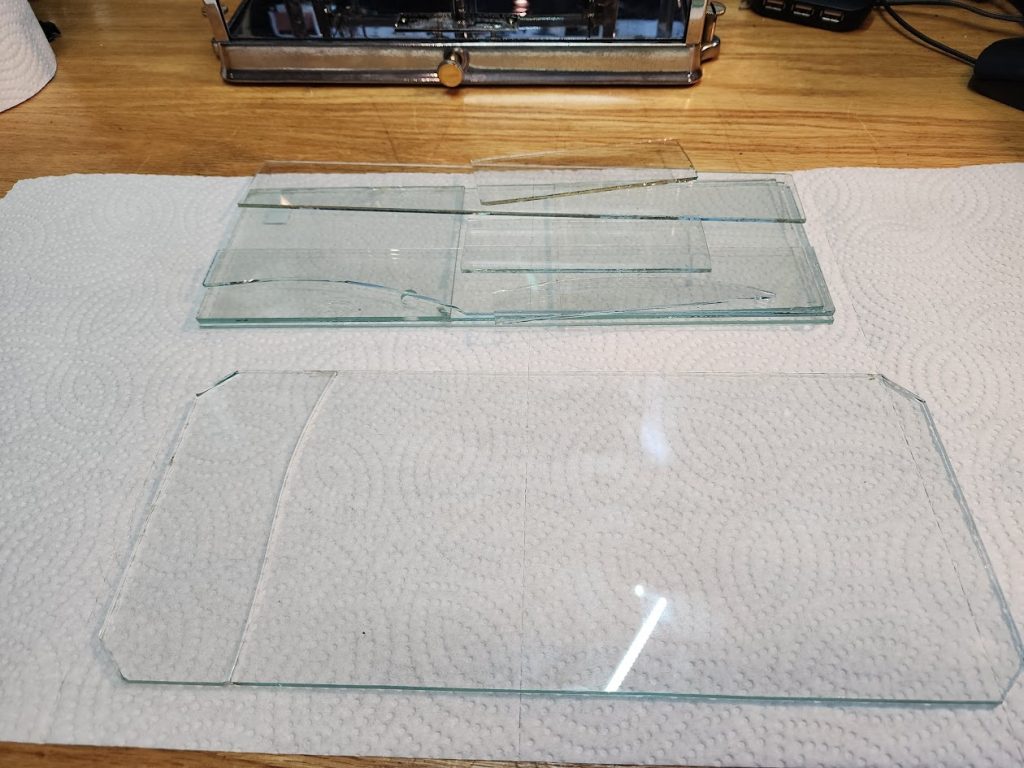
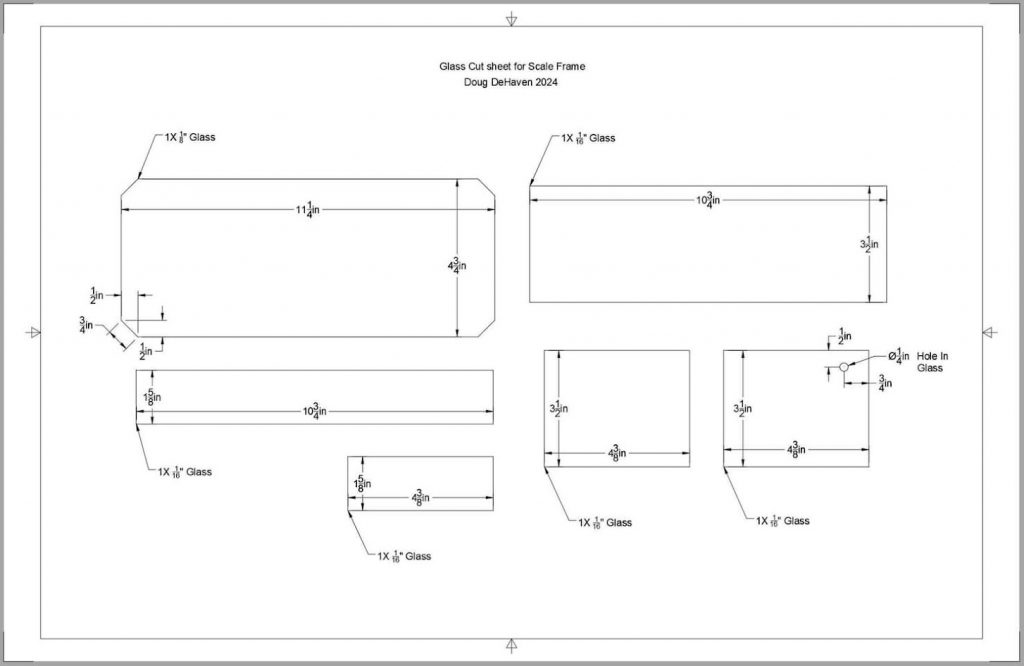
I even made a cut sheet, so if anyone else does this they will have the measurements!
Now lets see what it looks like all put together!
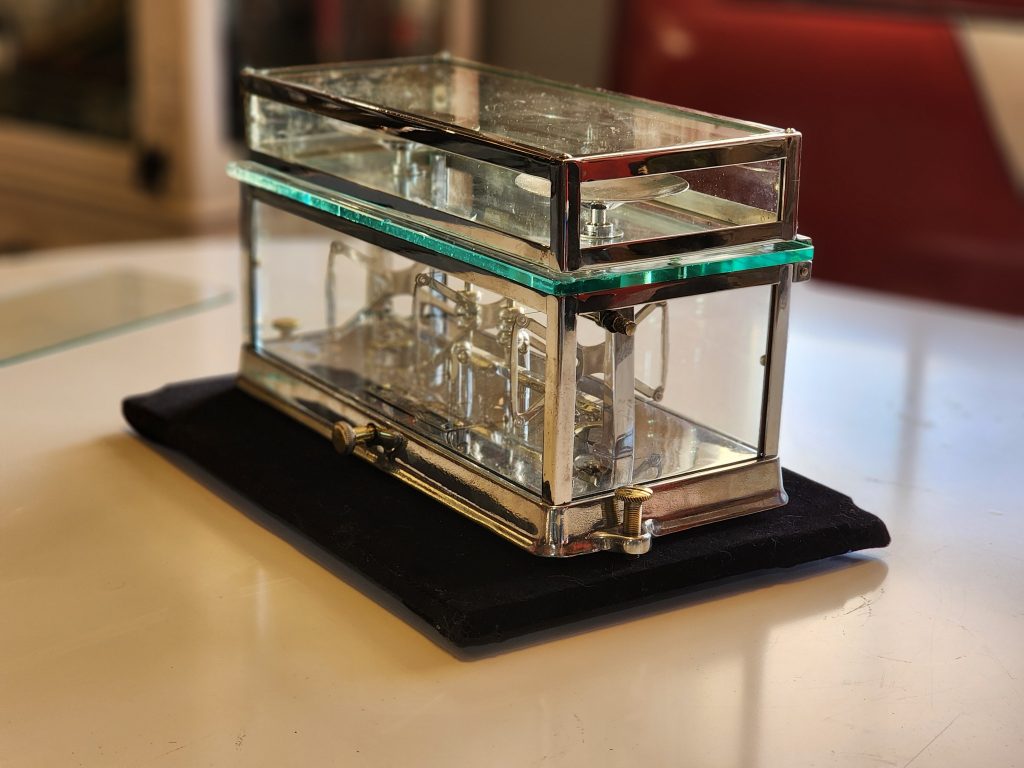
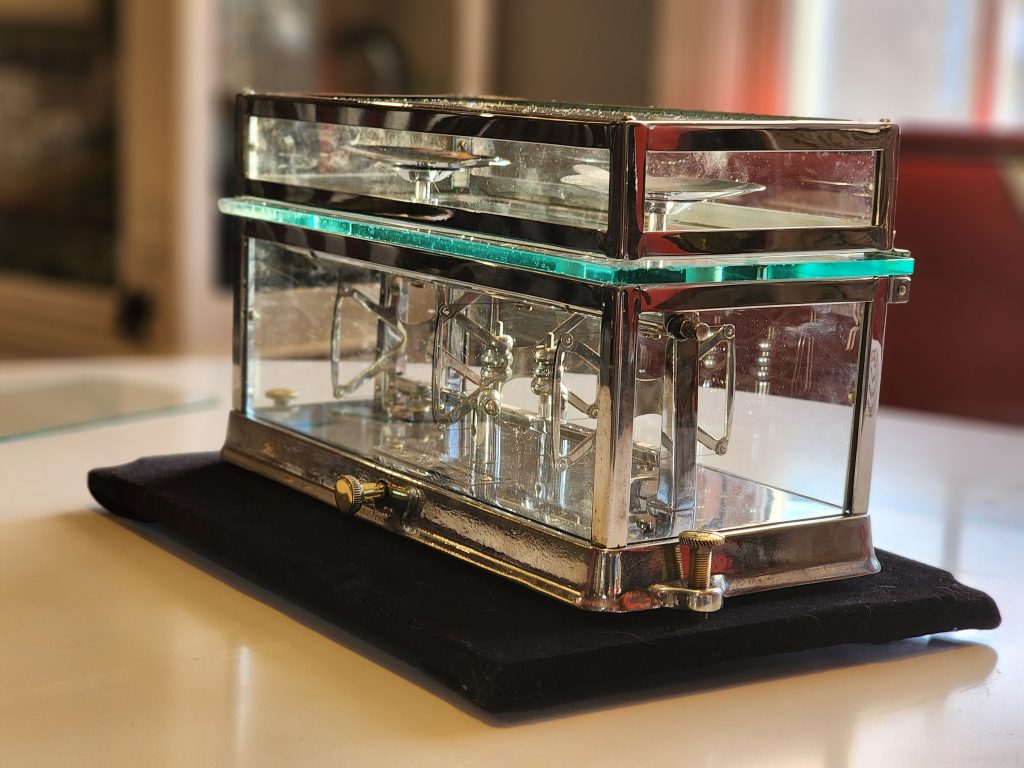
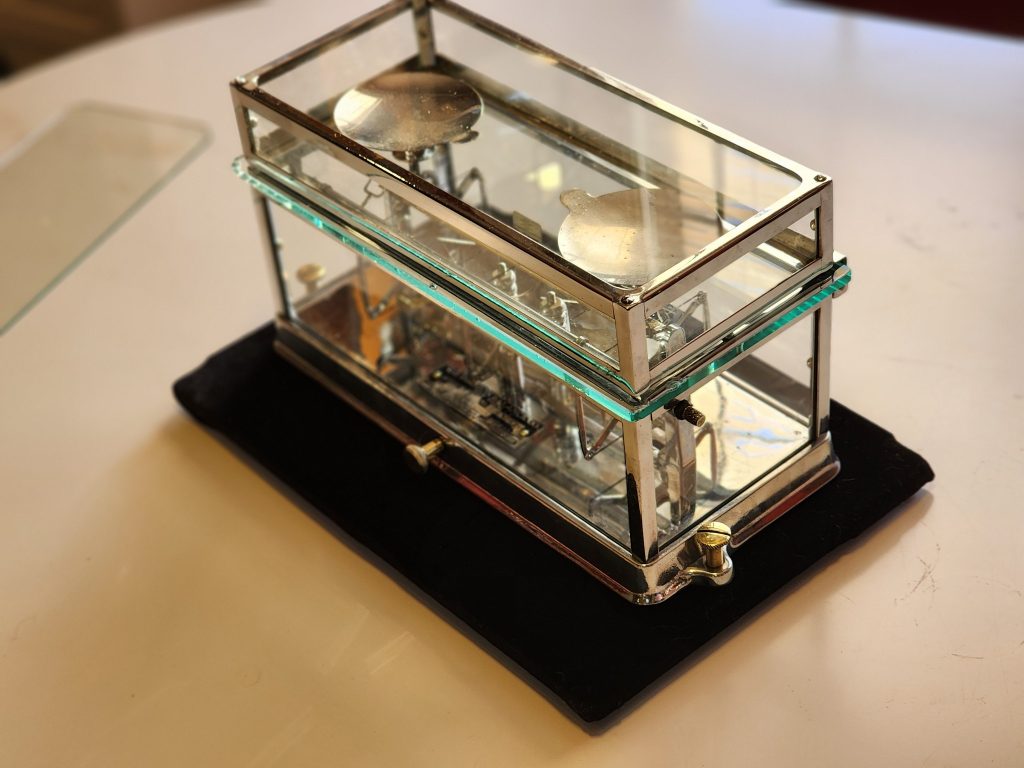
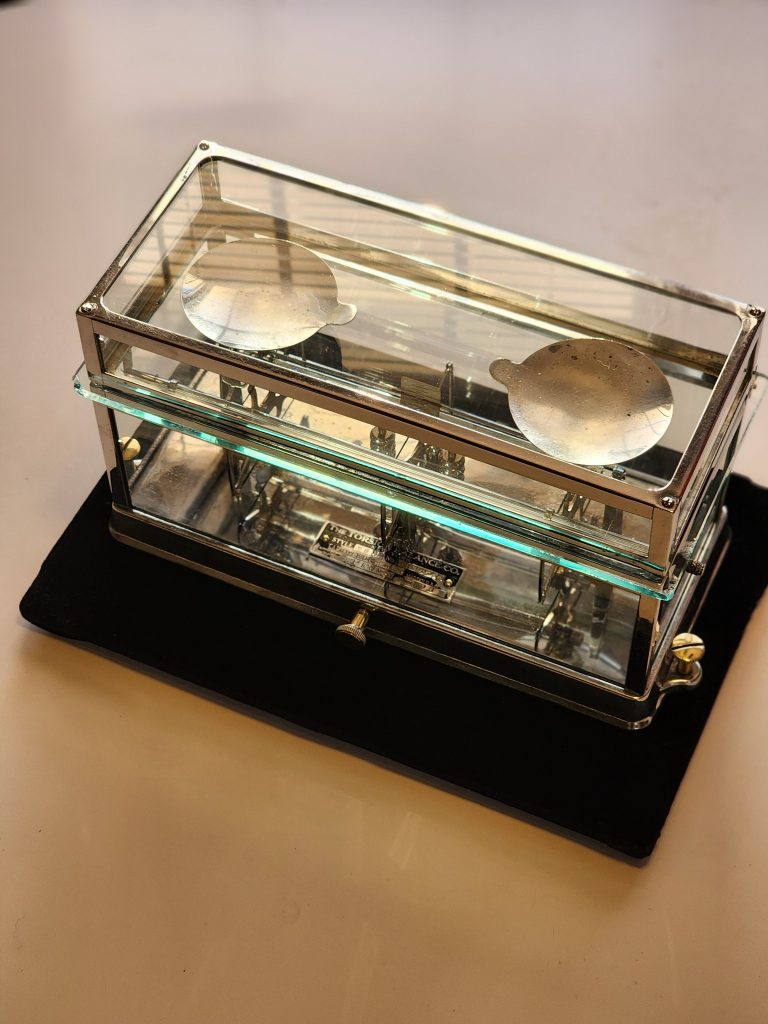
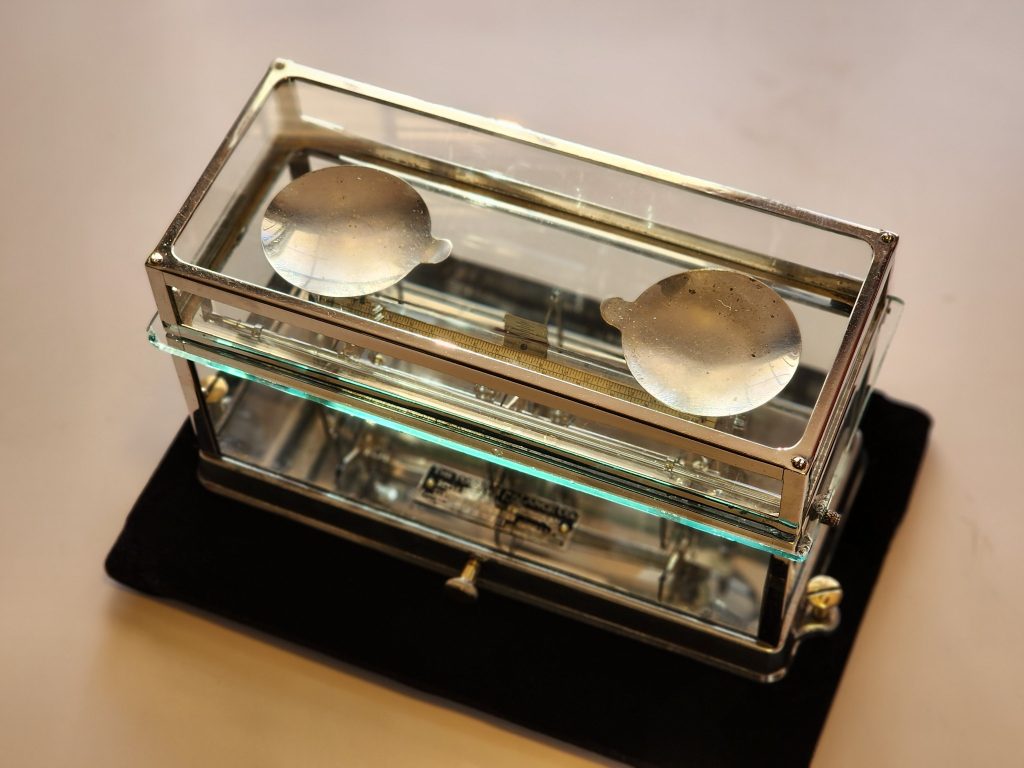
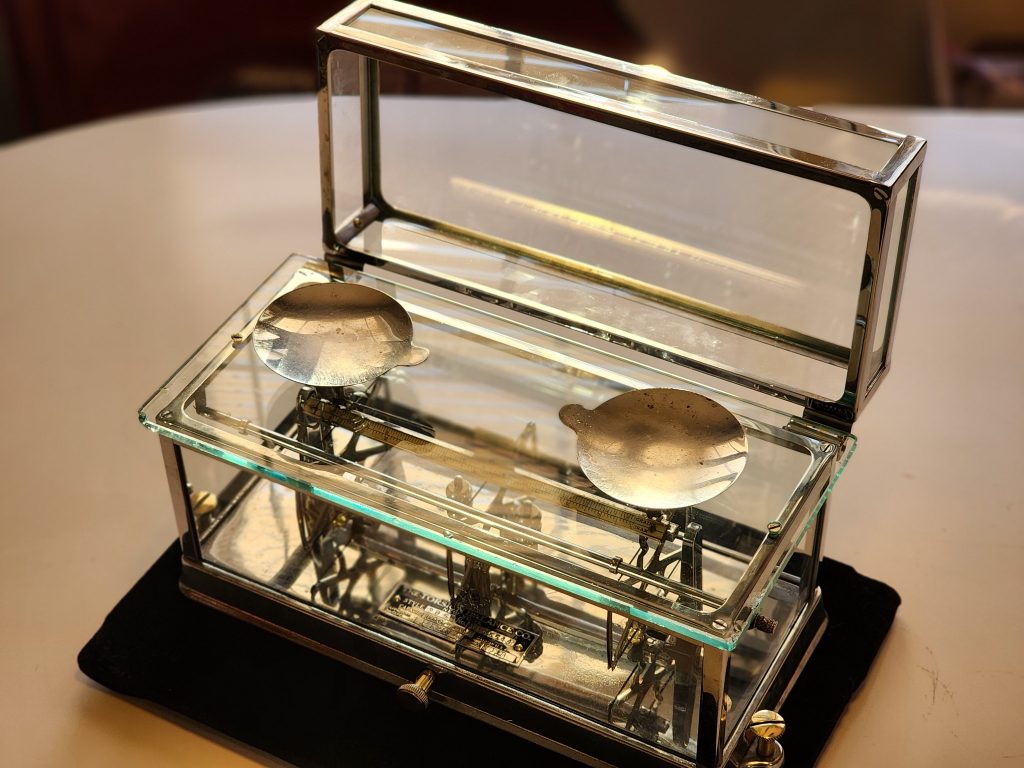
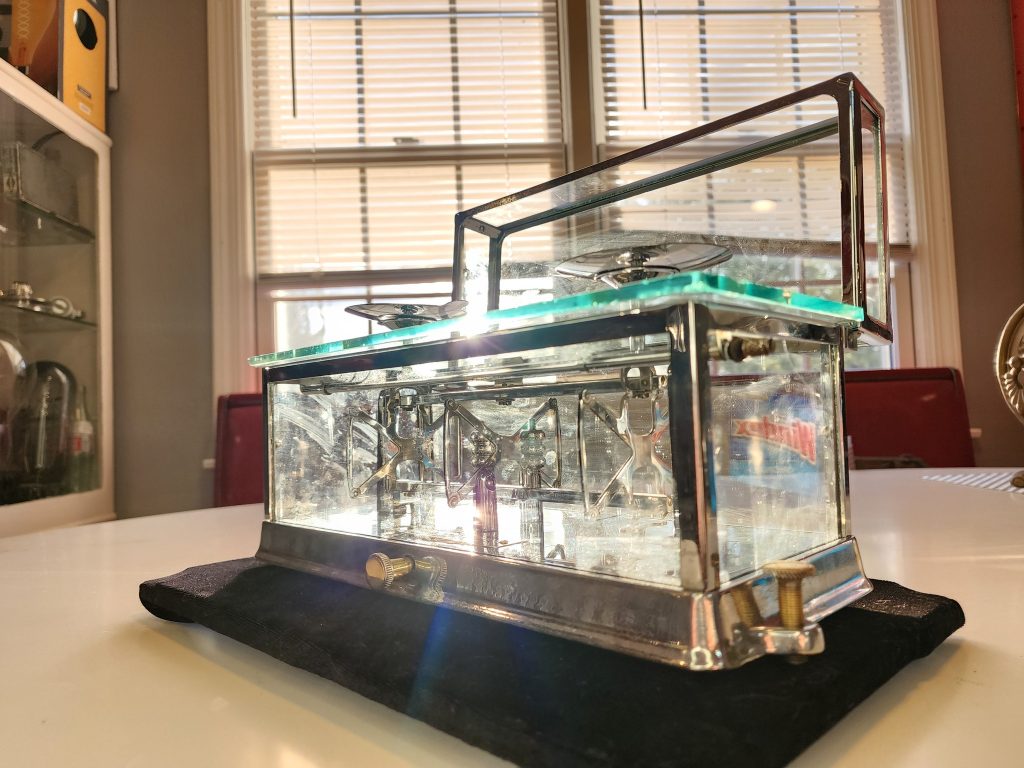
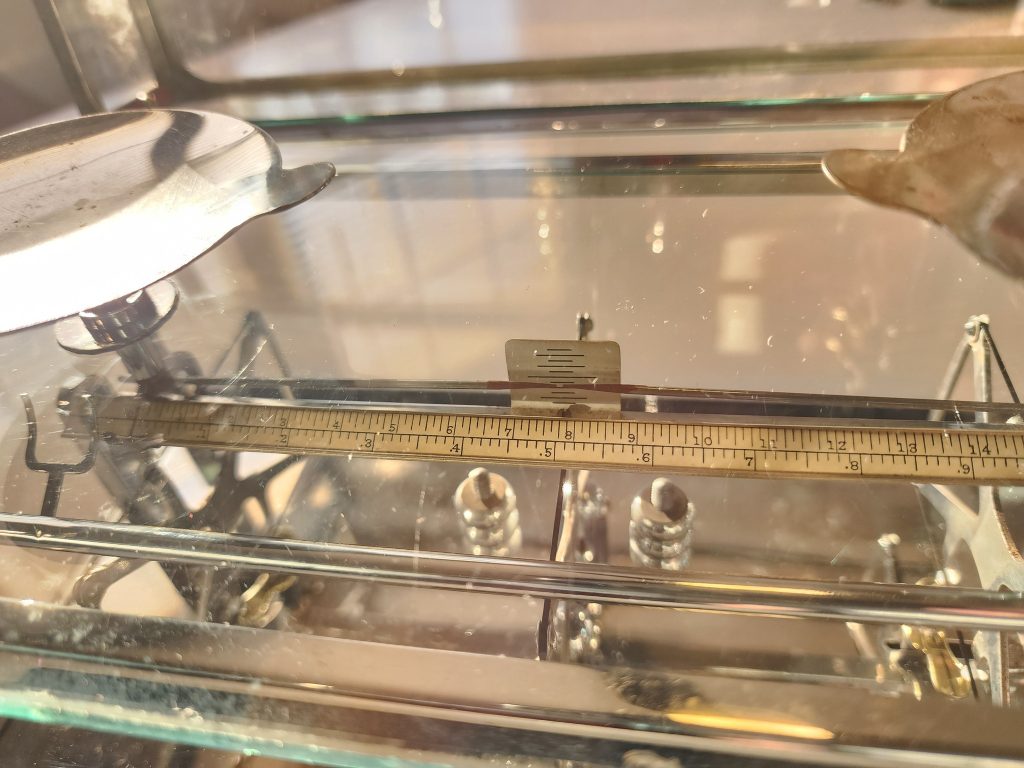
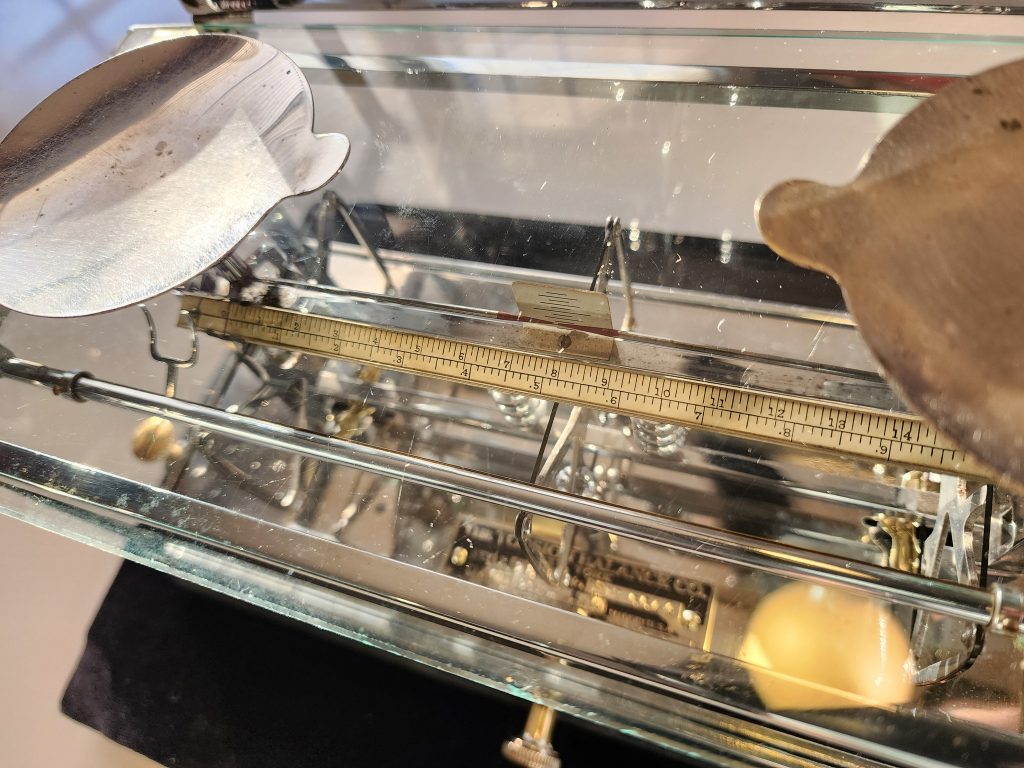
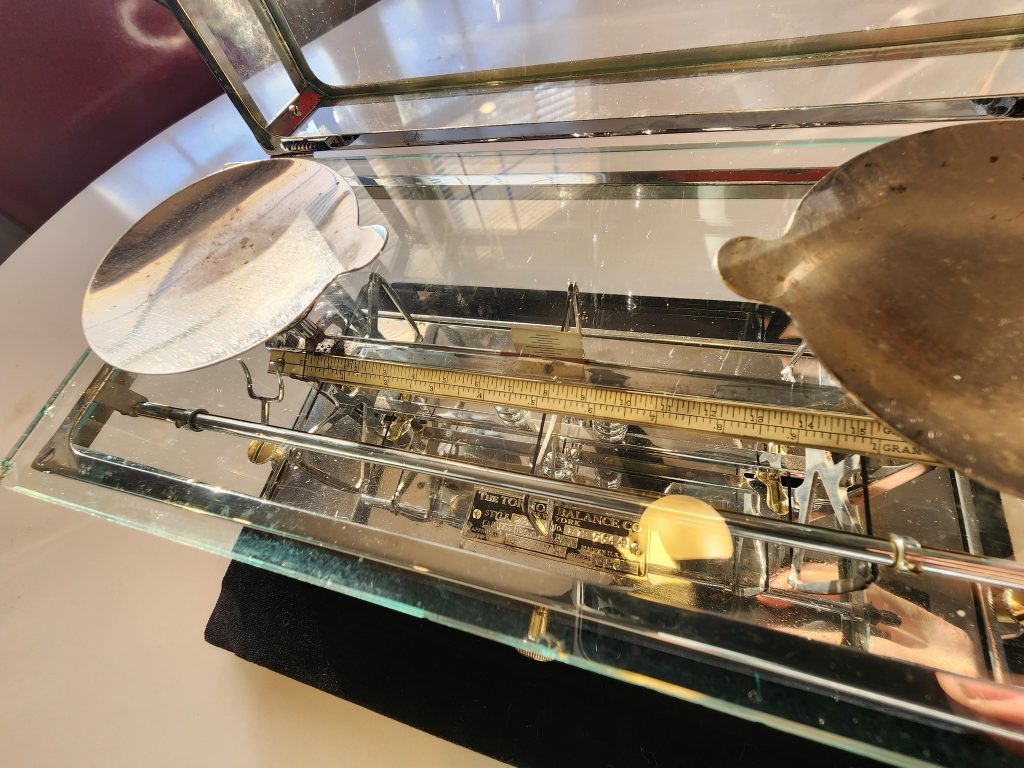
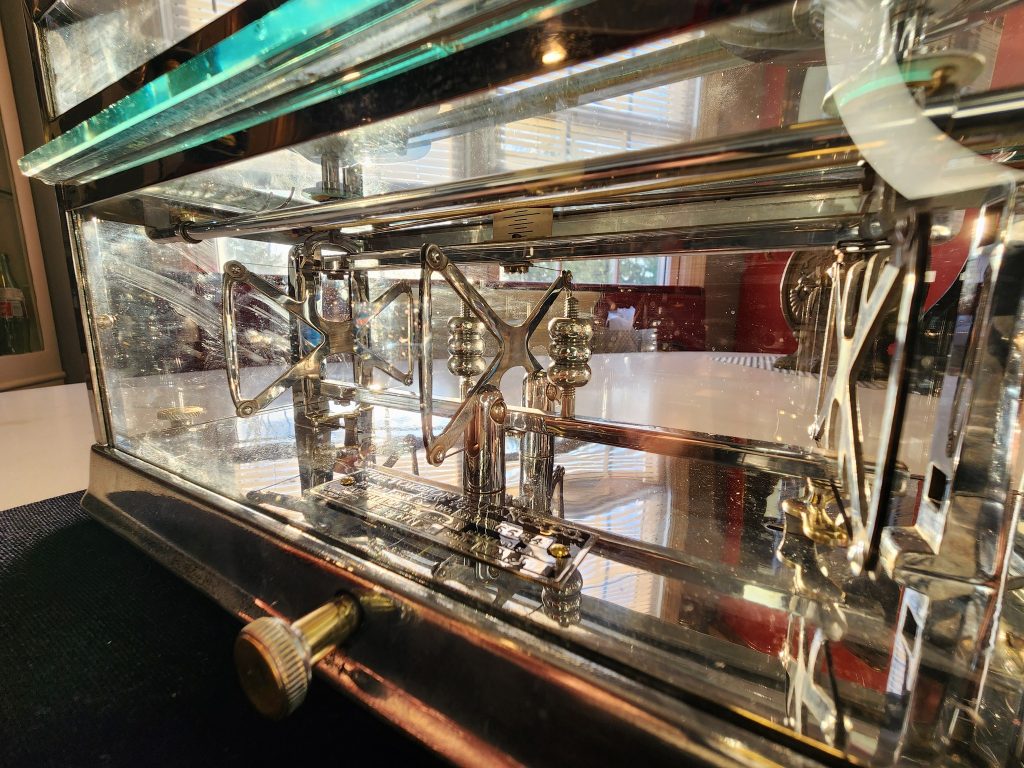
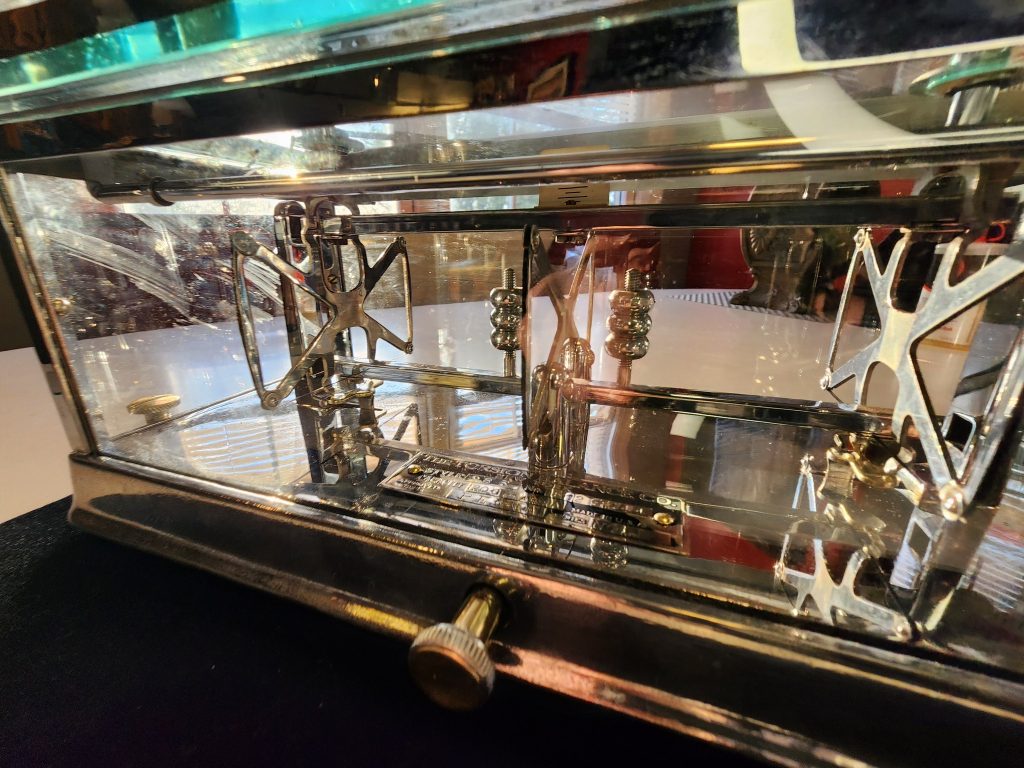
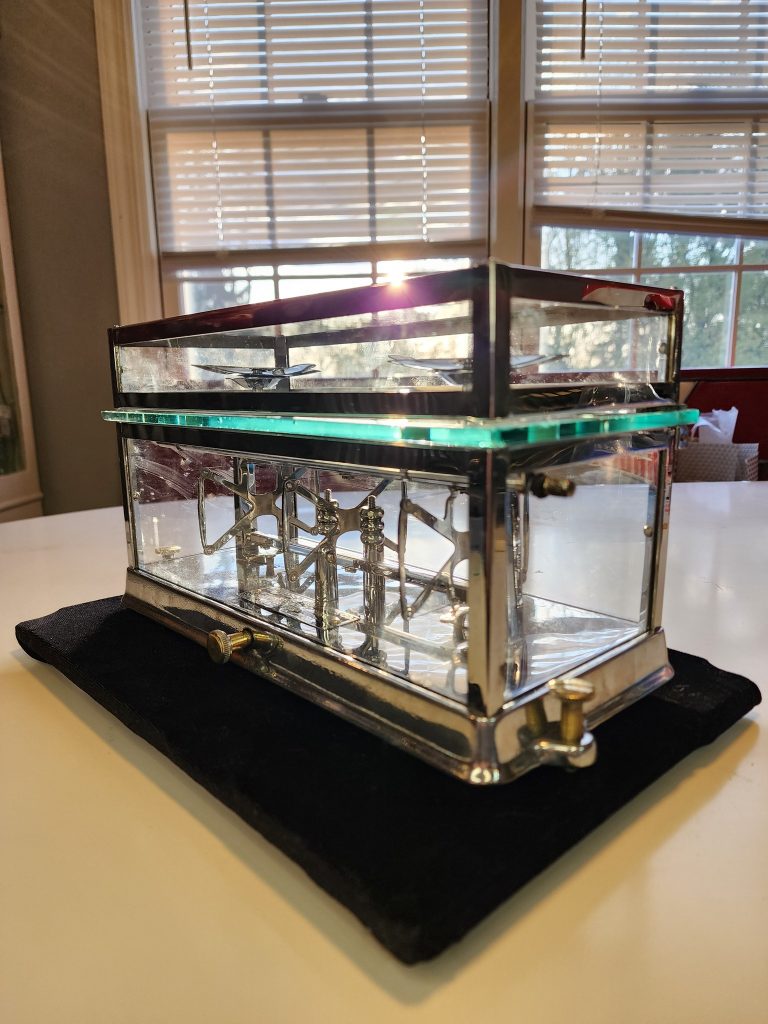
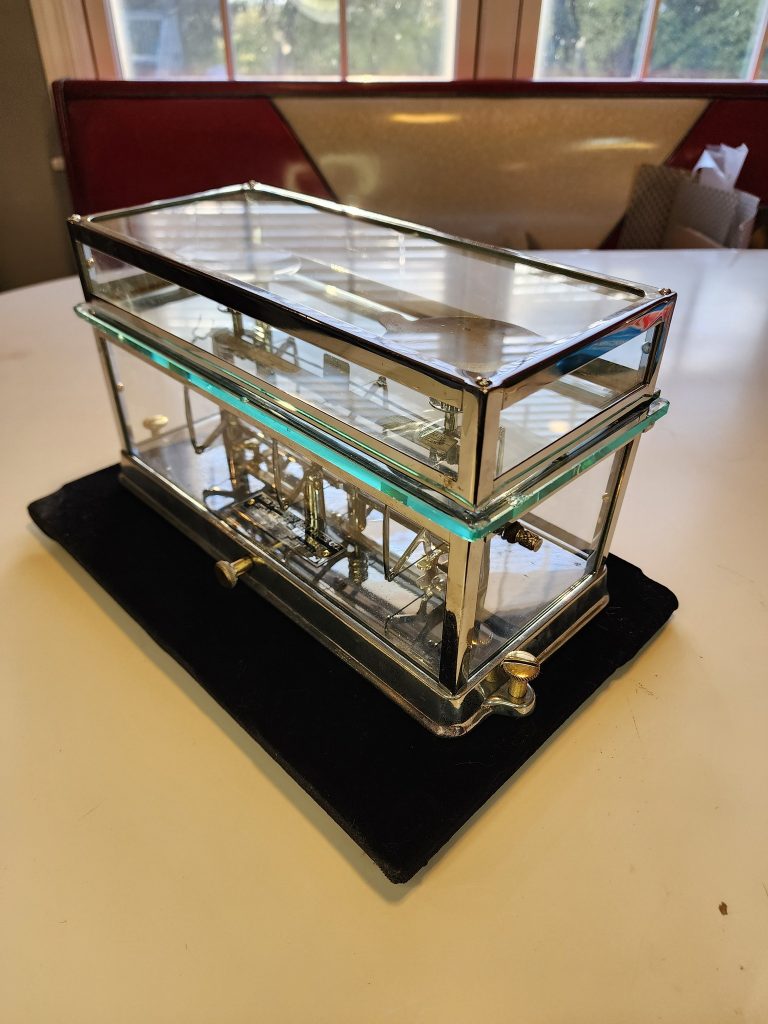
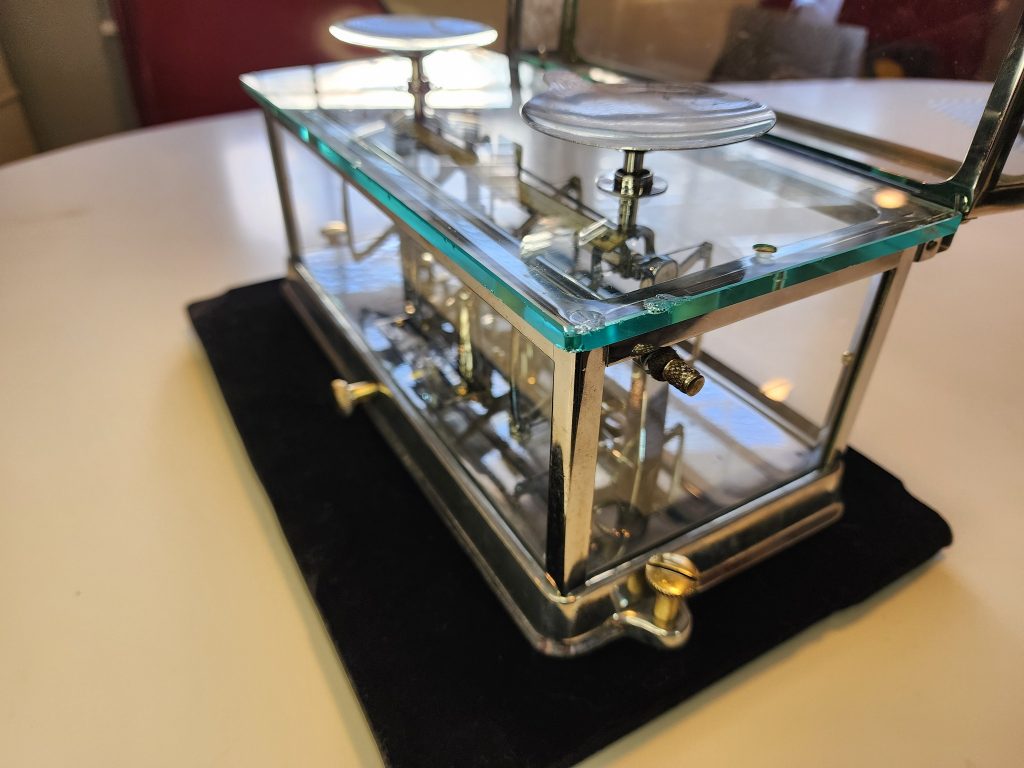
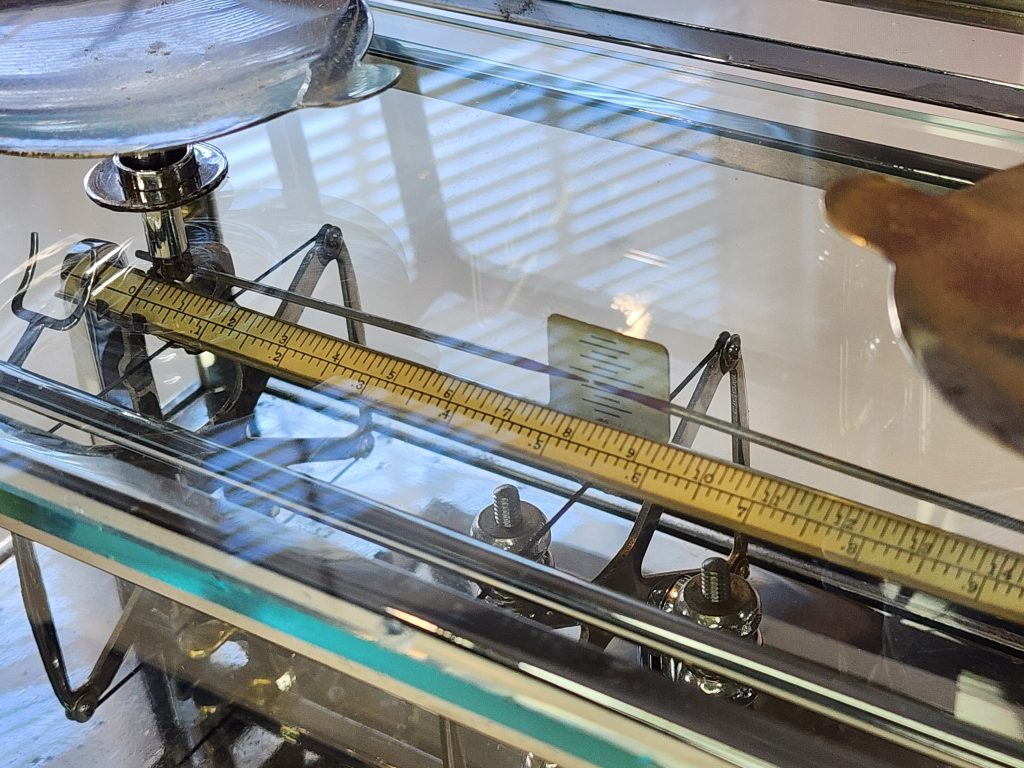
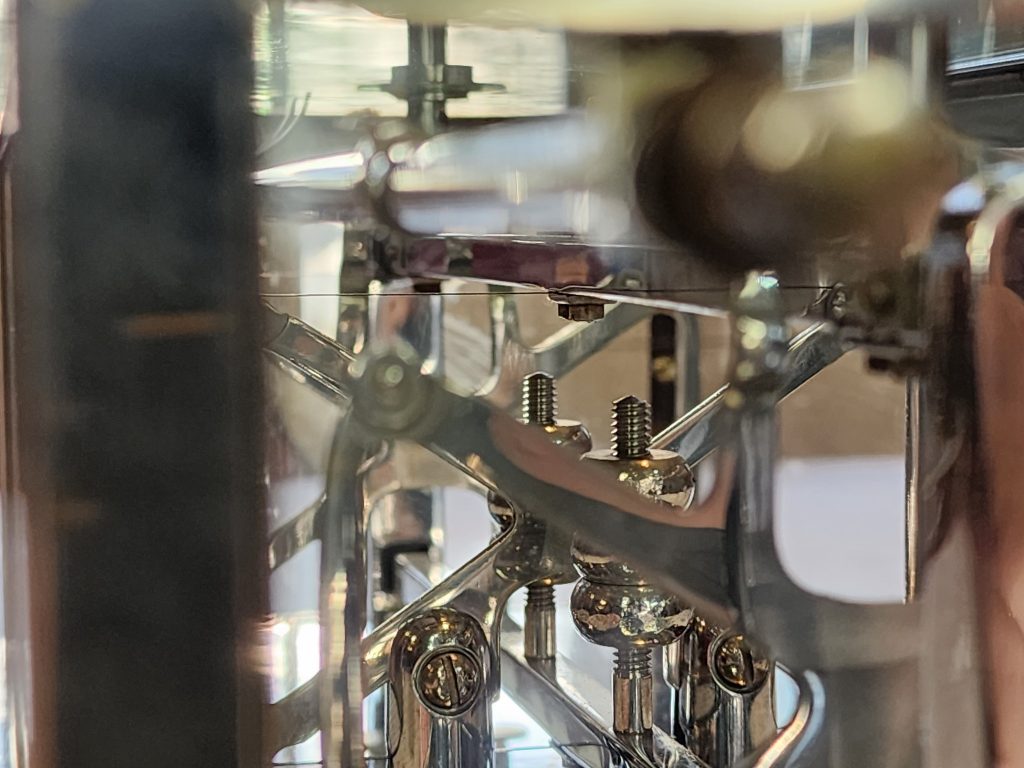
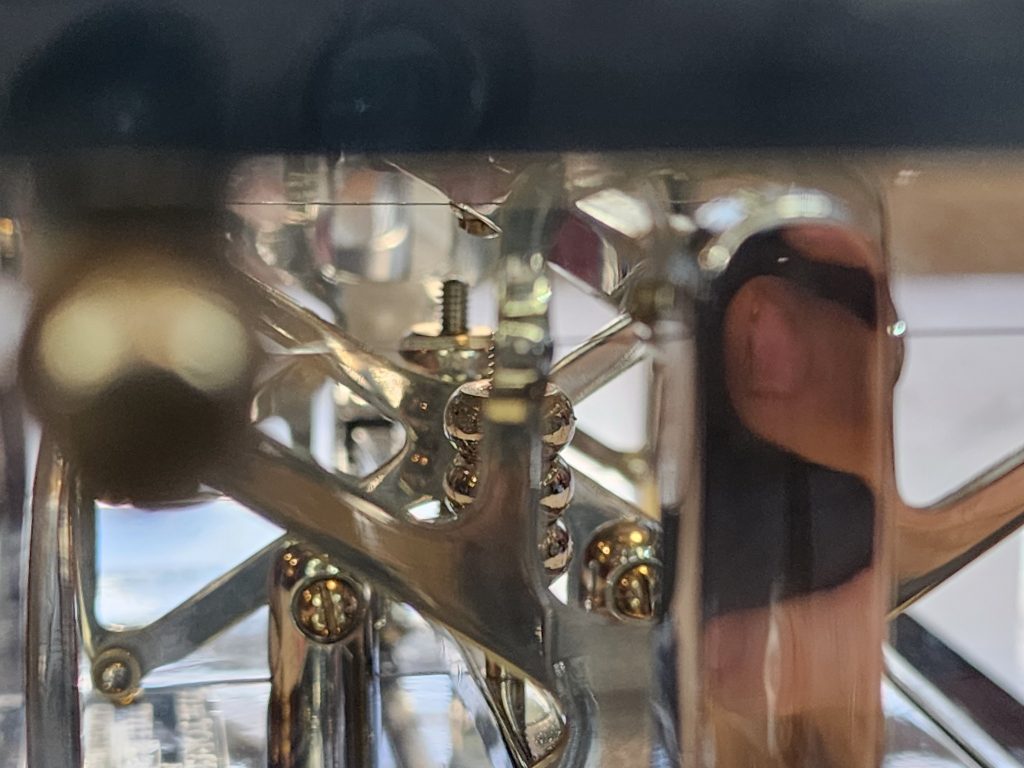
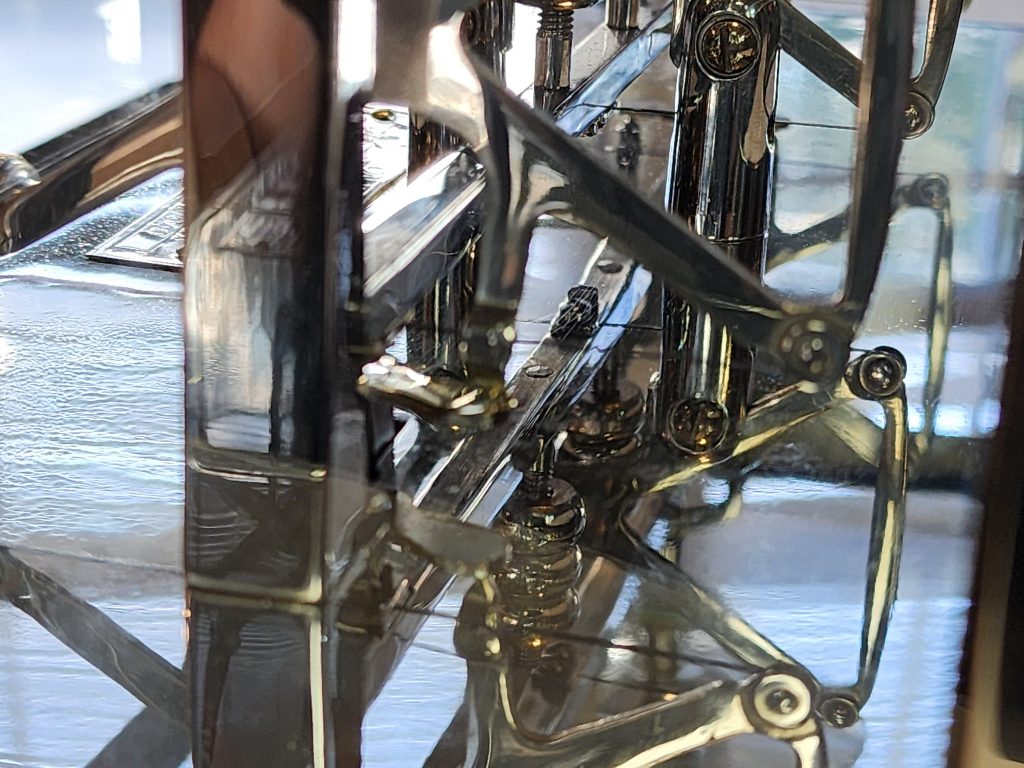
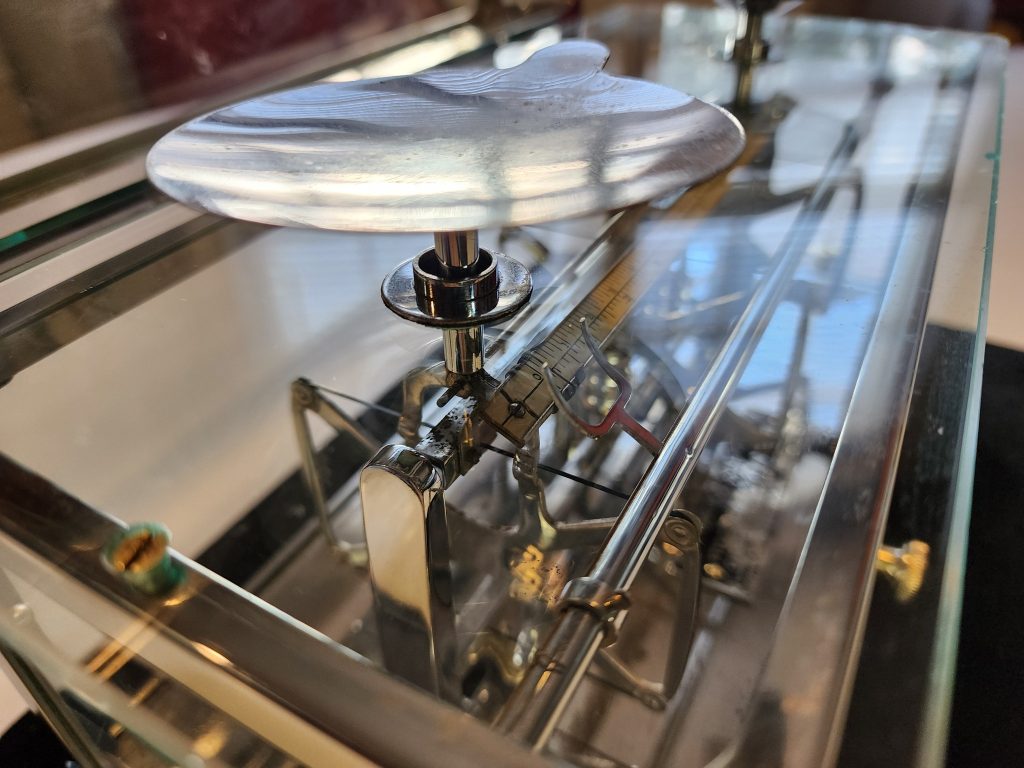
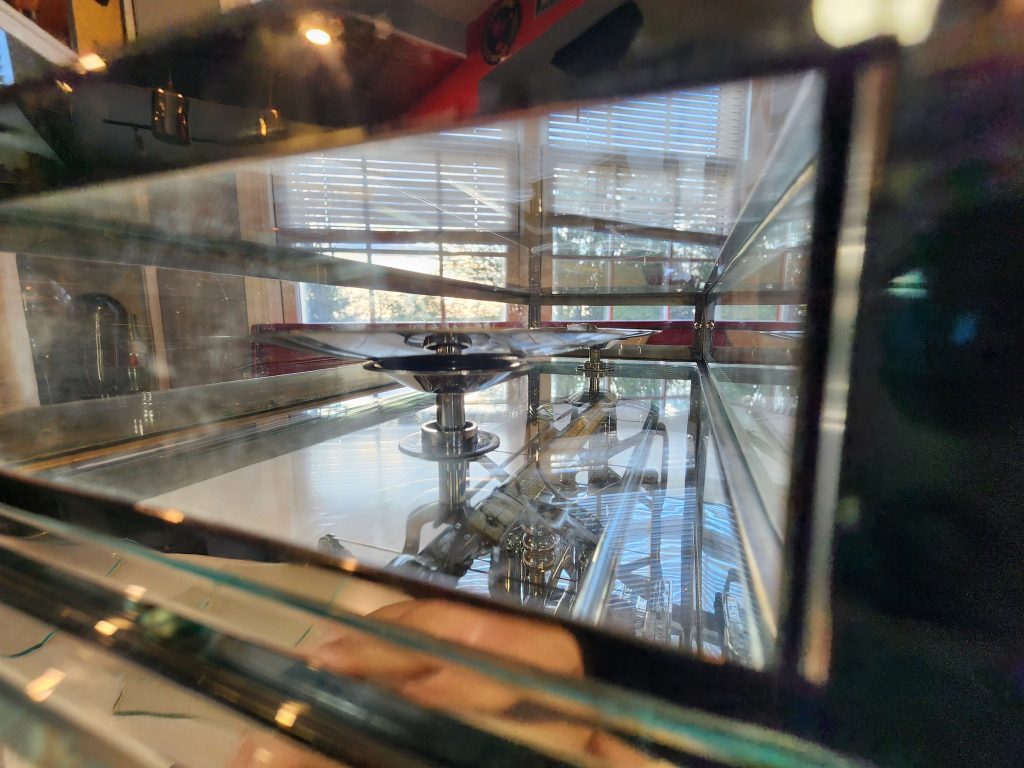
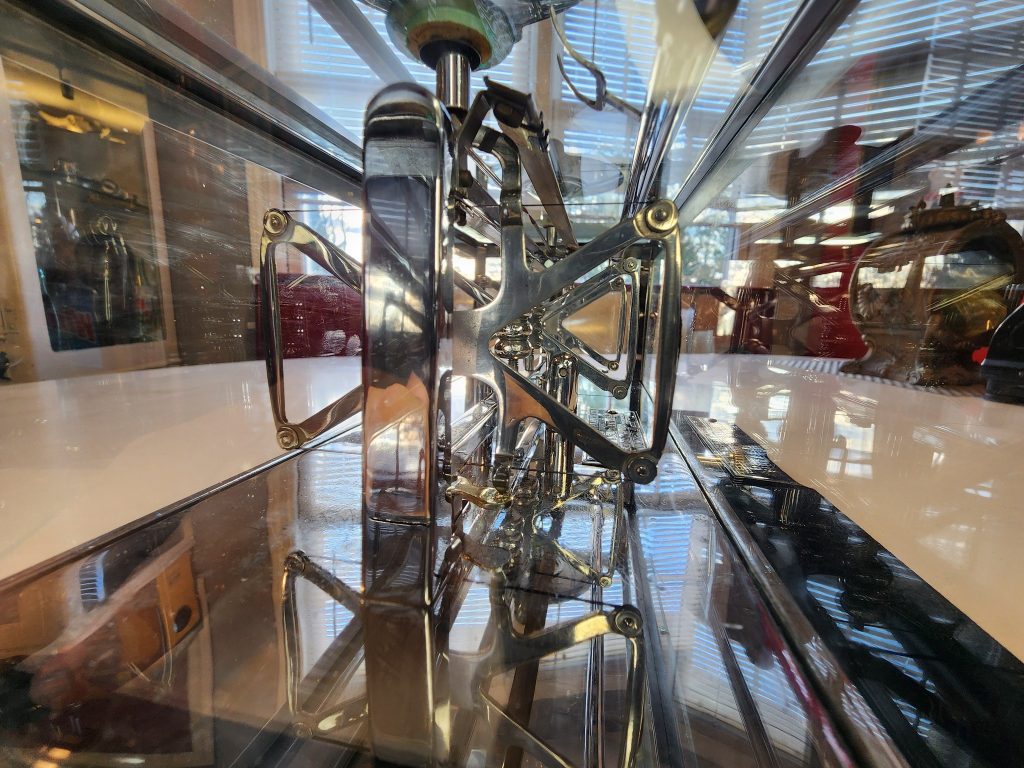
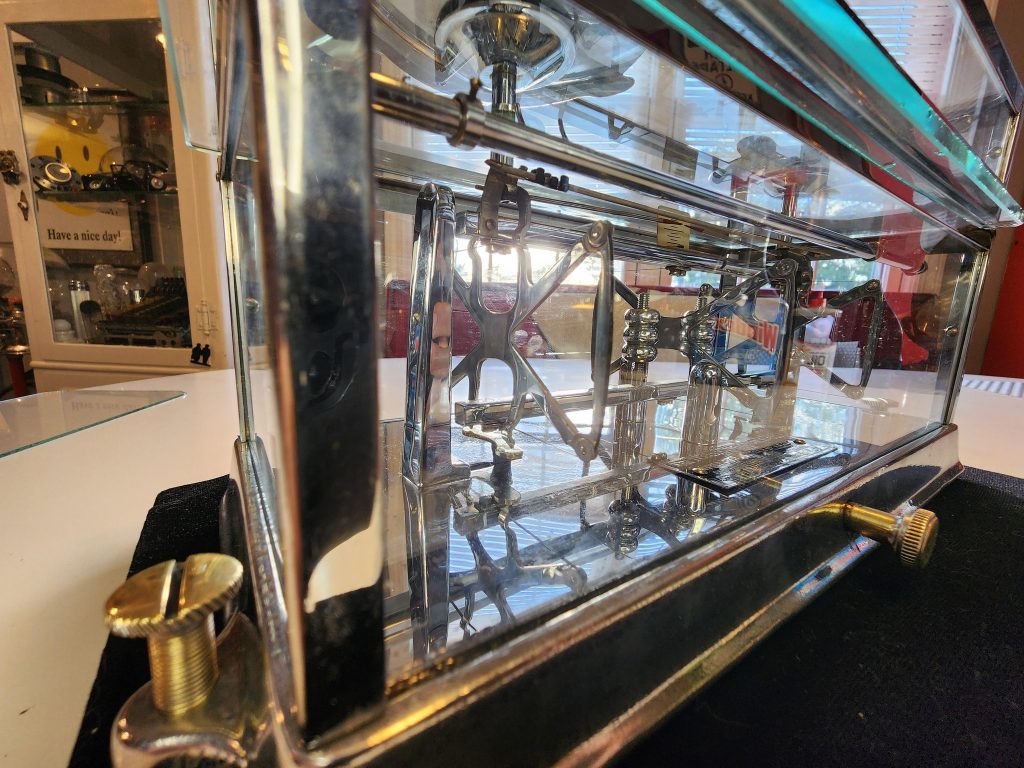
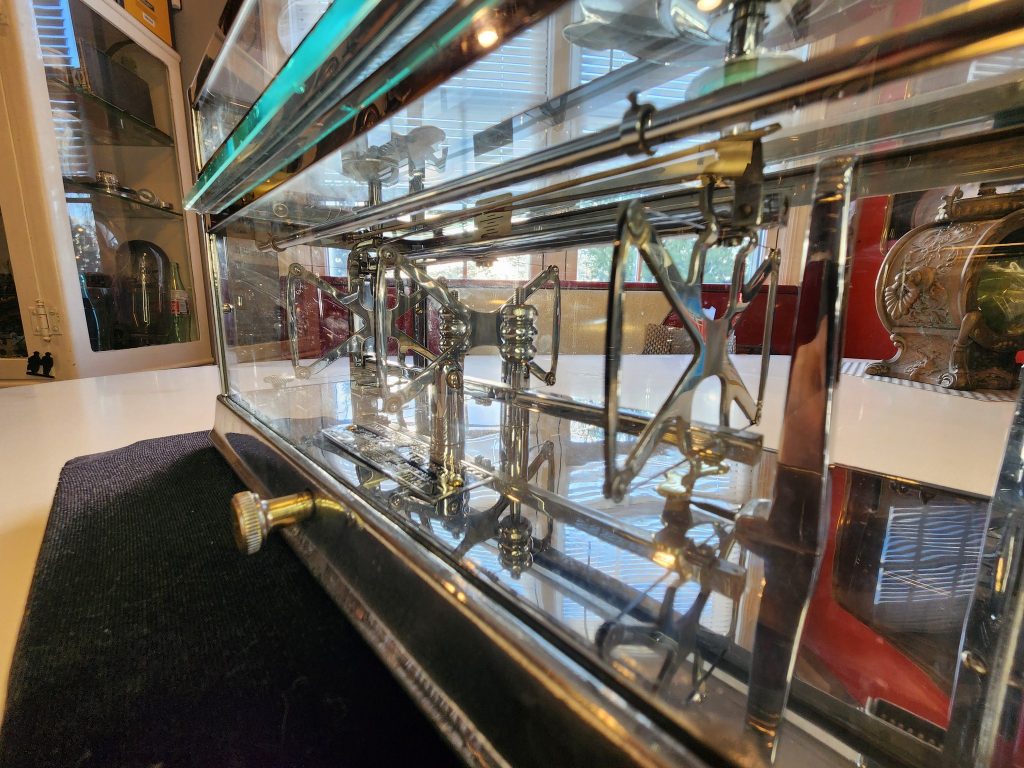
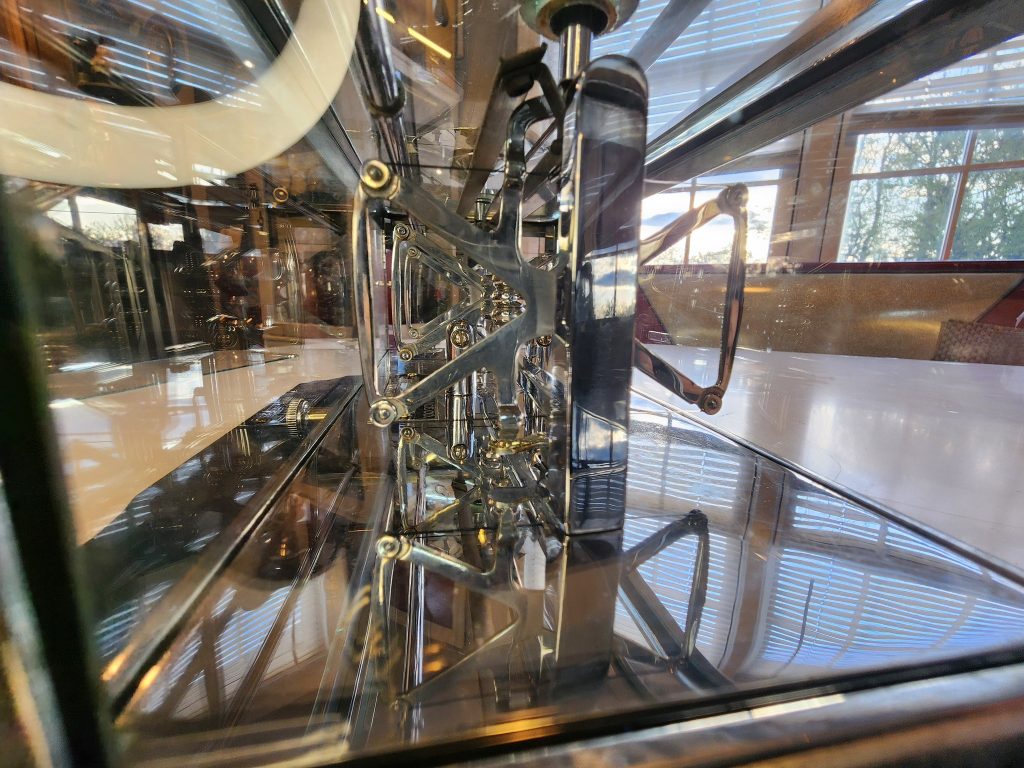
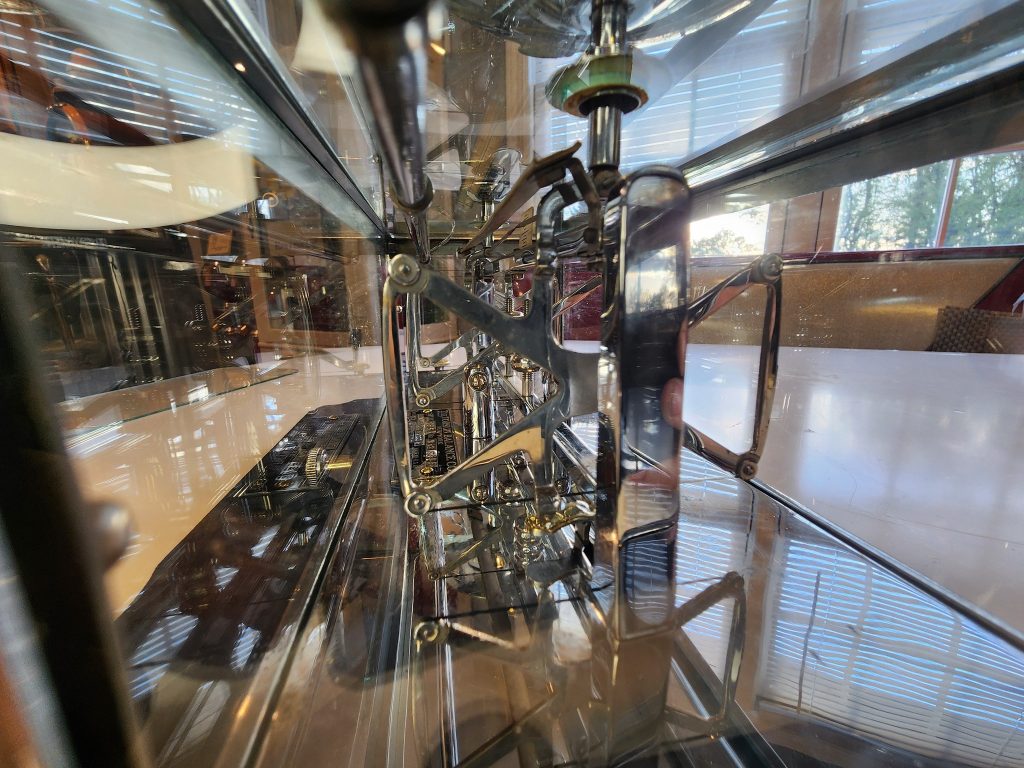
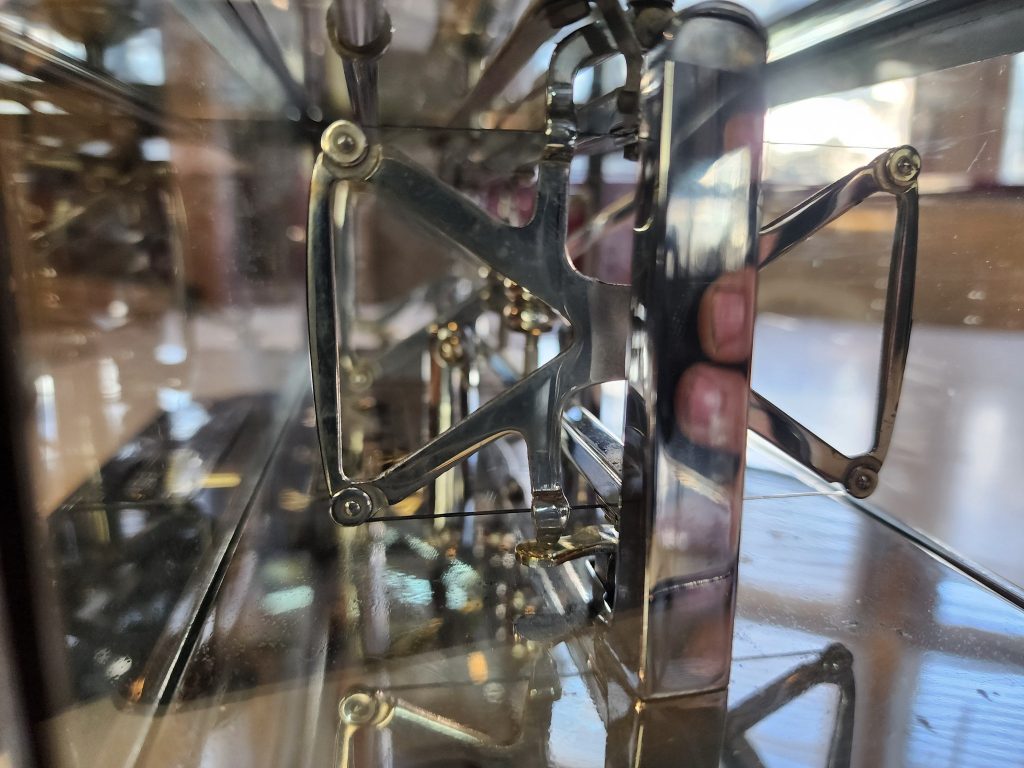
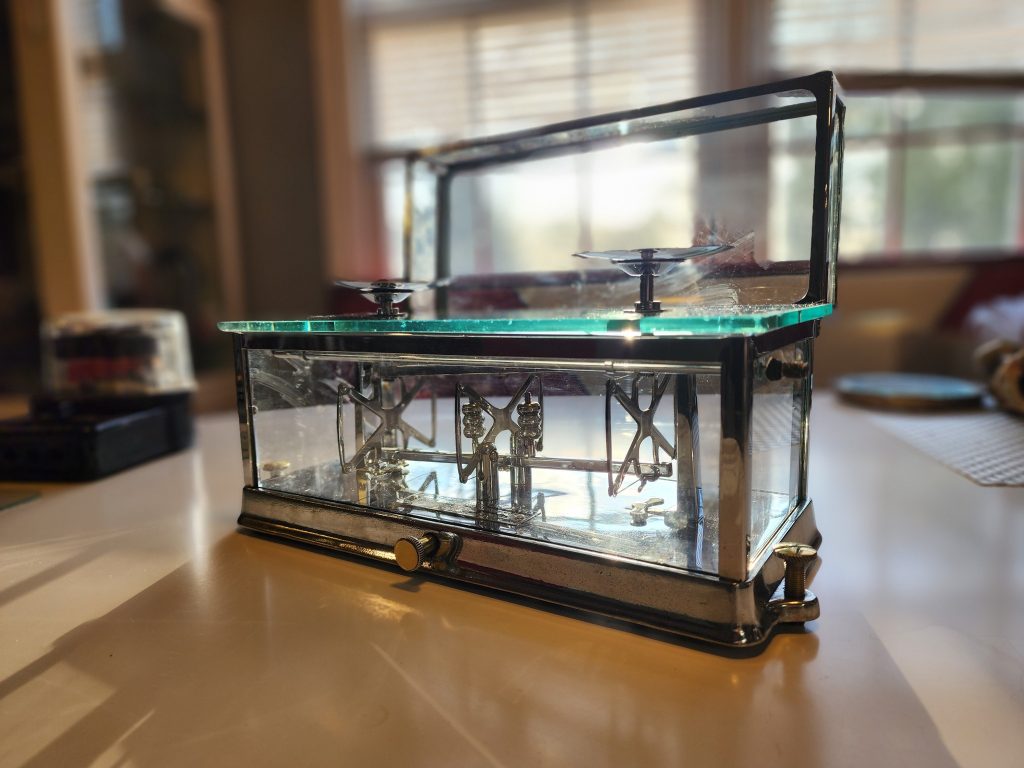
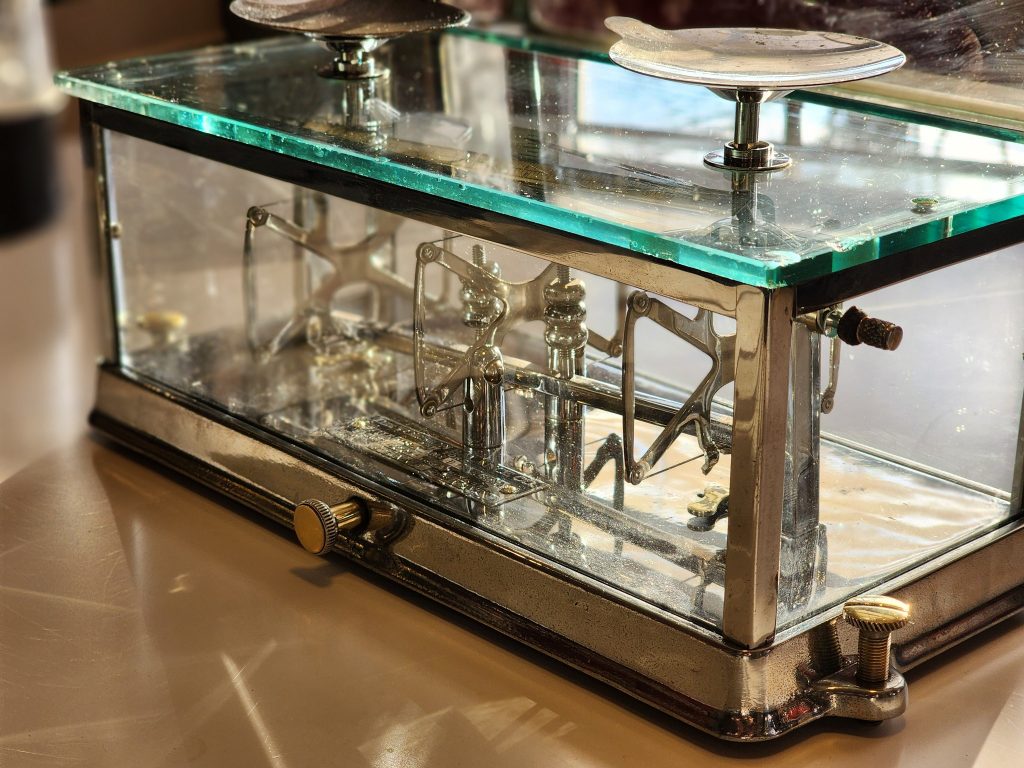
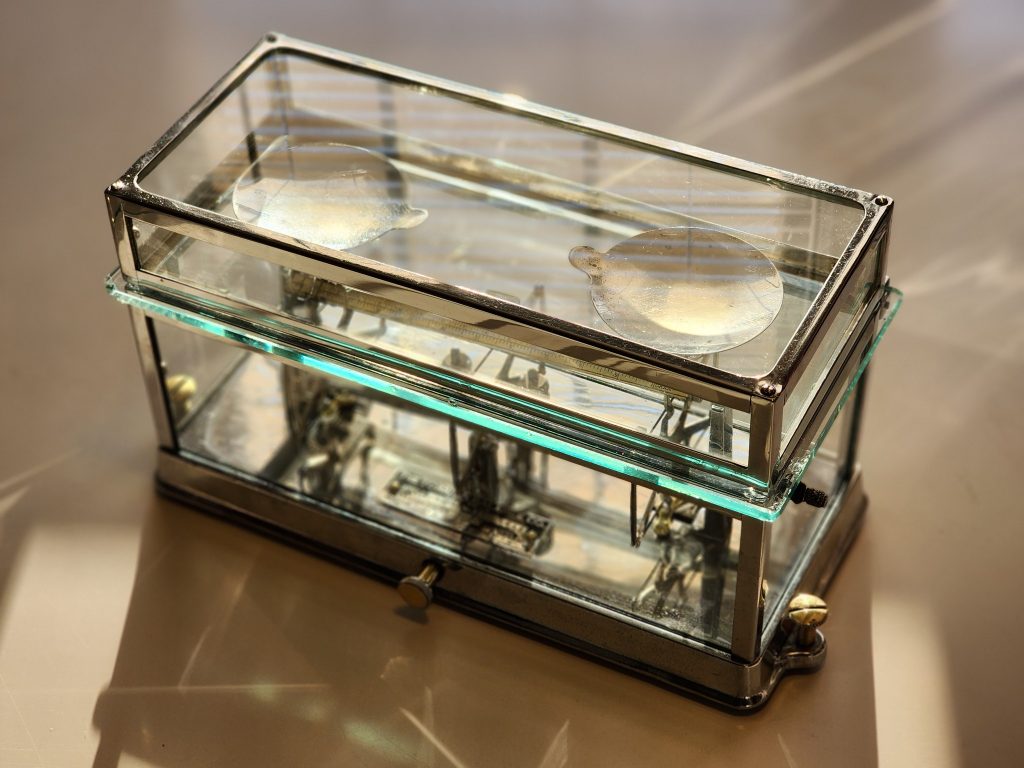
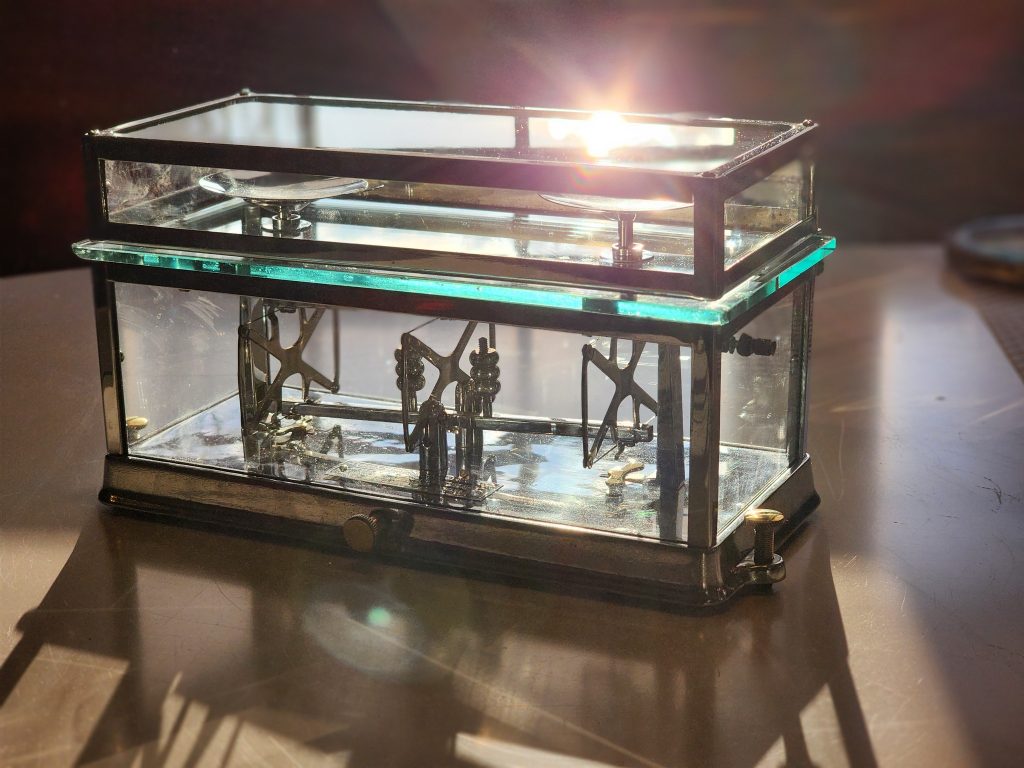
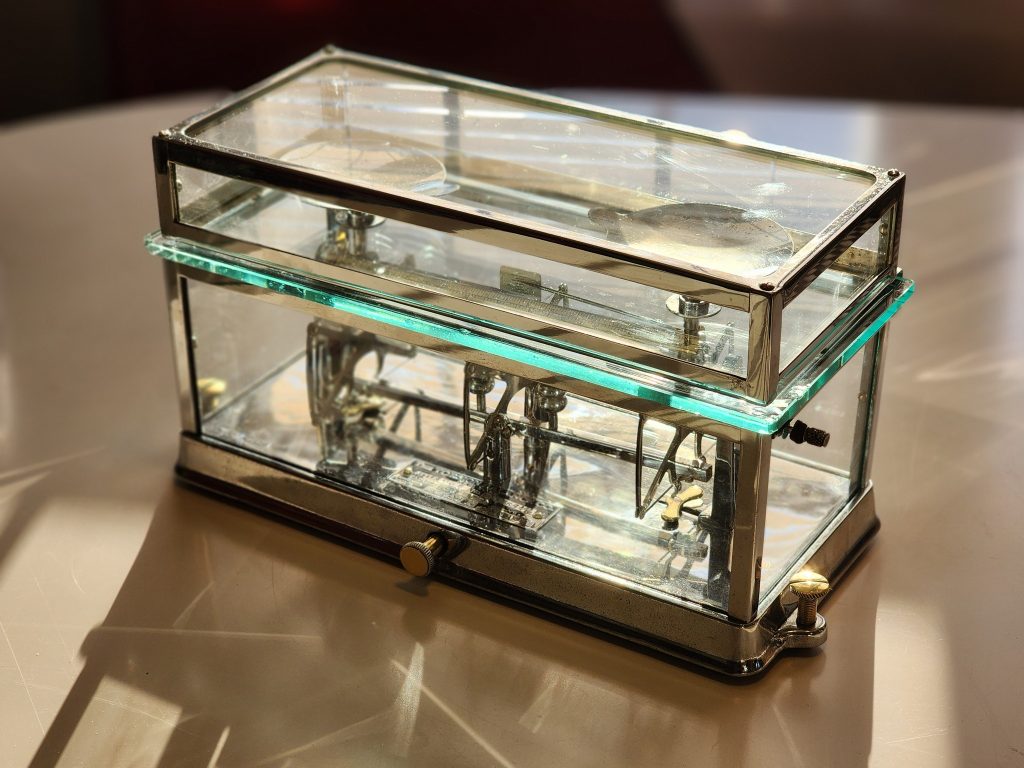
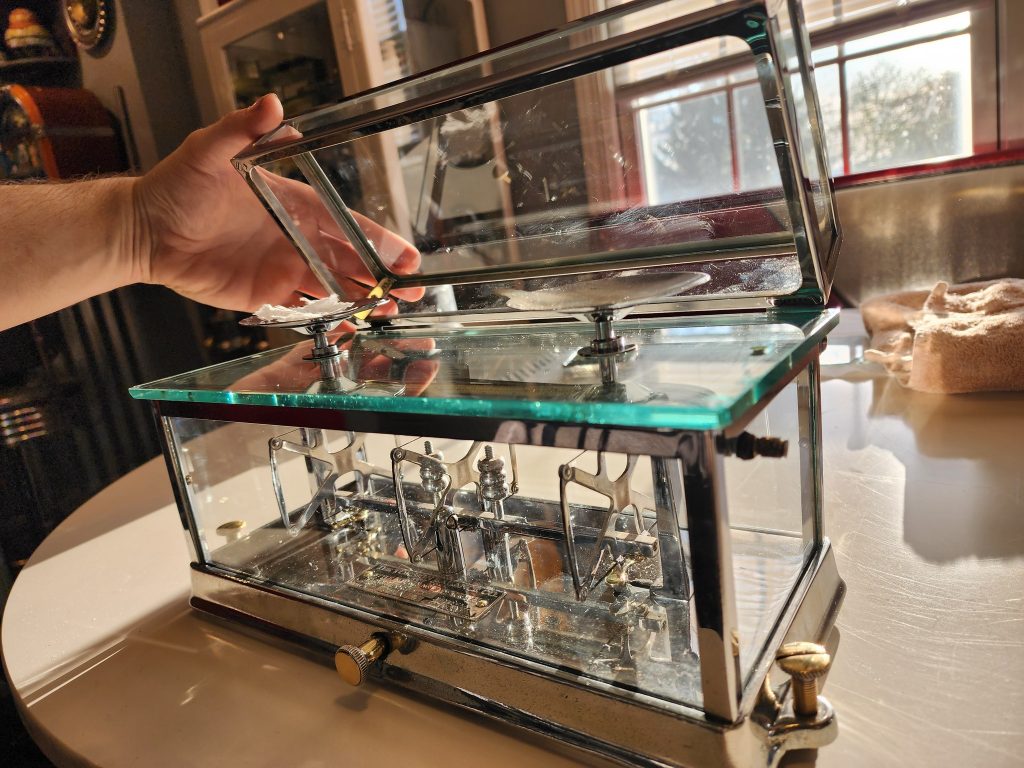
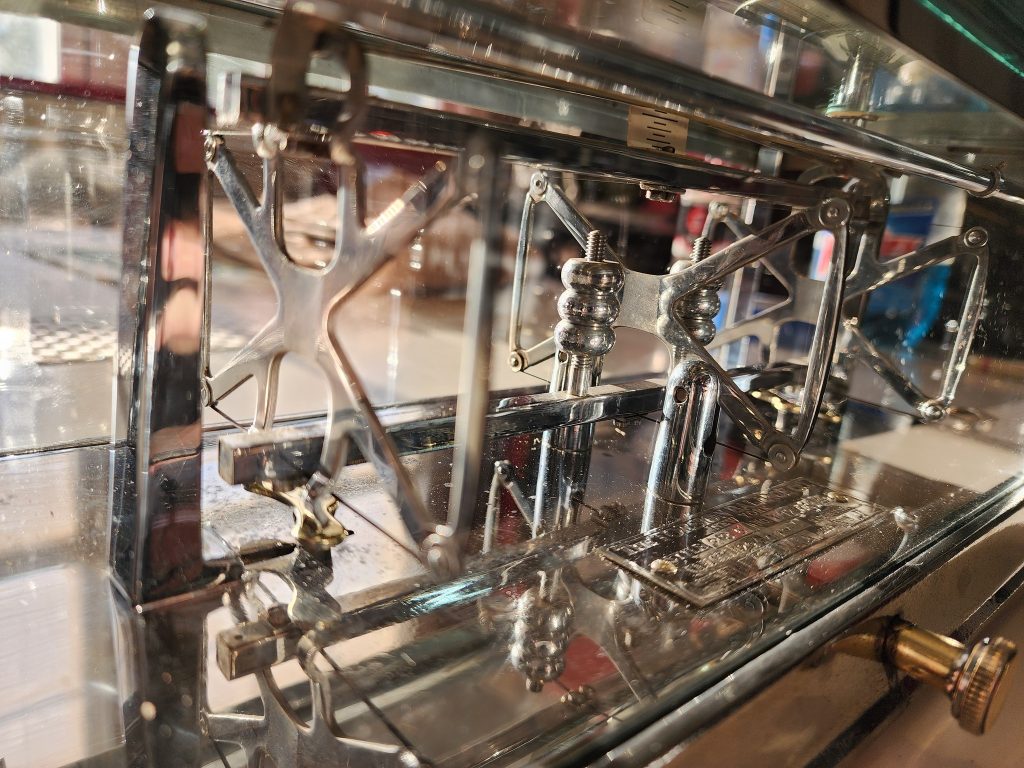
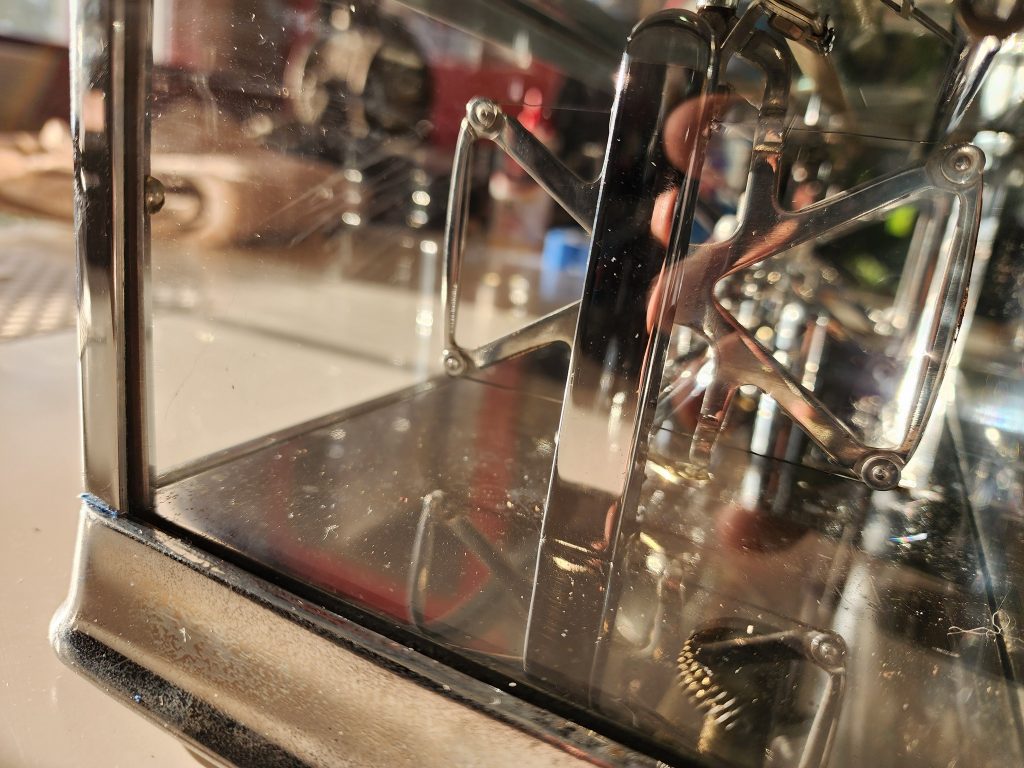
Here is a video showing it all together.
And all refinished with walkthrough!
More details, and showing how it works.
The Torsion Balance Company, established in 1882, was renowned for producing high-quality scales and balances. By the 1930s, their reputation for precision and reliability had solidified, making their scales a staple in pharmacies, laboratories, and apothecaries across the United States. The all-glass pharmaceutical scale from this period is a testament to their commitment to accuracy and innovation.
The design of the 1930s Torsion Balance Company scale is both functional and elegant. Encased entirely in glass, this scale was engineered to minimize external influences such as dust and air currents, which could affect the accuracy of measurements. The glass enclosure served a critical purpose: it created a controlled environment that shielded the delicate balance mechanism from wind and other disturbances, ensuring precise measurements every time.
One of the most innovative aspects of this scale was its use of torsion bands made of steel for the pivot, instead of traditional pivots and bearings. Traditional pivots and bearings could wear out over time or produce inaccurate measurements due to friction. The torsion balance design eliminated these issues by using the torsion of steel bands. As the steel twisted, it required more force, and to counteract this, the scale used counterweights at the pivot. This ingenious system ensured that the scale remained perfectly linear, providing consistent and reliable measurements.
Using this scale was a meticulous process. Pharmacists and apothecaries would carefully place the substance to be weighed on one side of the balance, while using standardized weights on the other side to achieve equilibrium. The scale’s sensitivity allowed for measurements to be made with an accuracy of up to a fraction of a gram, which was essential for compounding medications and preparing prescriptions.
The history of the Torsion Balance Company scale is deeply intertwined with the evolution of the pharmaceutical industry. During the early 20th century, the demand for precise and reliable measuring instruments grew as the field of pharmacy became more regulated and scientific. The all-glass design was a significant advancement, addressing the need for accuracy in environments where even the slightest breeze could lead to errors in measurement.
Reflecting on the history and use of the 1930s Torsion Balance Company pharmaceutical scale, I am struck by the level of precision and care that went into its creation. In an age before digital technology, achieving such accuracy required both advanced engineering and a deep understanding of the principles of balance and measurement.
Owning a piece of this history is truly special. It’s a reminder of the importance of precision in the pharmaceutical field and the lengths to which professionals went to ensure the accuracy of their work. The all-glass Torsion Balance Company scale stands as a beautiful example of early 20th-century ingenuity, combining form and function to create a tool that was as reliable as it was elegant.
In my collection, this 1930s Torsion Balance Company pharmaceutical scale holds a place of honor. It’s more than just a piece of equipment; it’s a symbol of the dedication to accuracy and quality that defined an era. Whether you’re a history enthusiast, a collector of vintage scientific instruments, or simply someone who appreciates the advancements in the field of pharmacy, this scale is a fascinating glimpse into the past.
